Learn manual image transfer techniques on wood, fabric, ceramics and more for unique compositions.
Immerse yourself in the fascinating world of artisanal printing techniques with Fábrica de Texturas experts Noelia Tramullas and Juan Lara Hierro. Learn to manually transfer images onto wood, fabric, ceramics, and other materials, creating original and personalized compositions. Explore the world of photopolymer stamps, designing your own stamps and applying them to paper or textiles to give your creations a unique touch.
Discover the magic of cyanotype, a photographic technique that uses sunlight or ultraviolet light to generate images in blue tones. Master four-color photographic screen printing using the CMYK system, printing complex and detailed images. Experiment with photoengraving using photopolymer plates and delve into the gum bichromate technique to print artistic photographs with customized colors and textures. With this specialization, you'll open up to a world of creative possibilities, where each technique offers a universe of artistic expression.
What will you learn in this specialization?

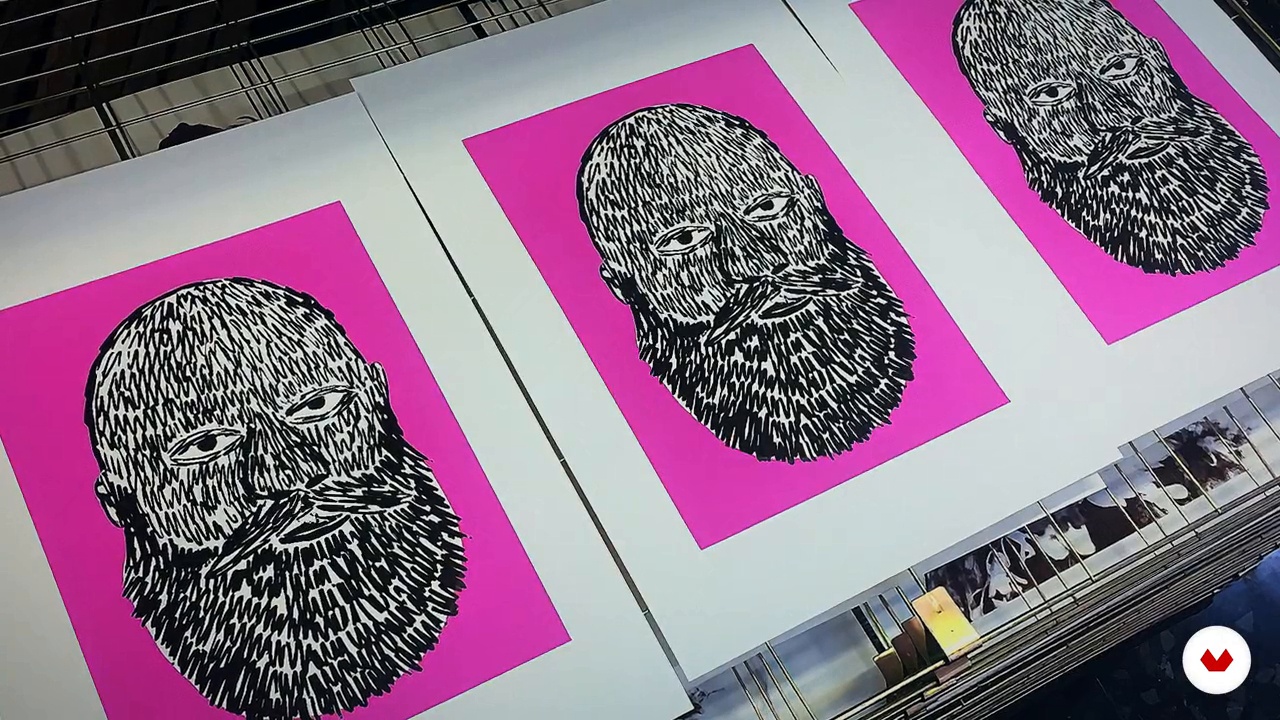
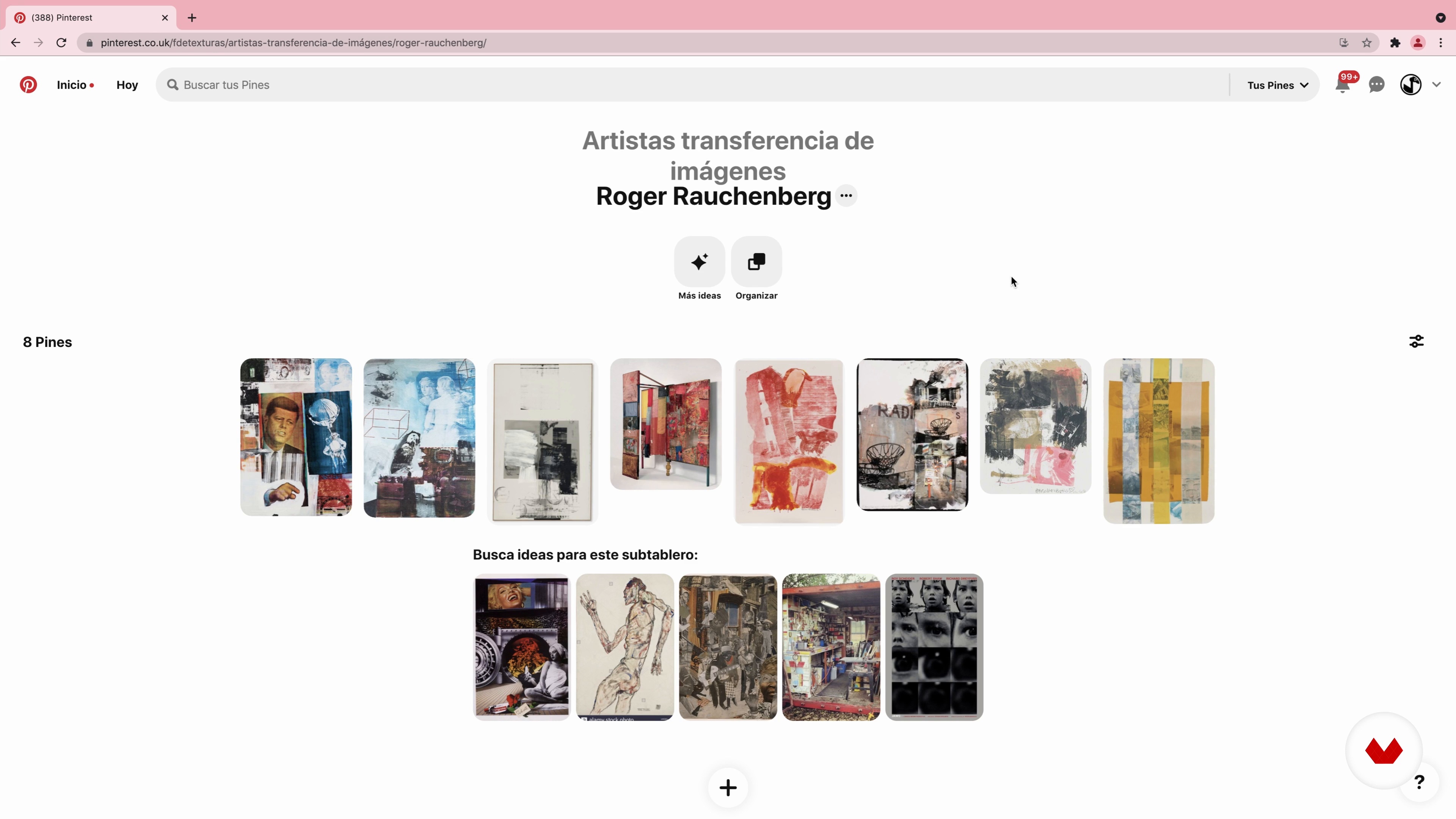
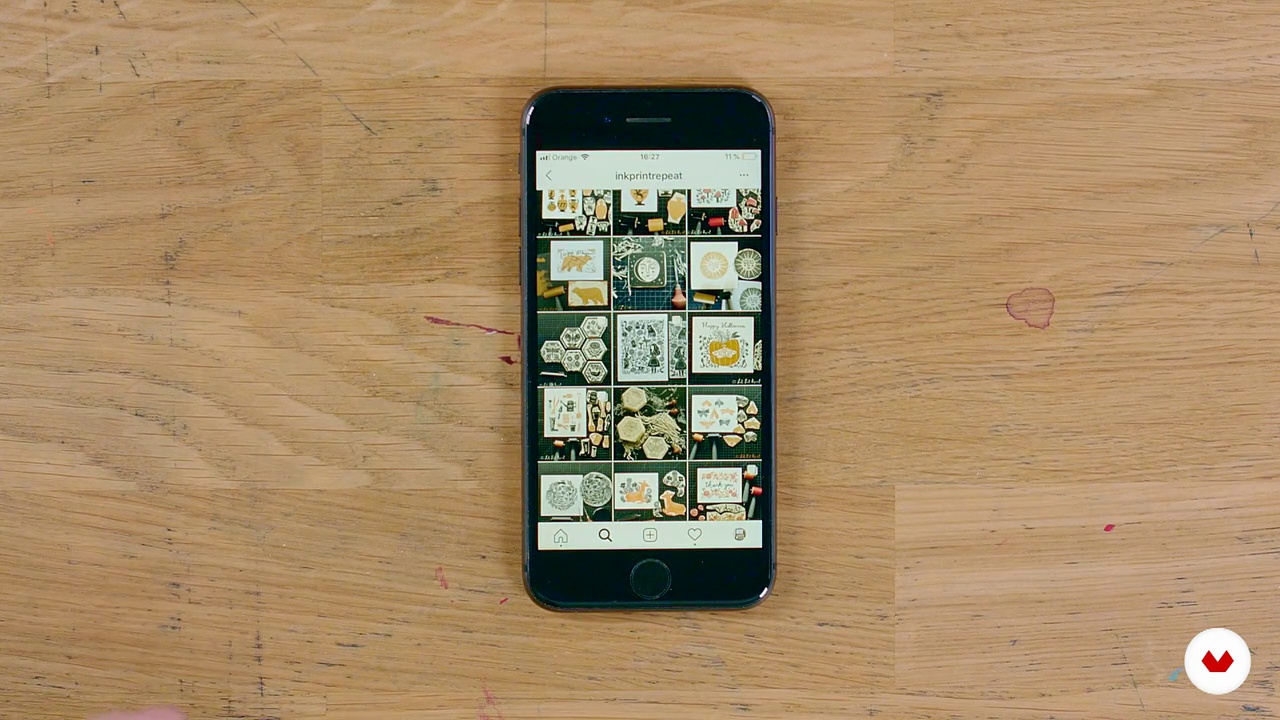
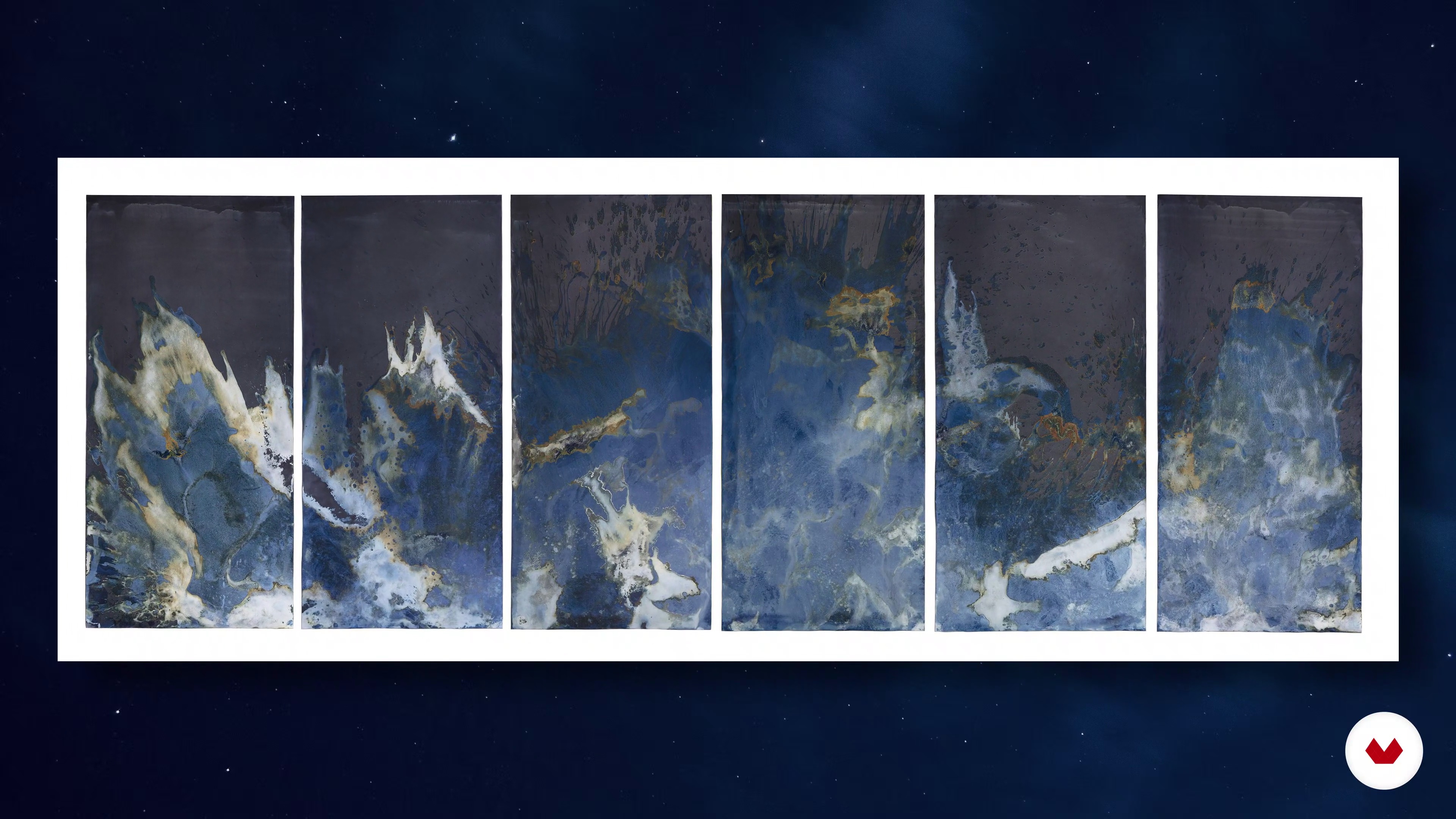
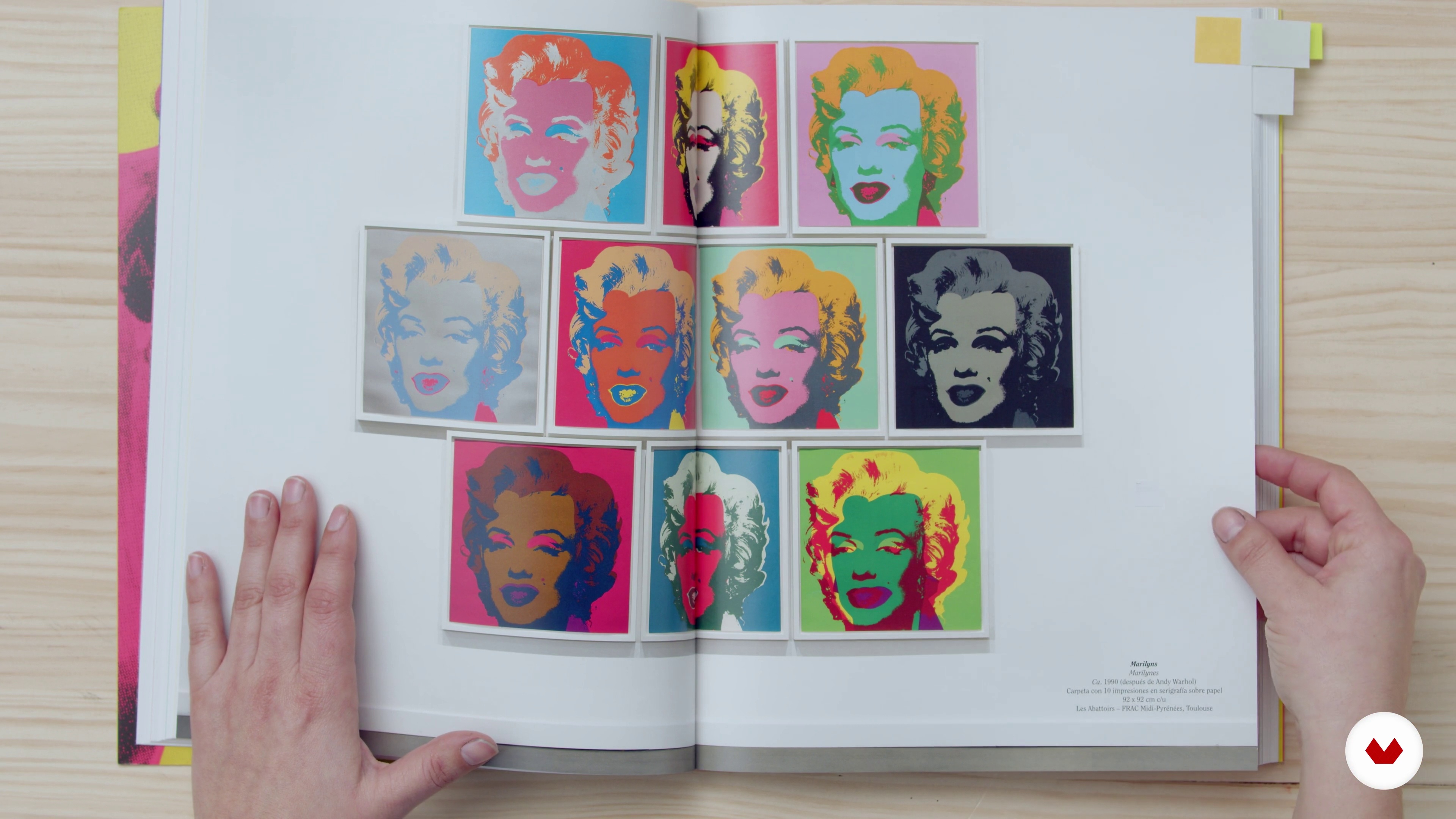
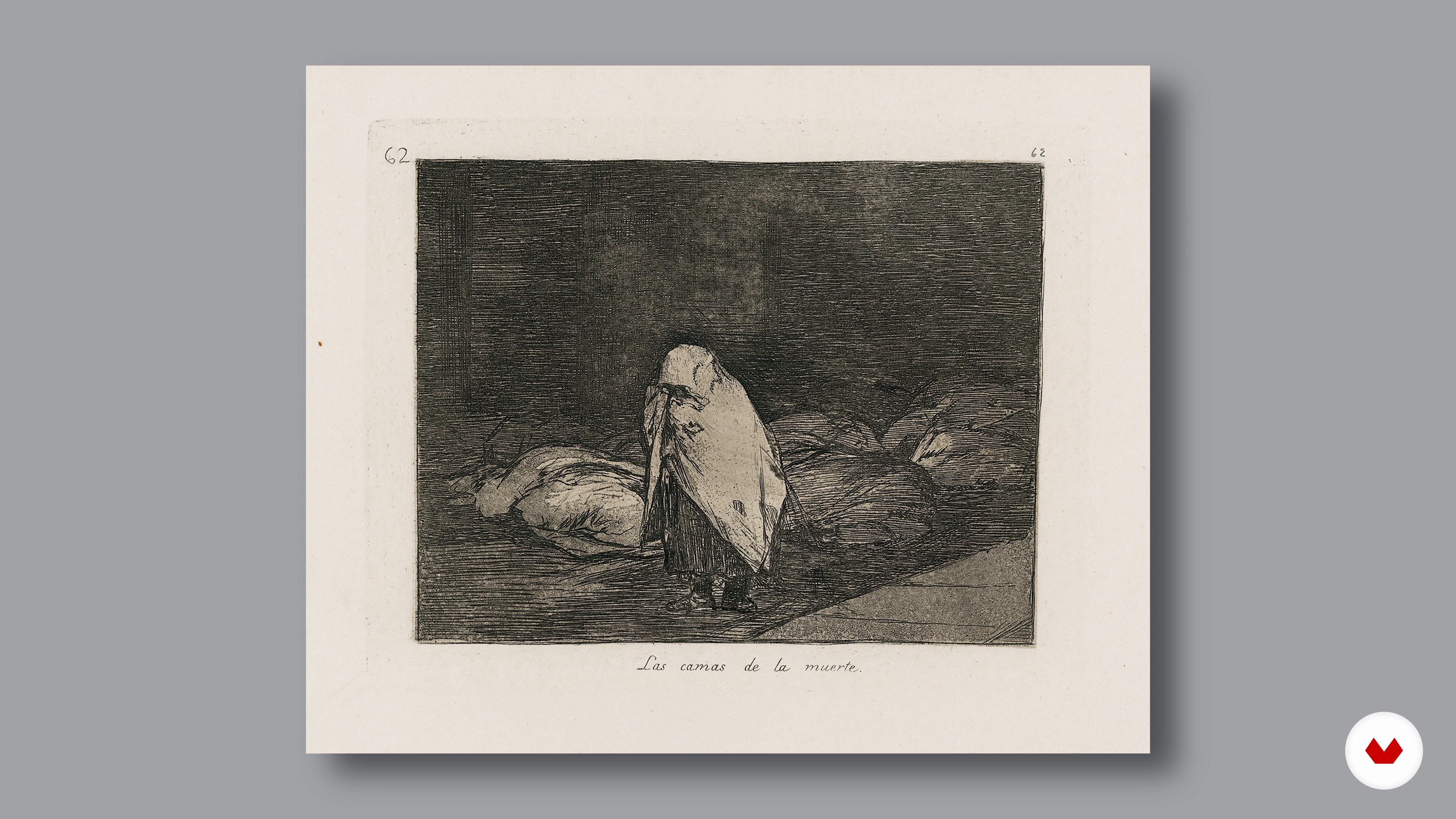
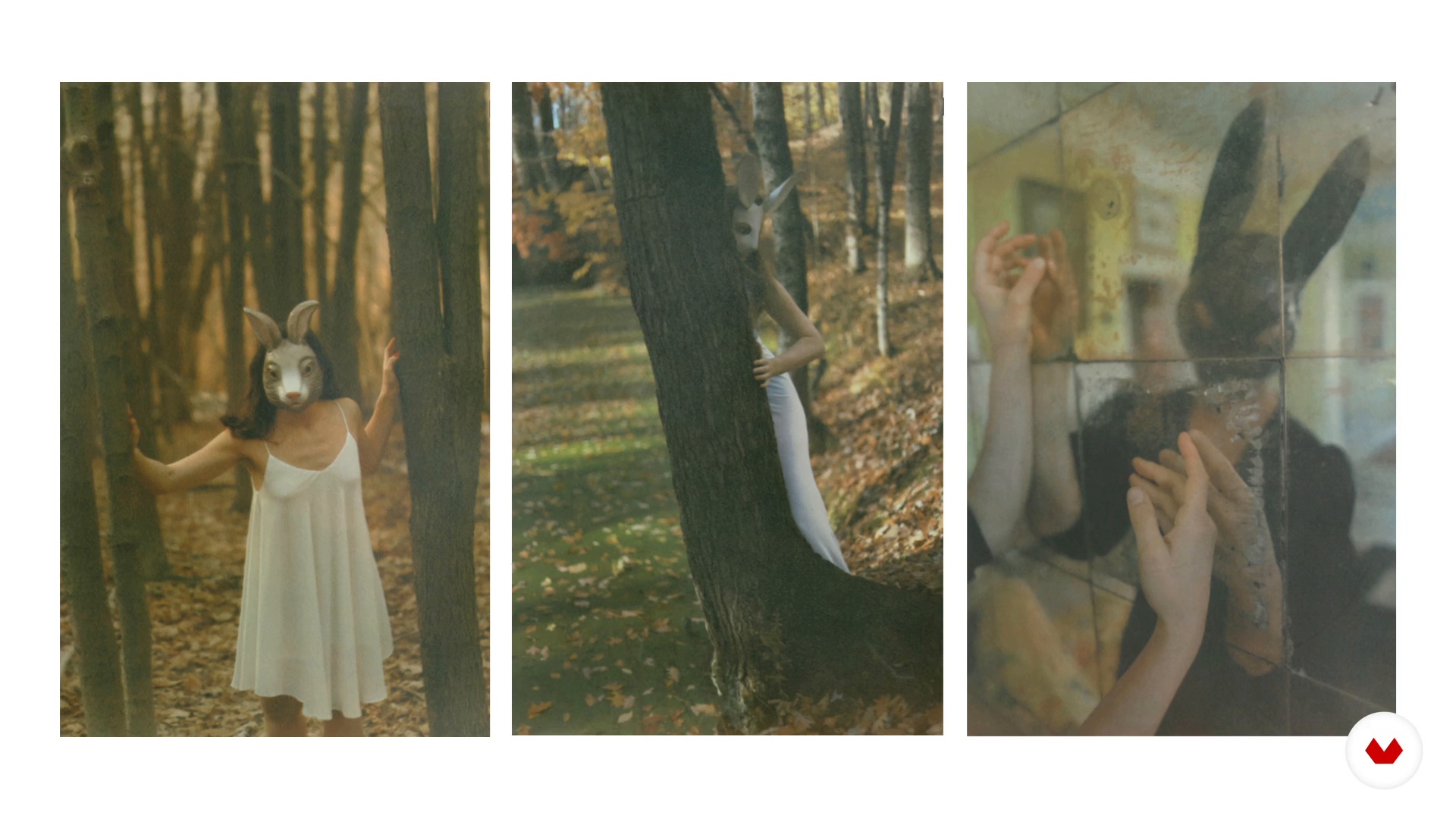

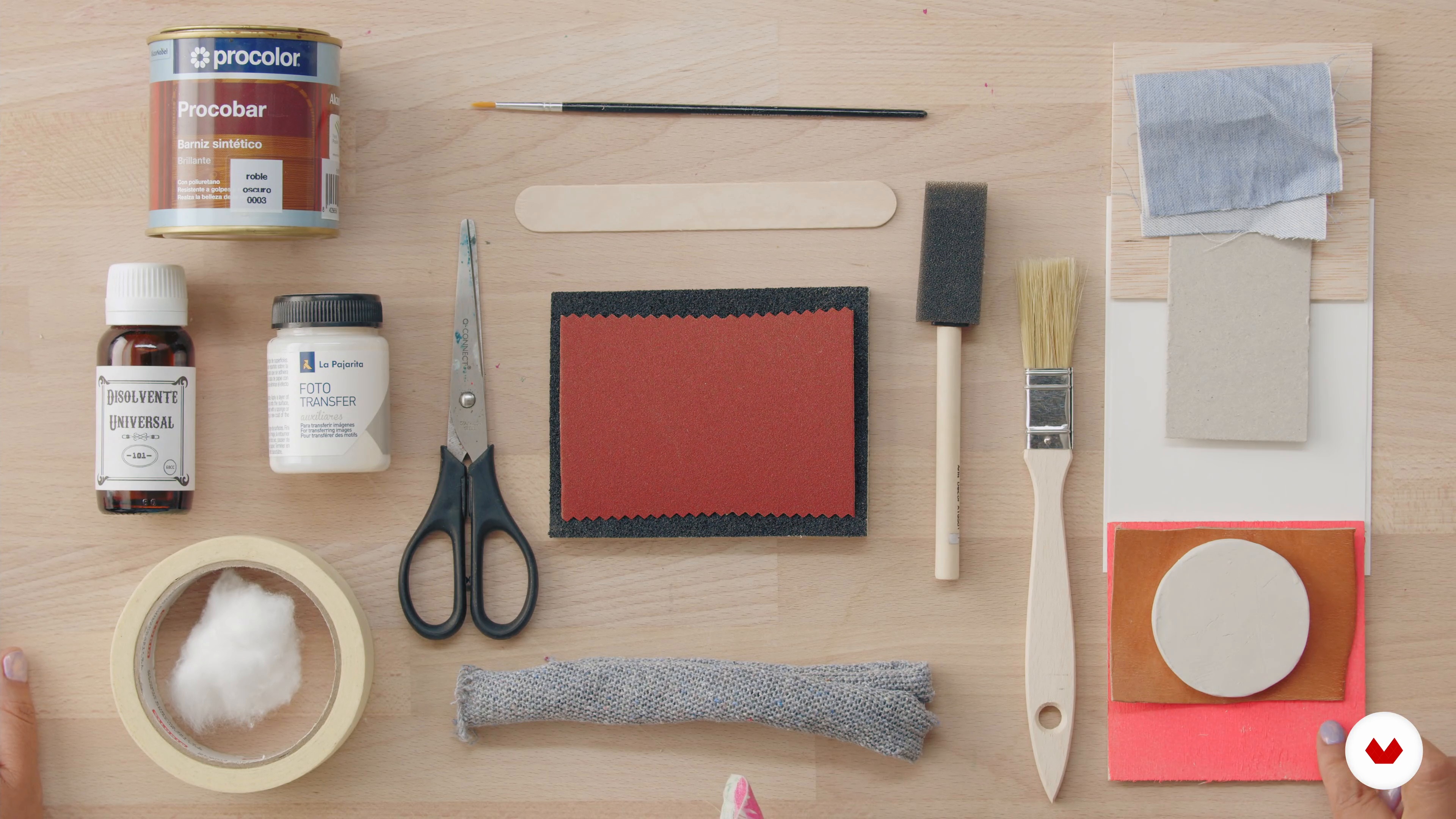
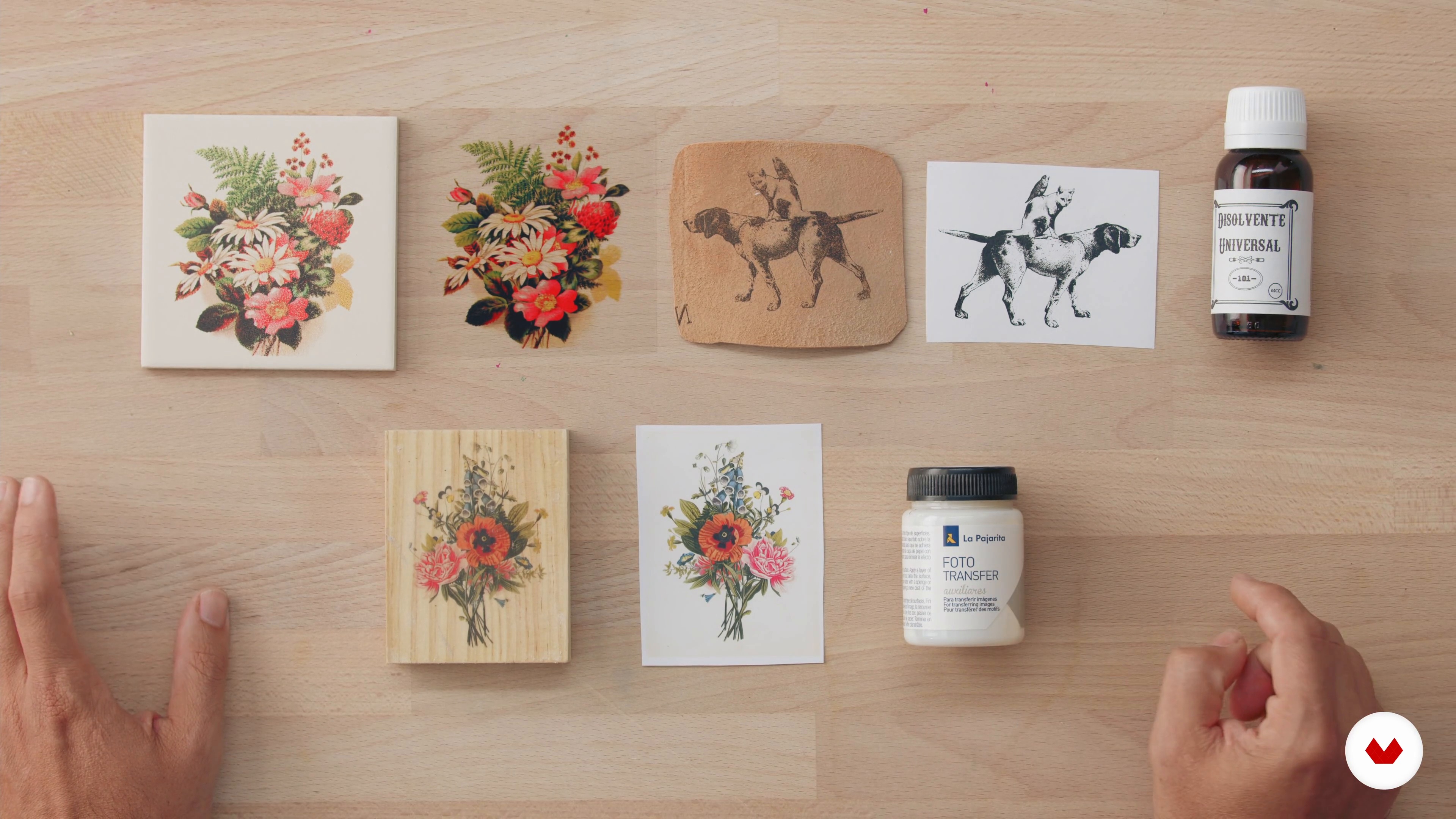
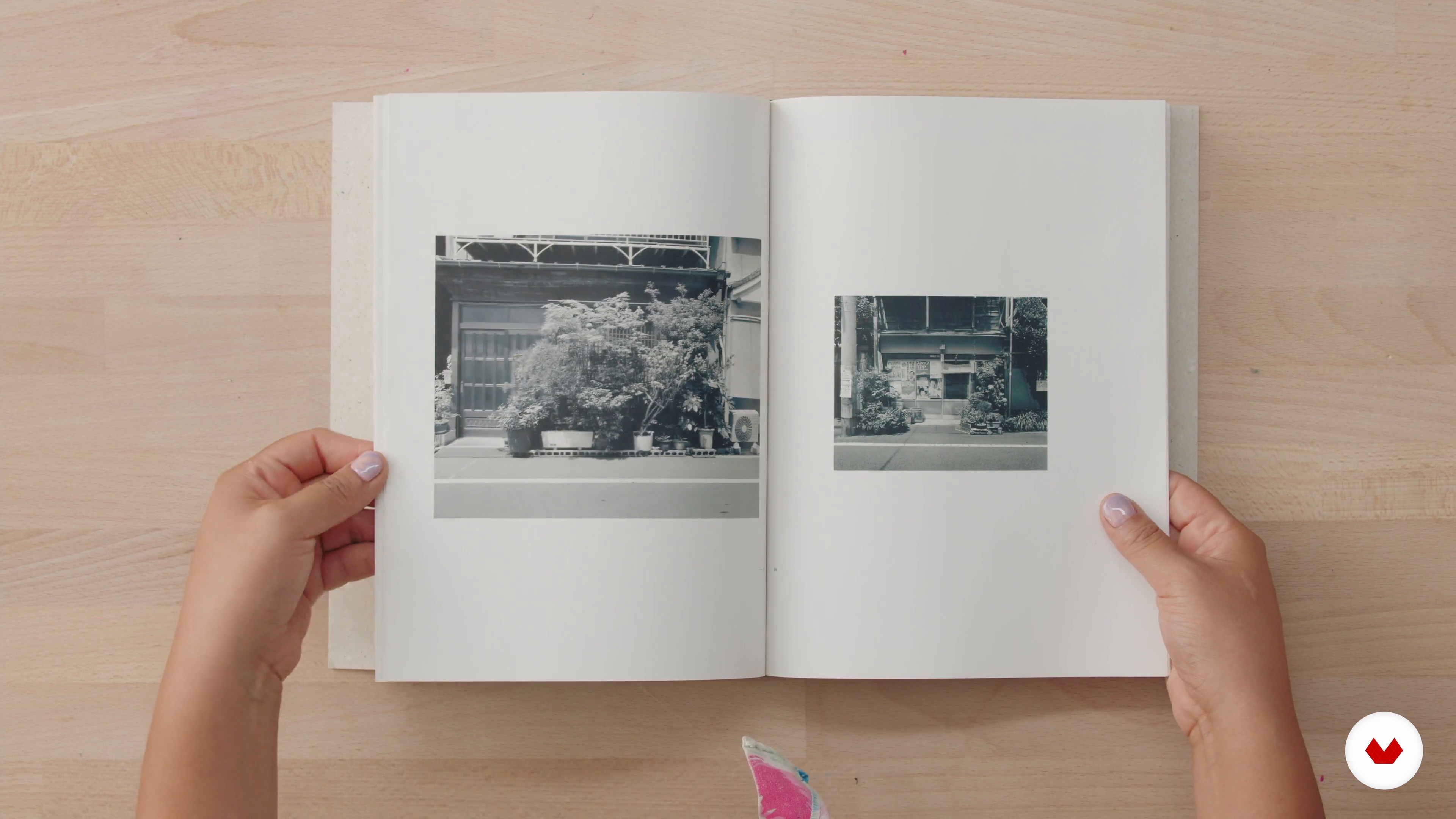
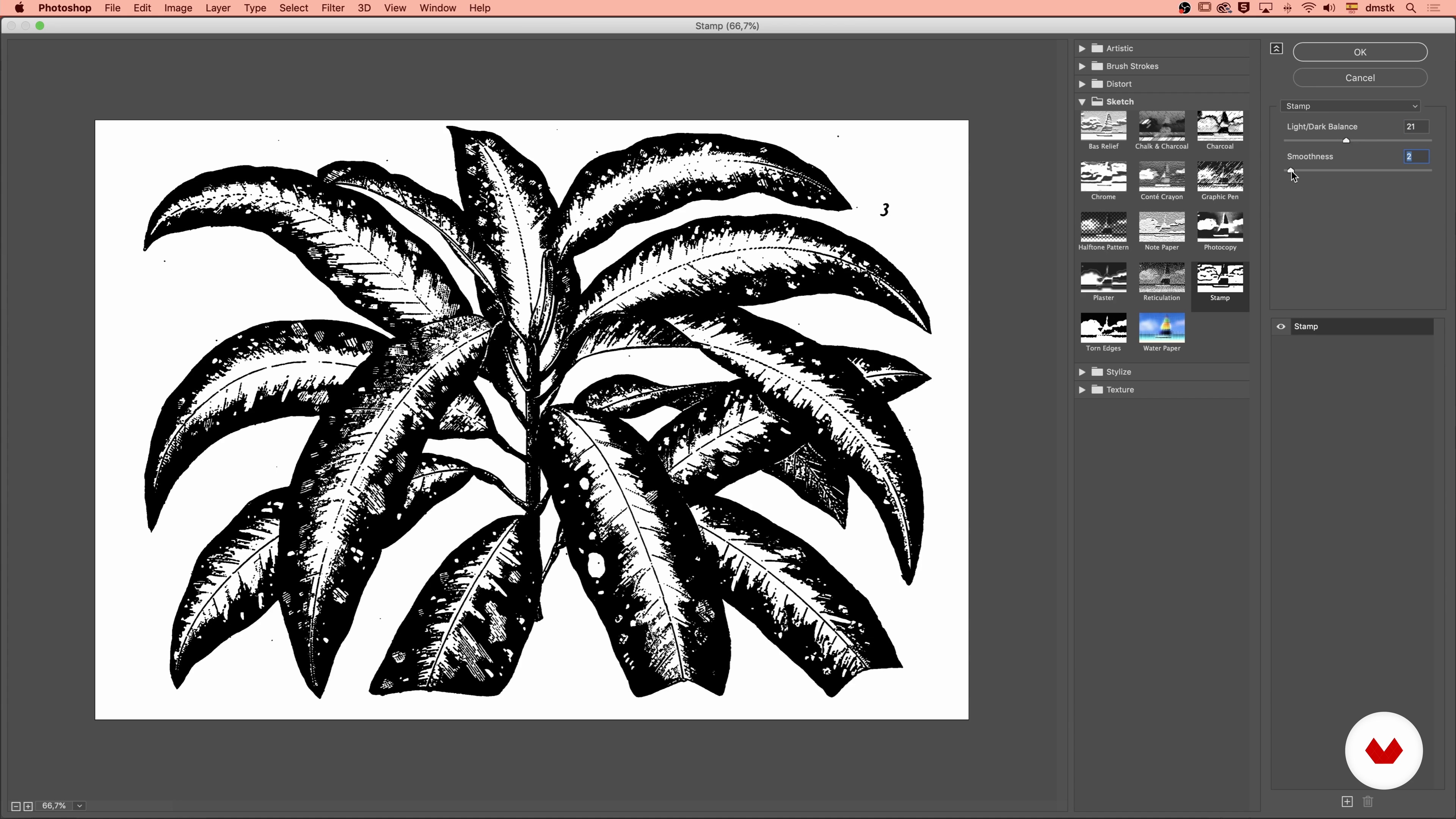
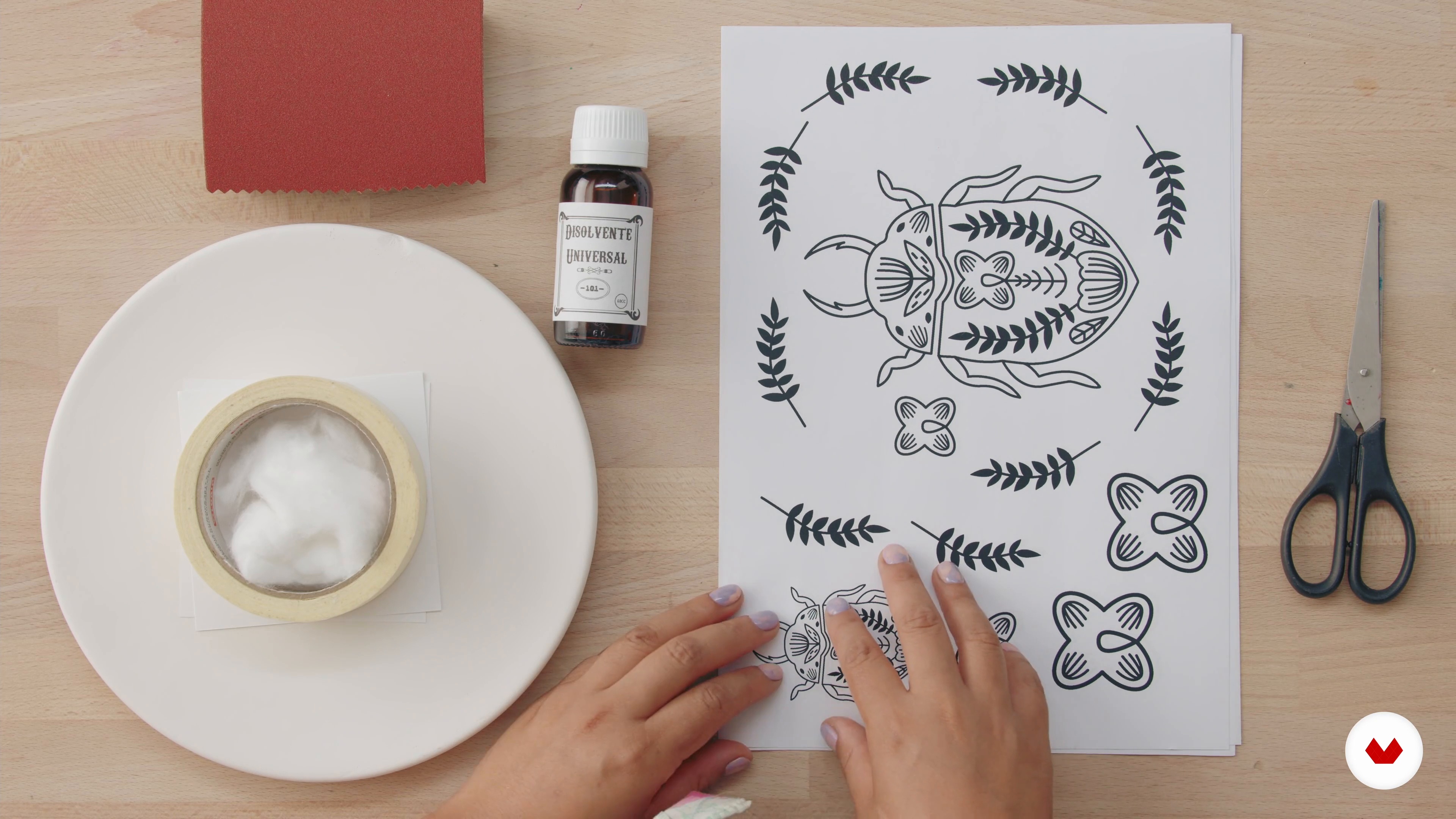
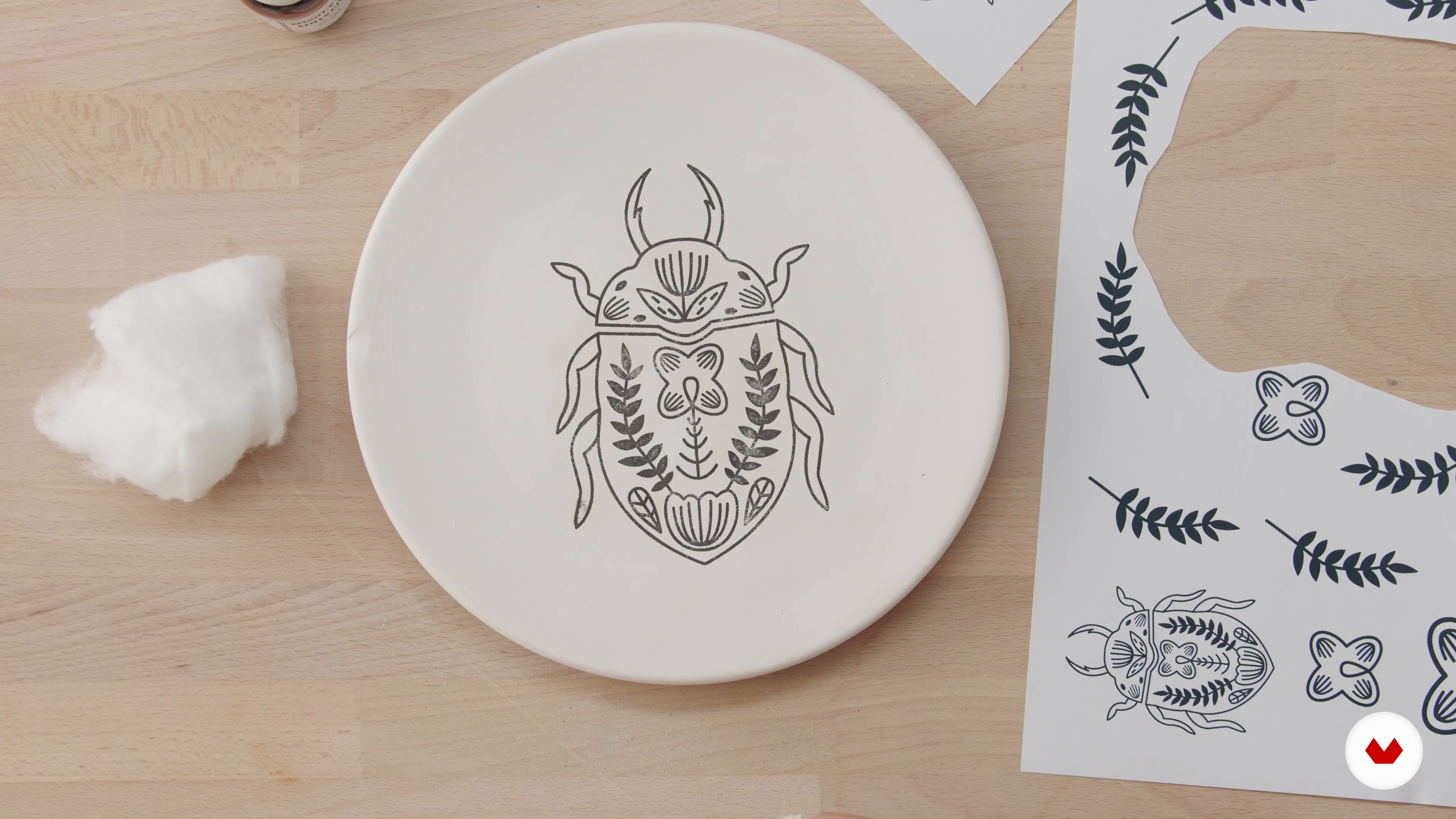
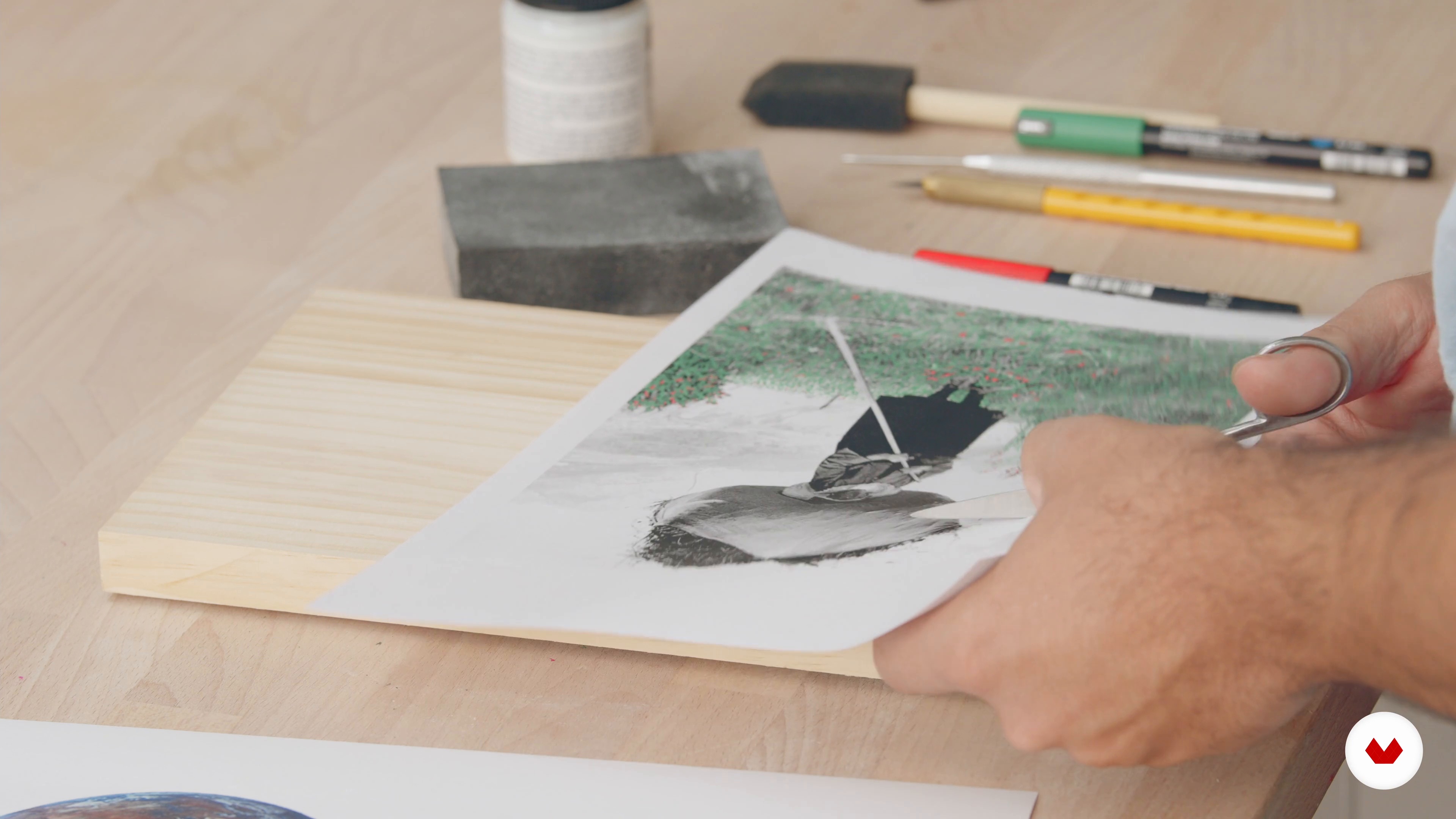
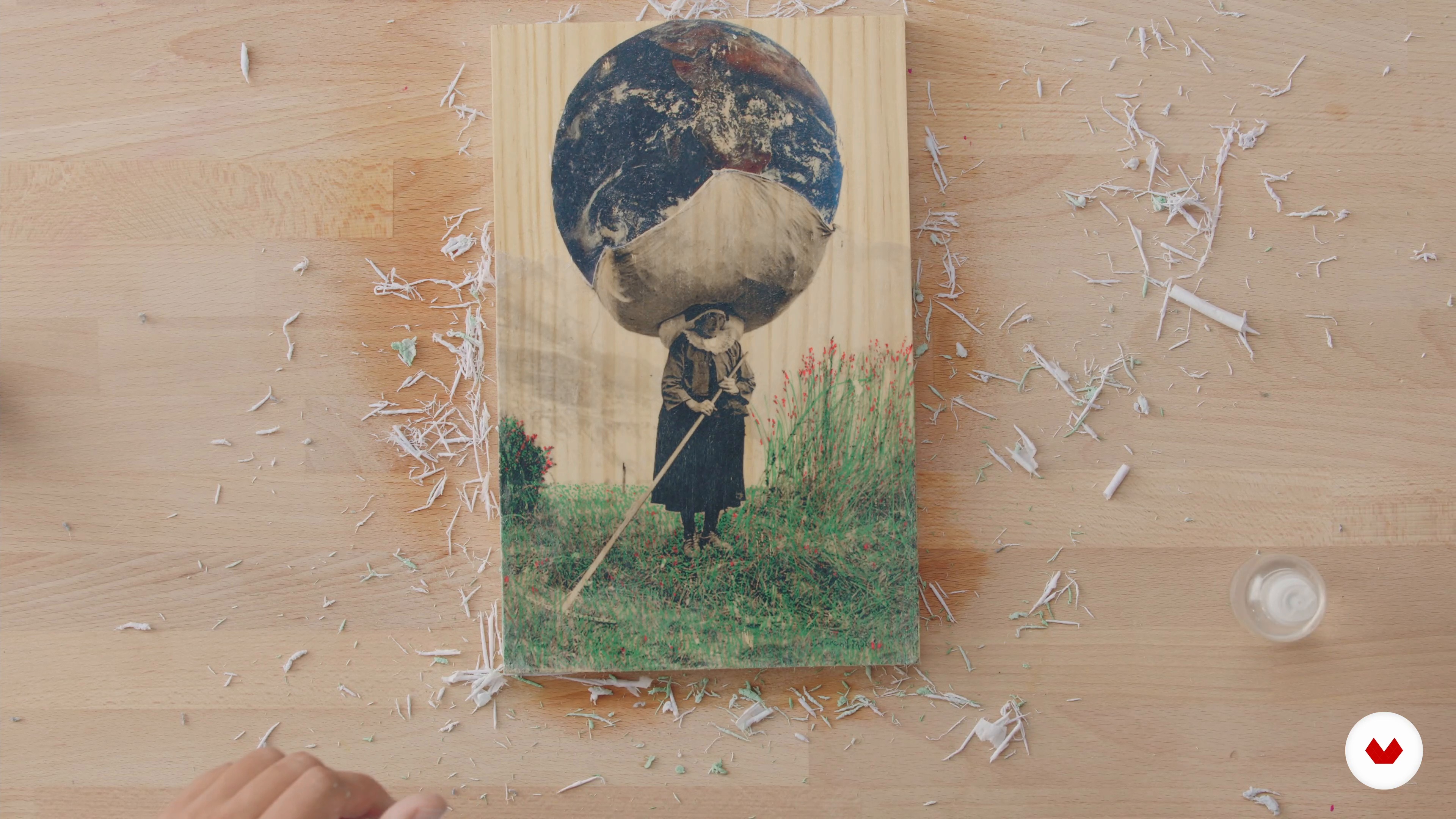
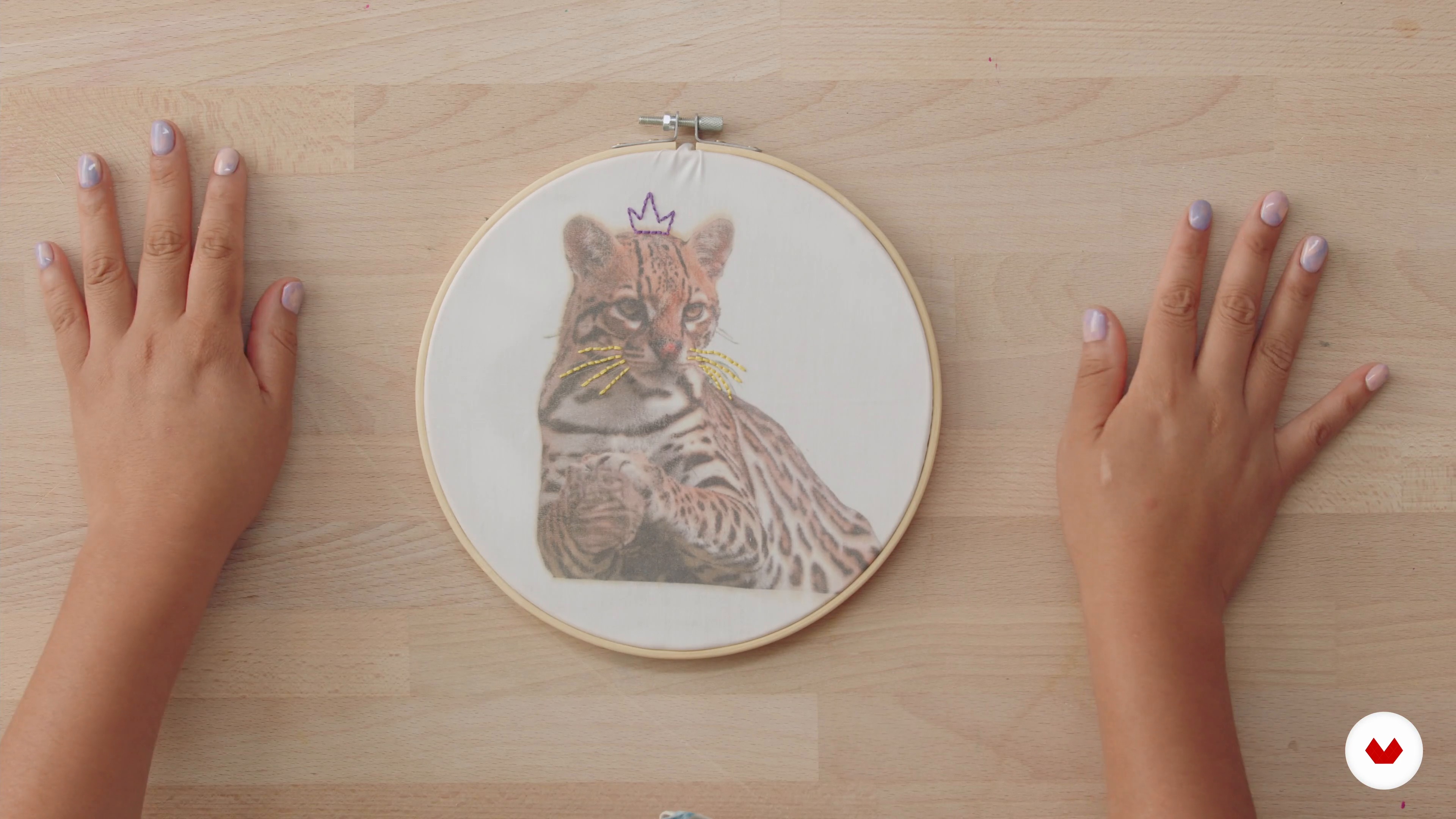
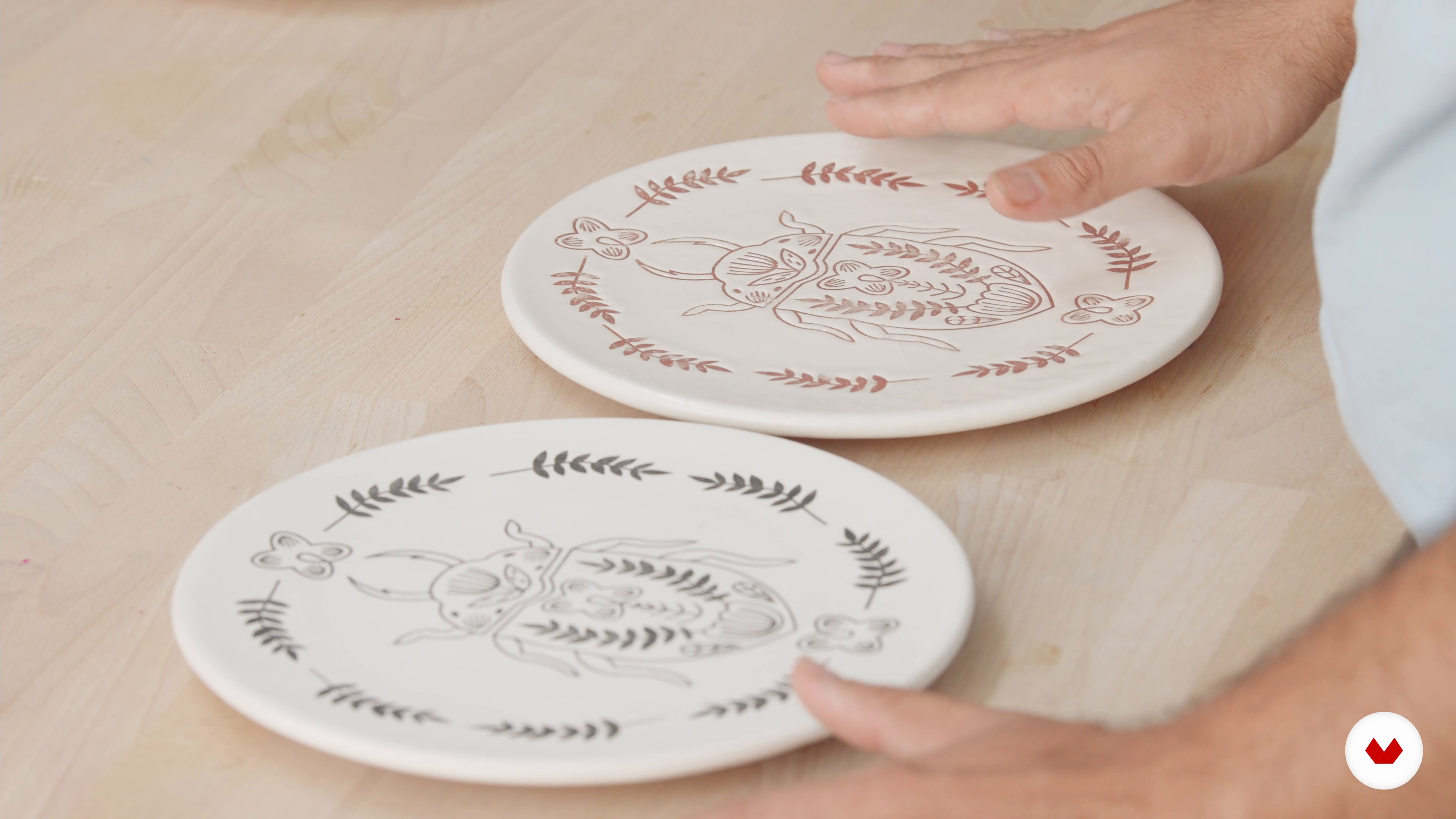
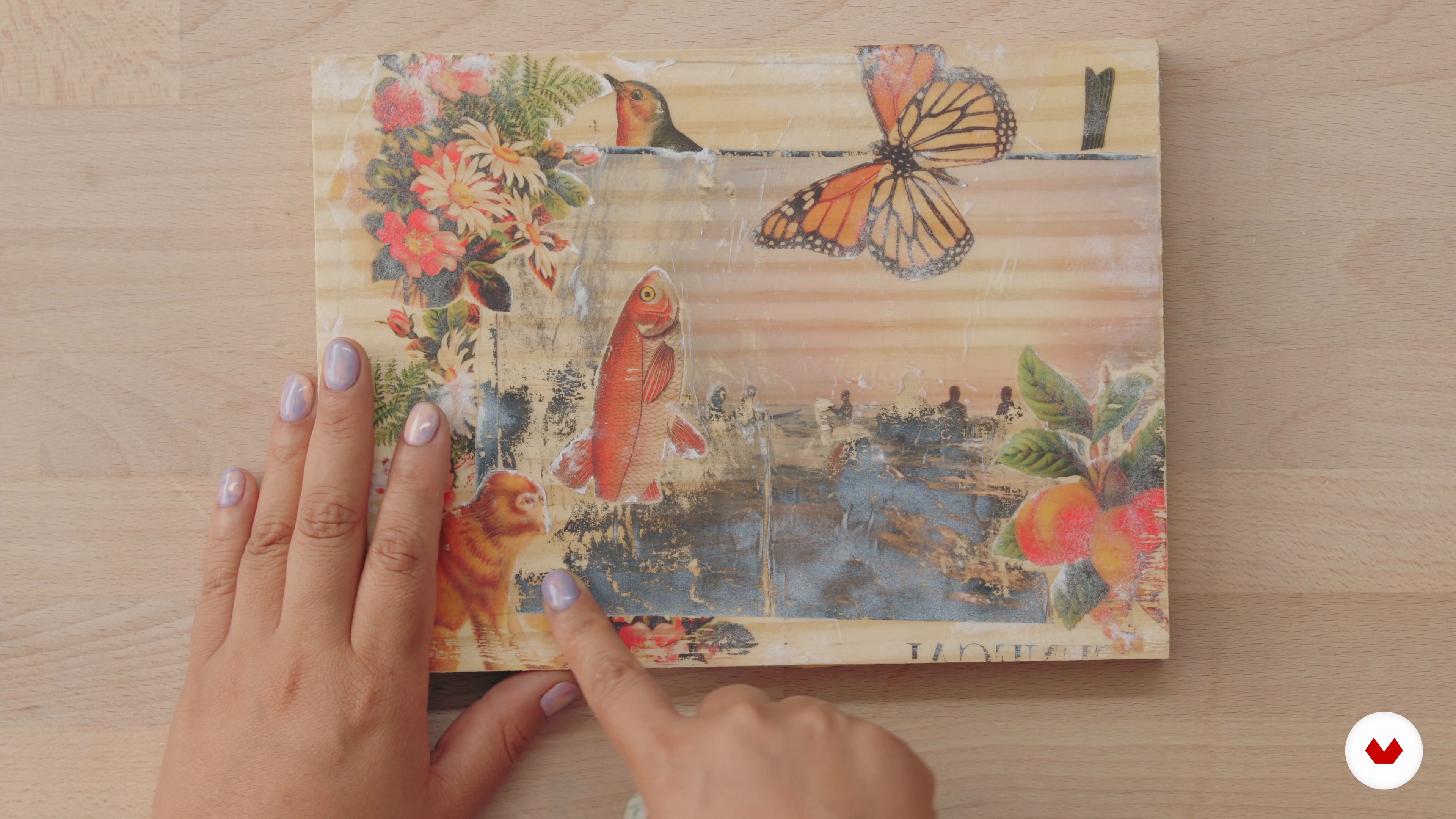
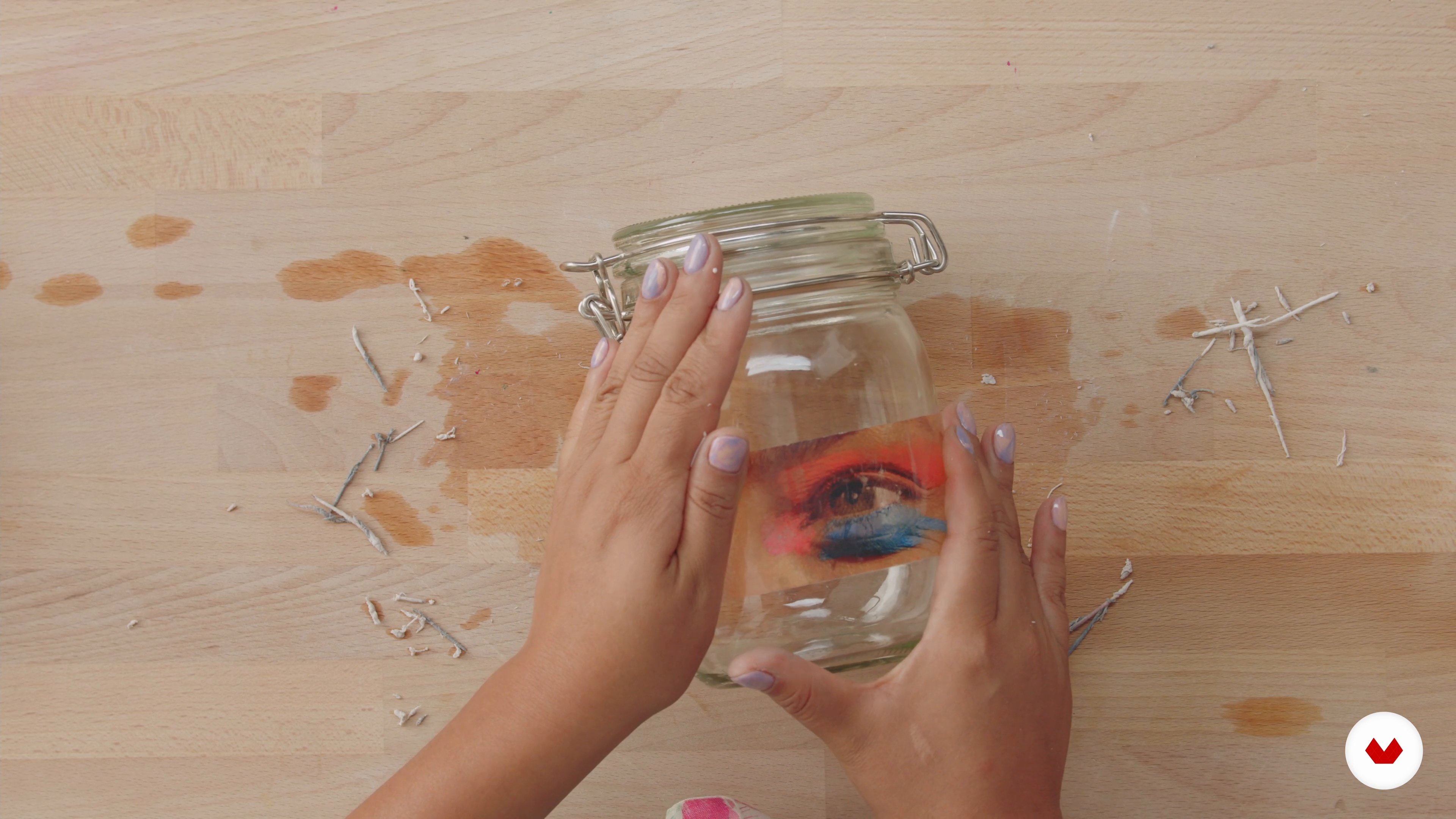

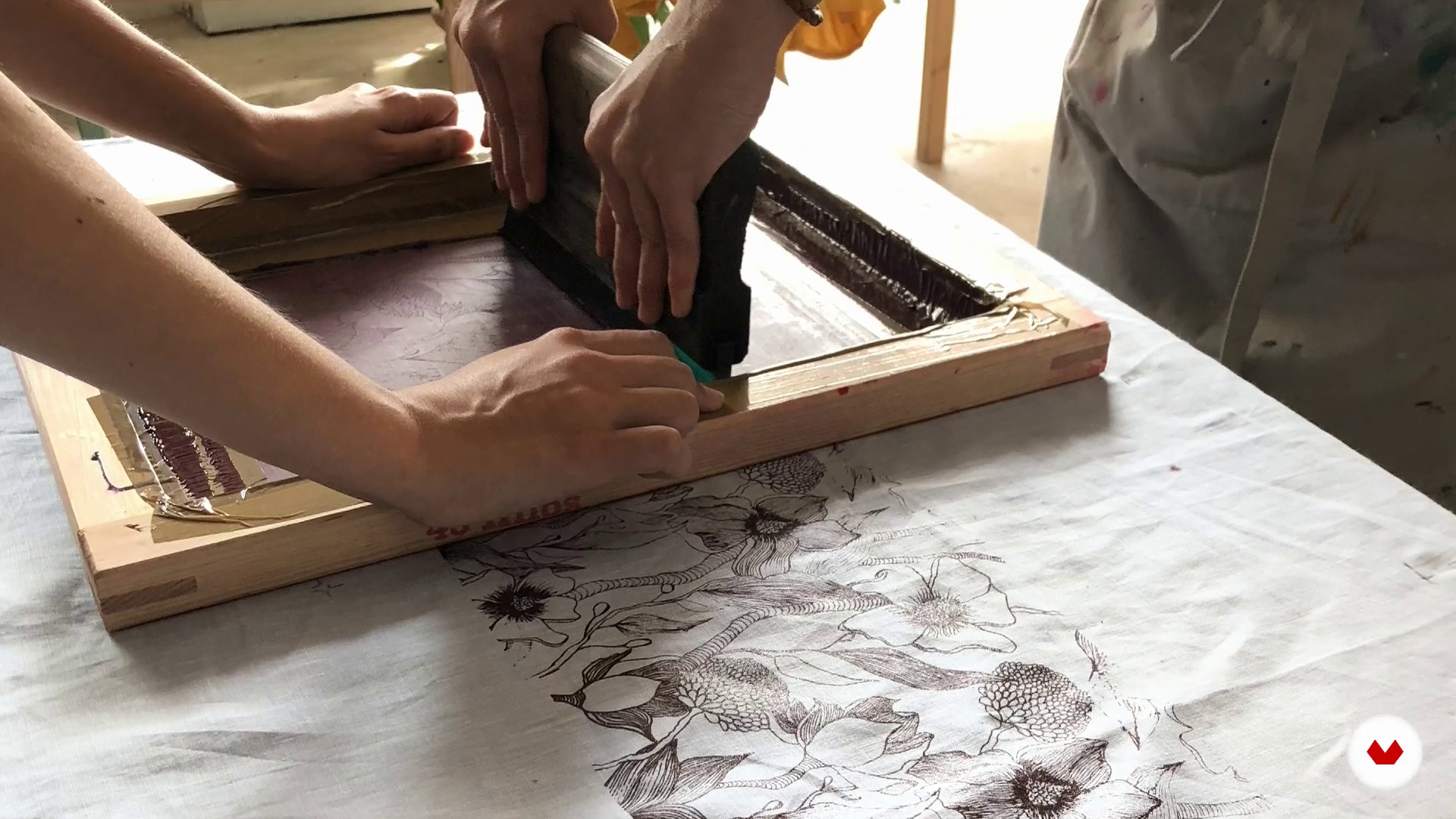
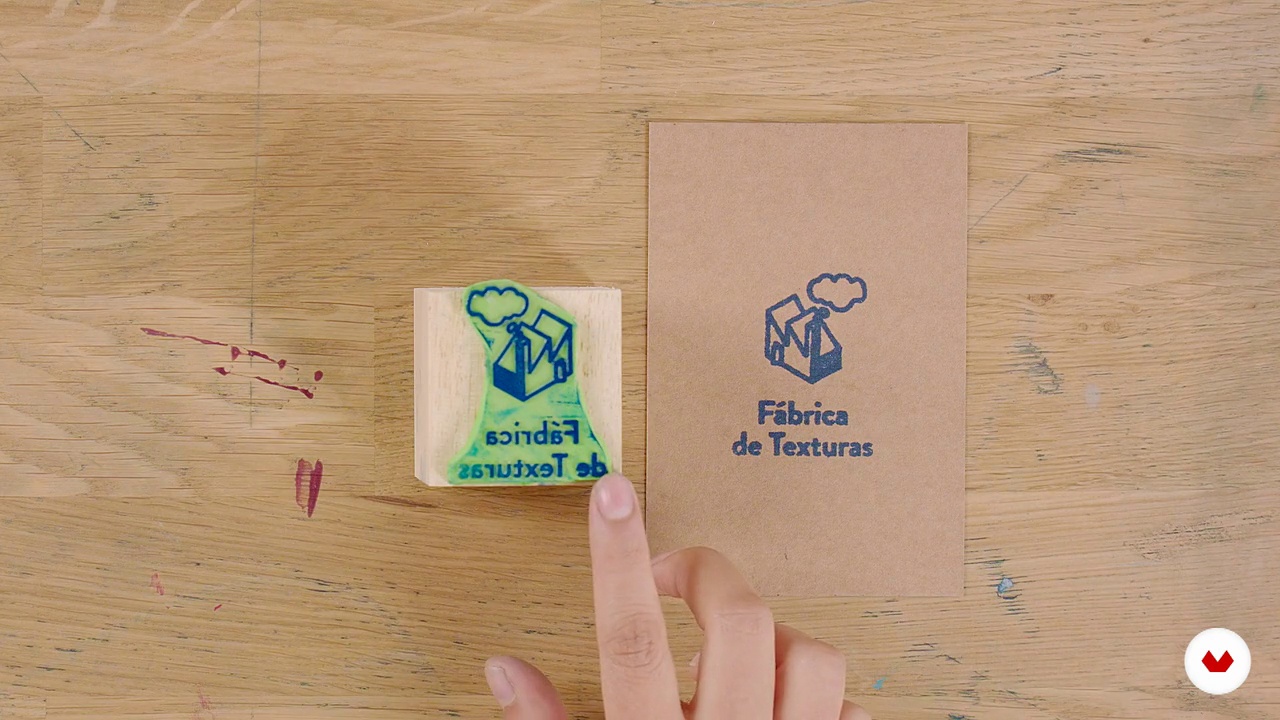
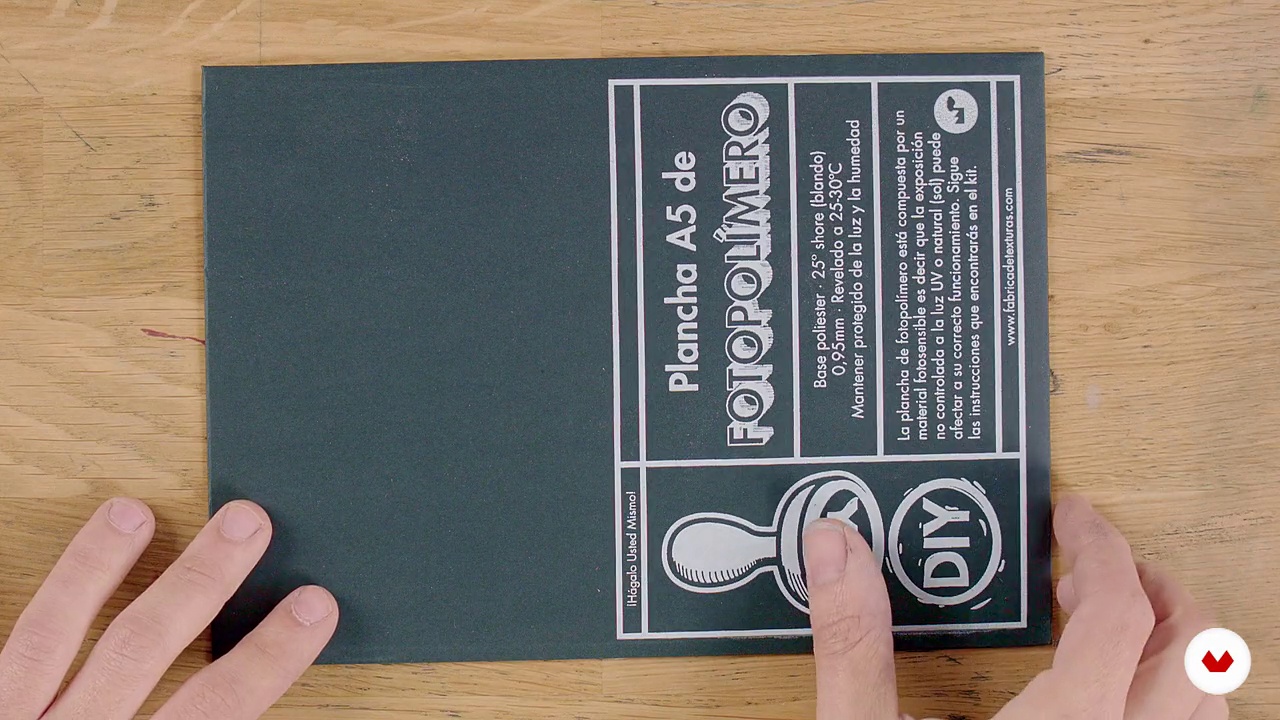
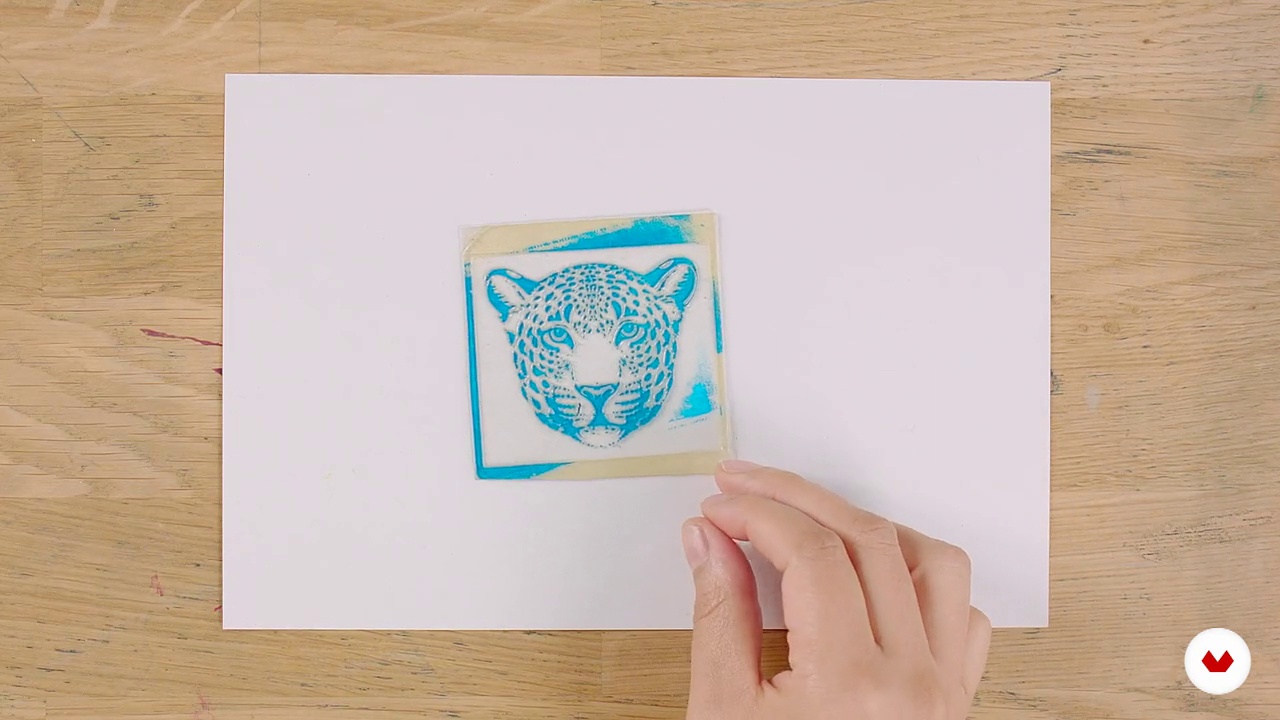
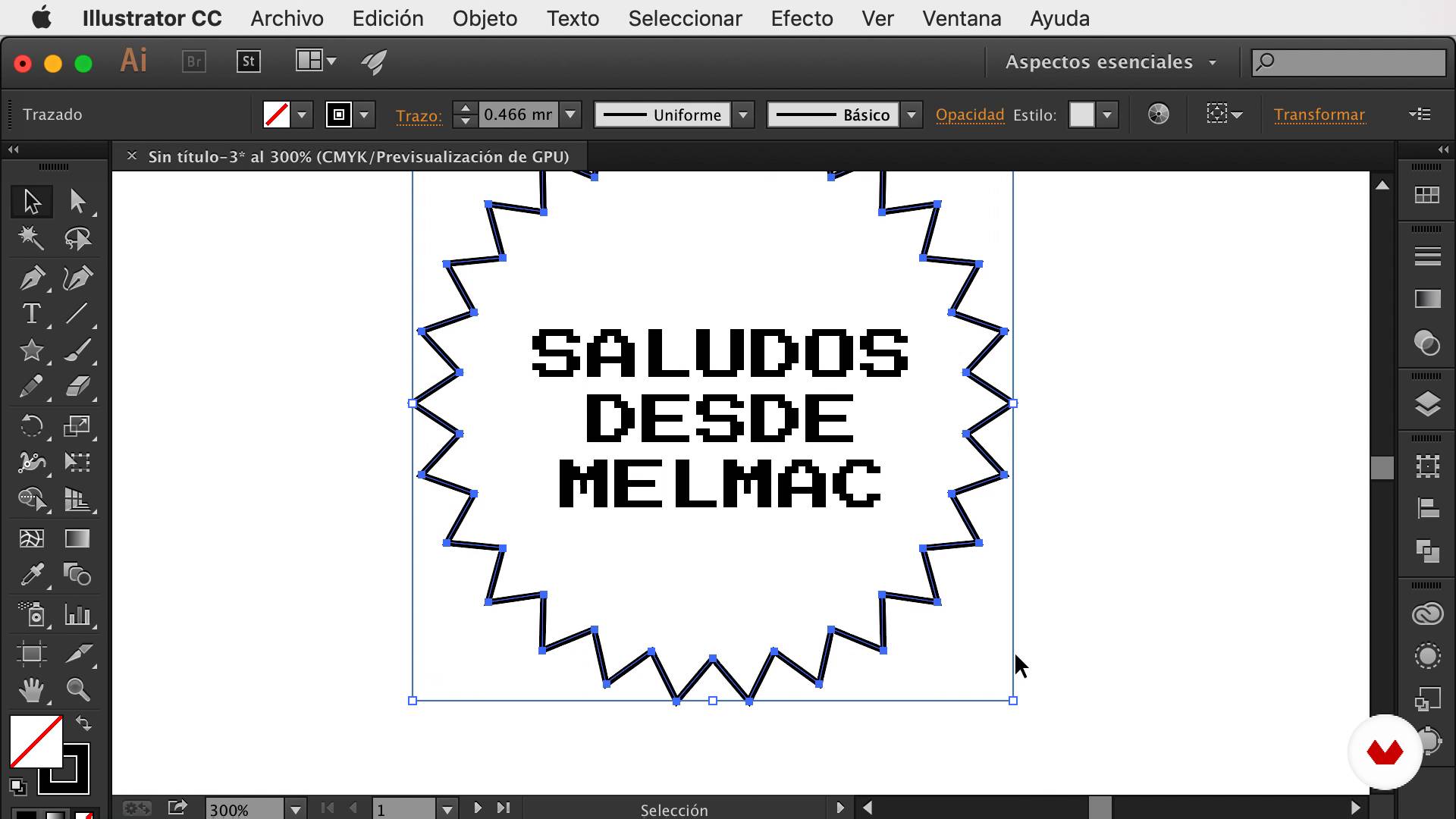
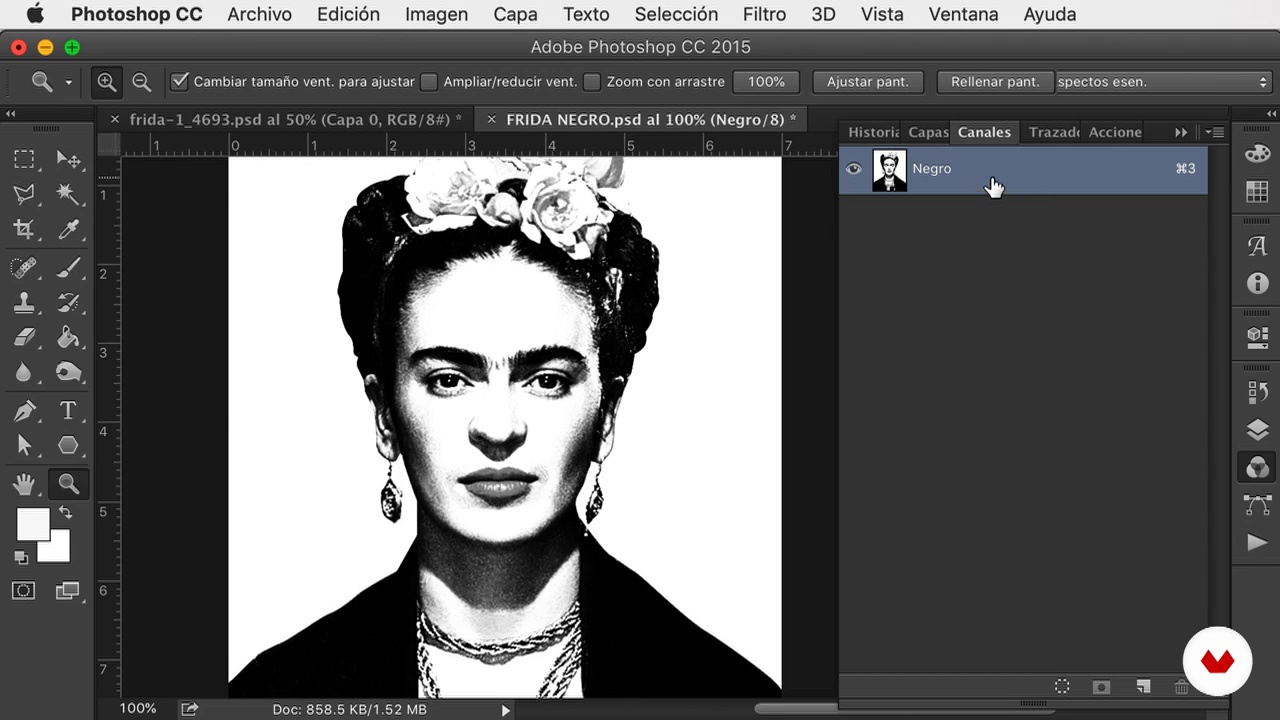
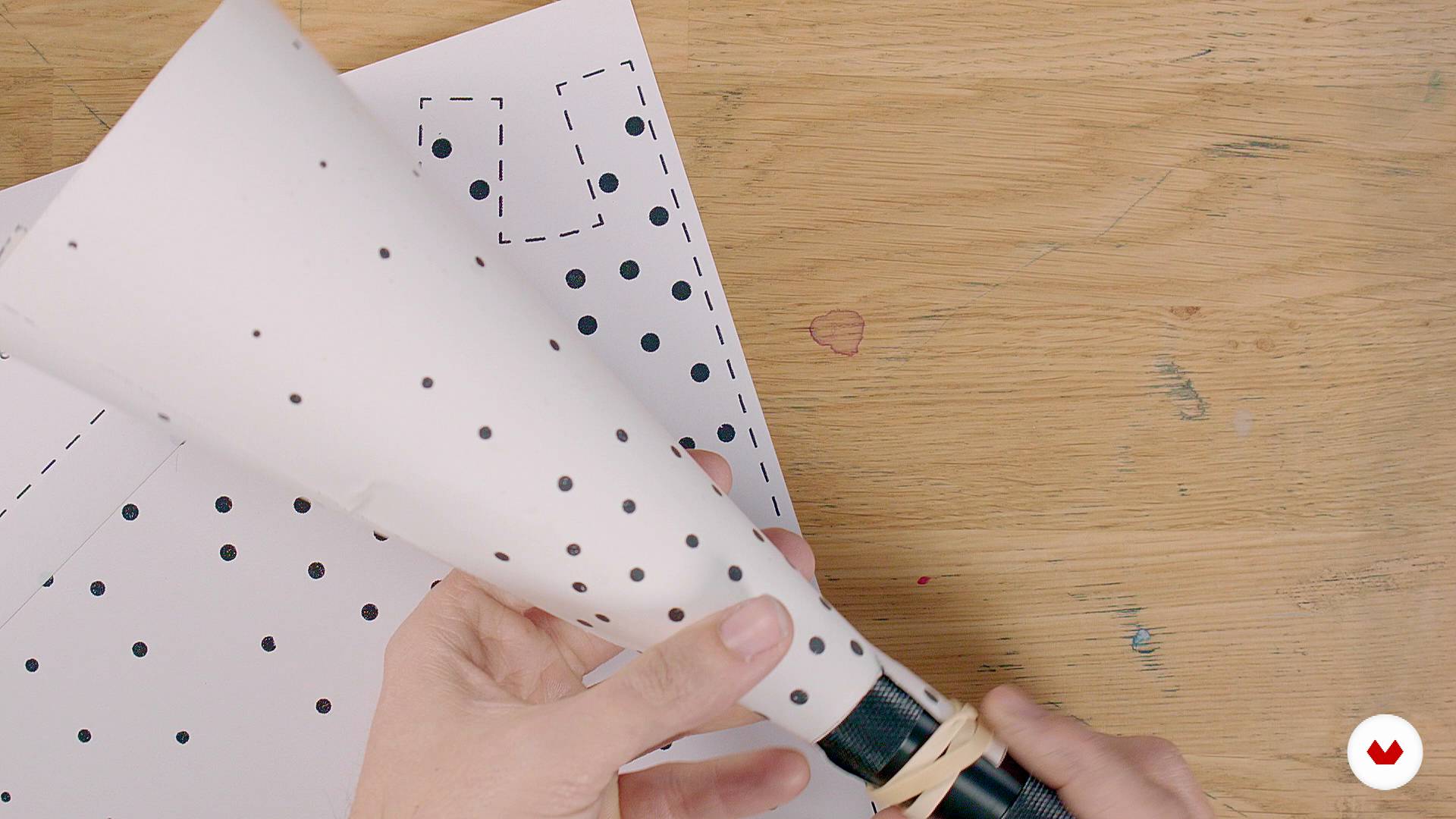
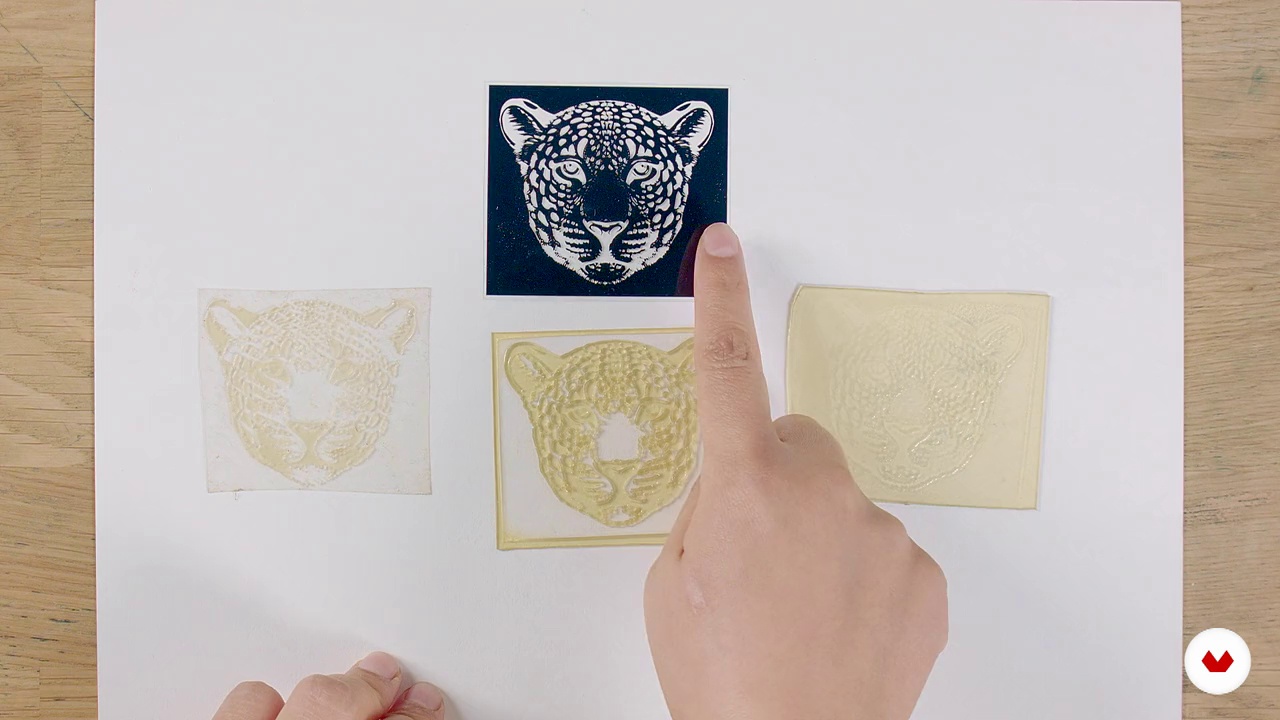
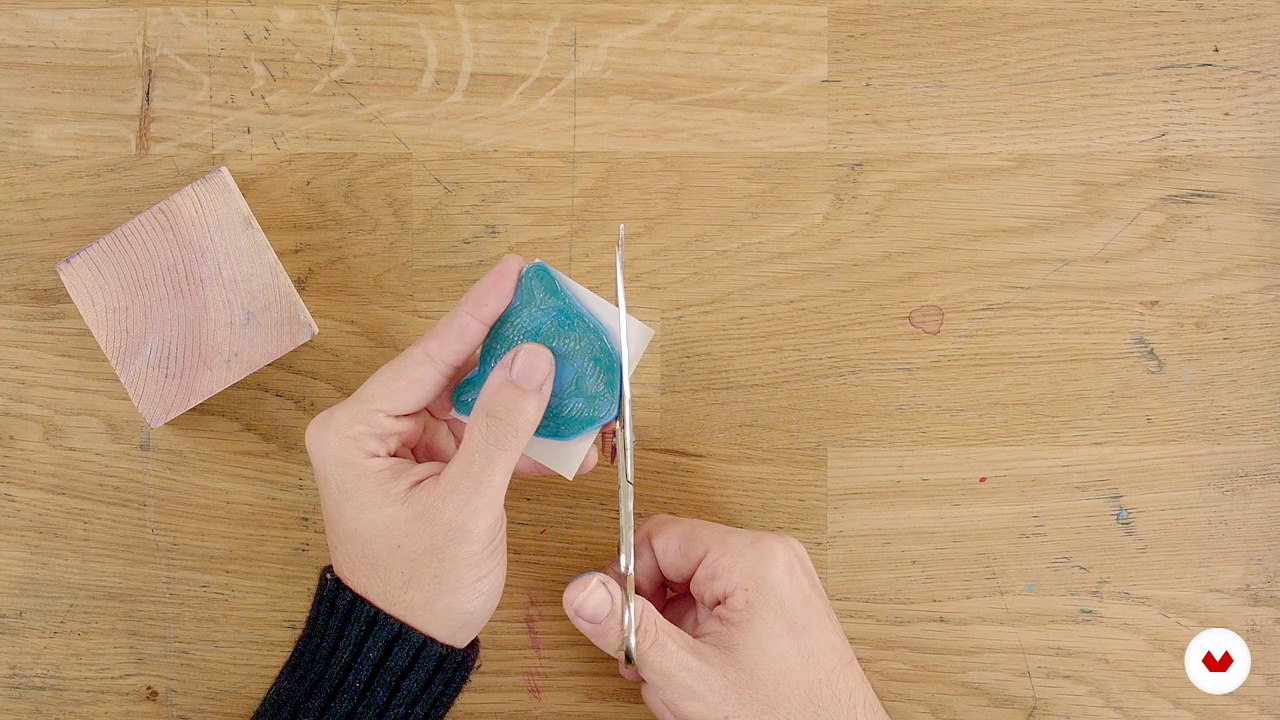
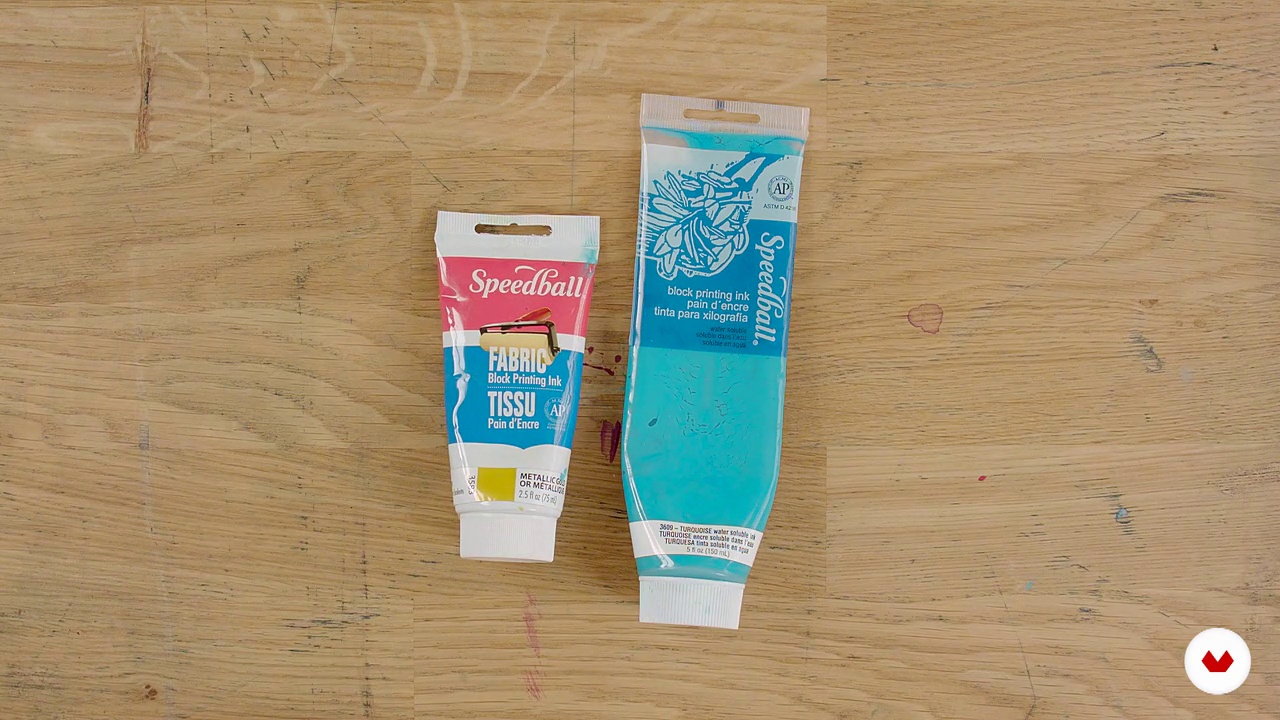
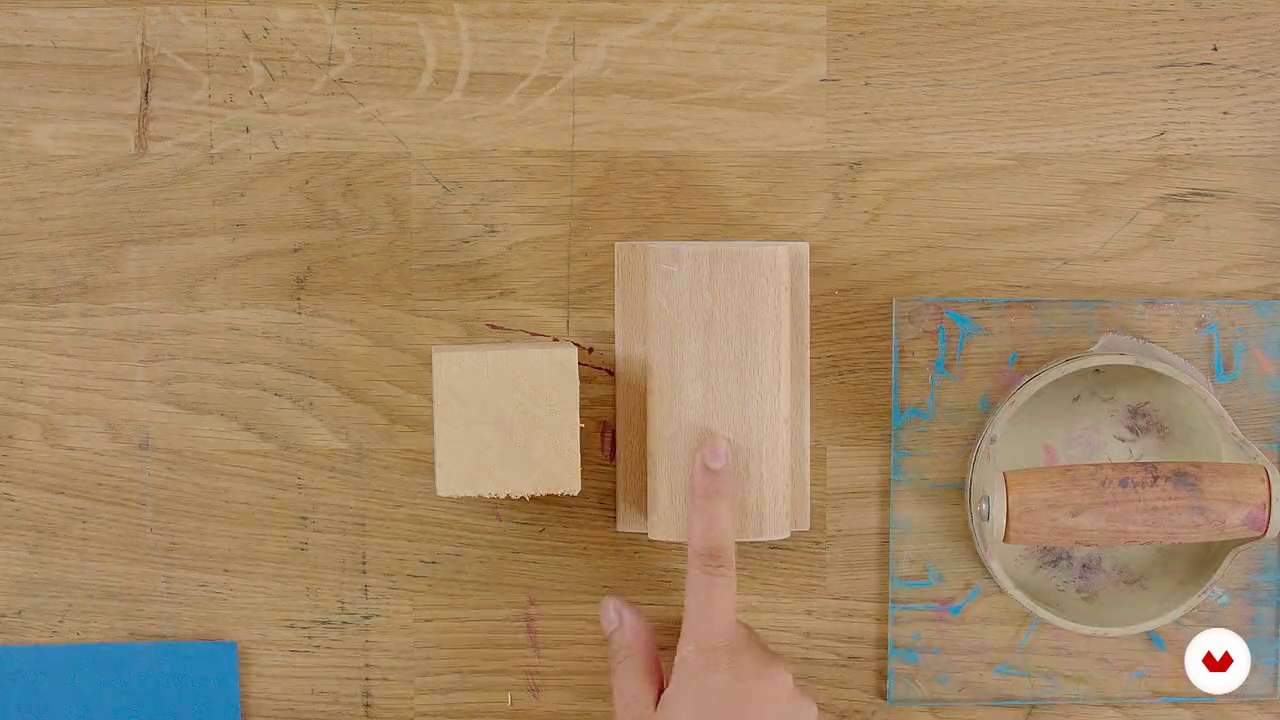
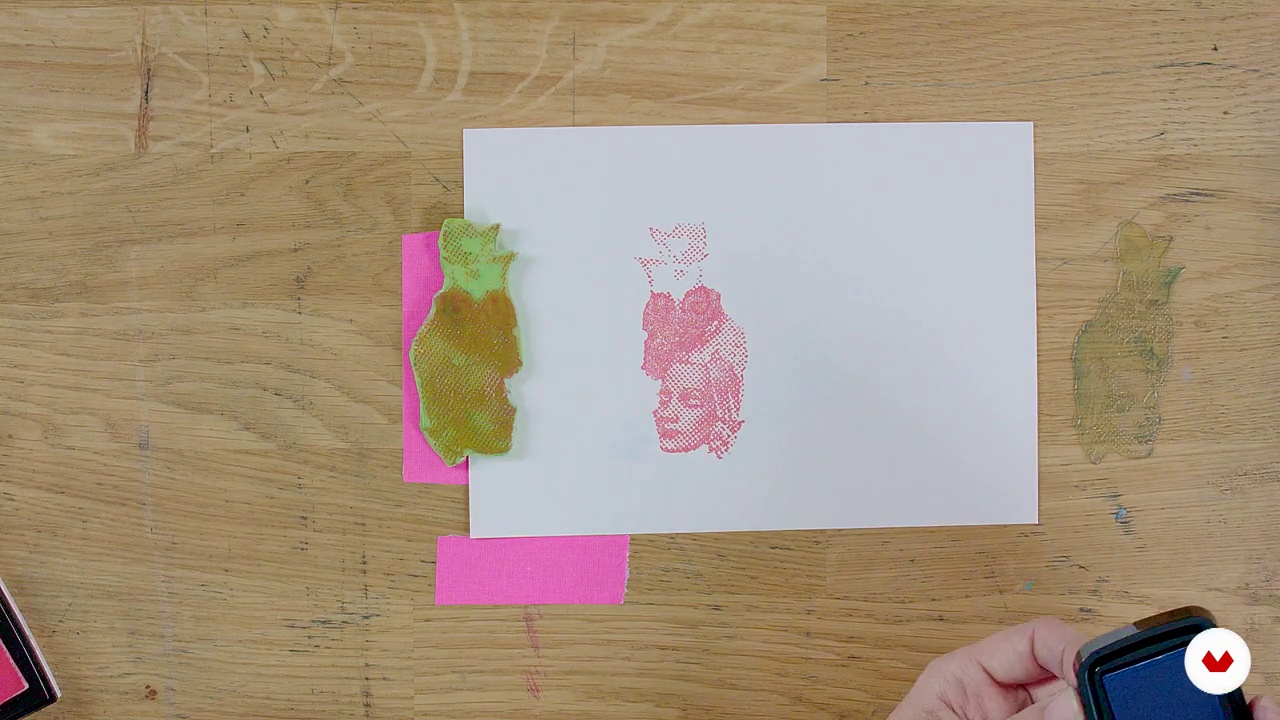
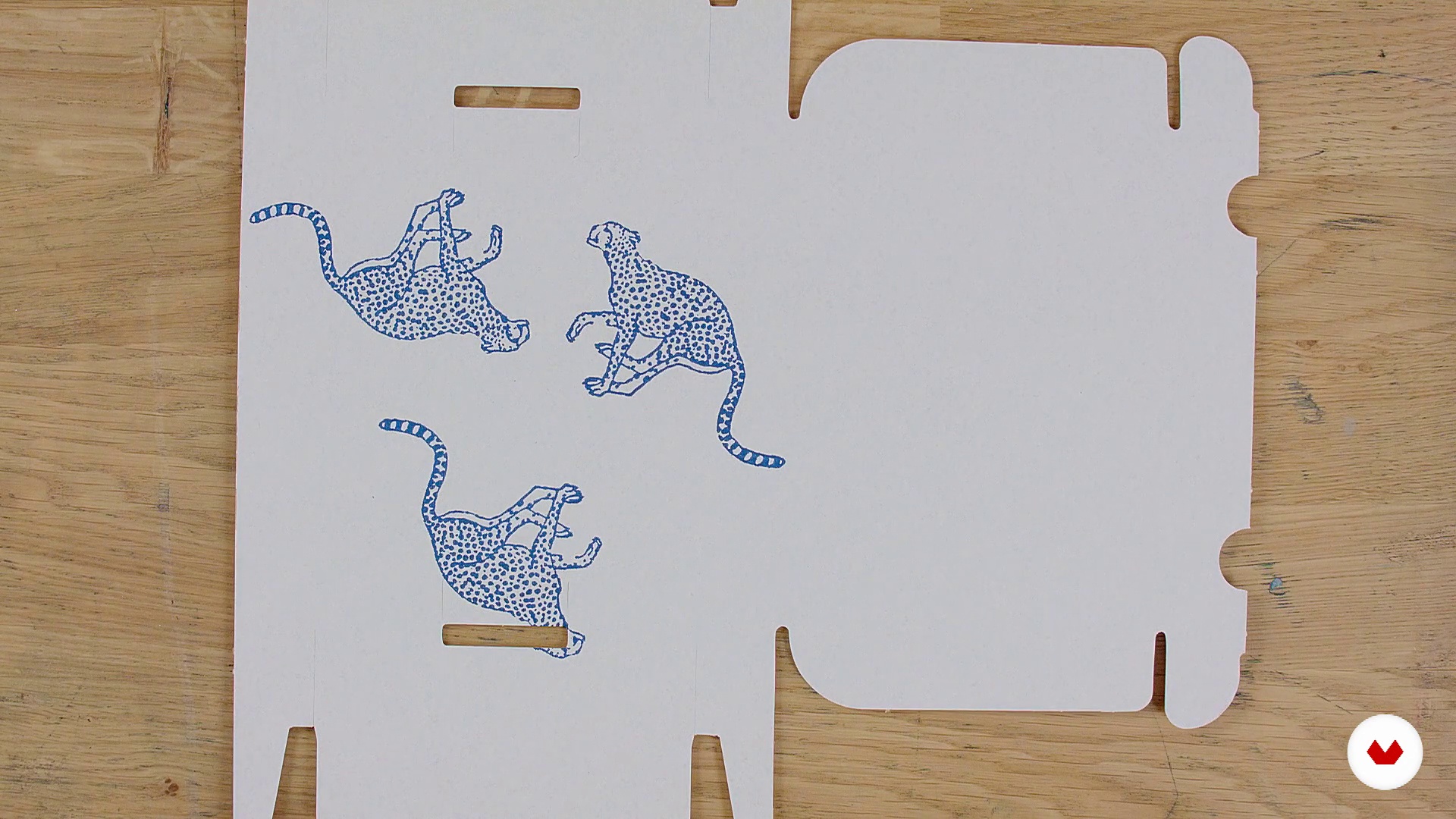

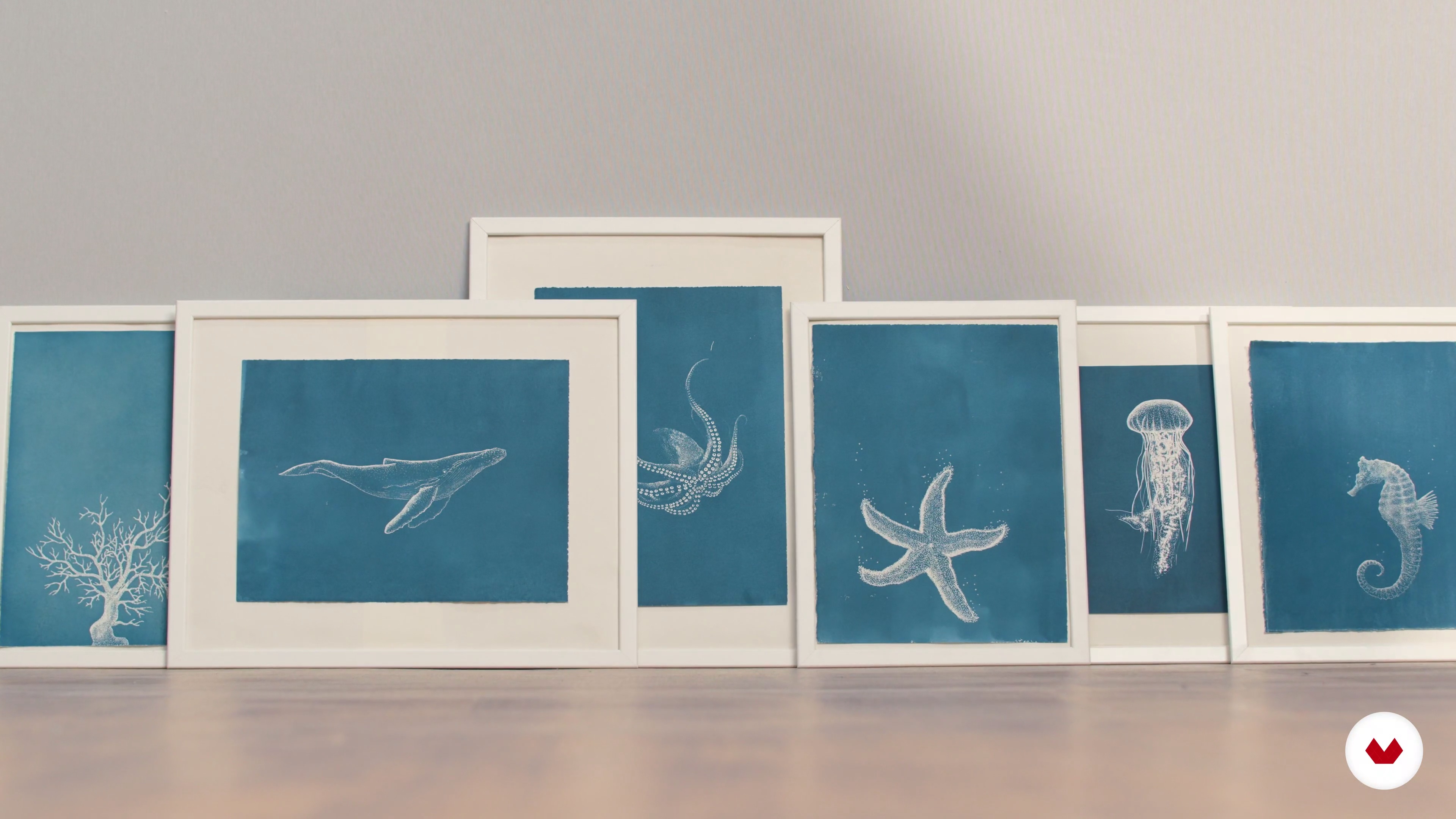
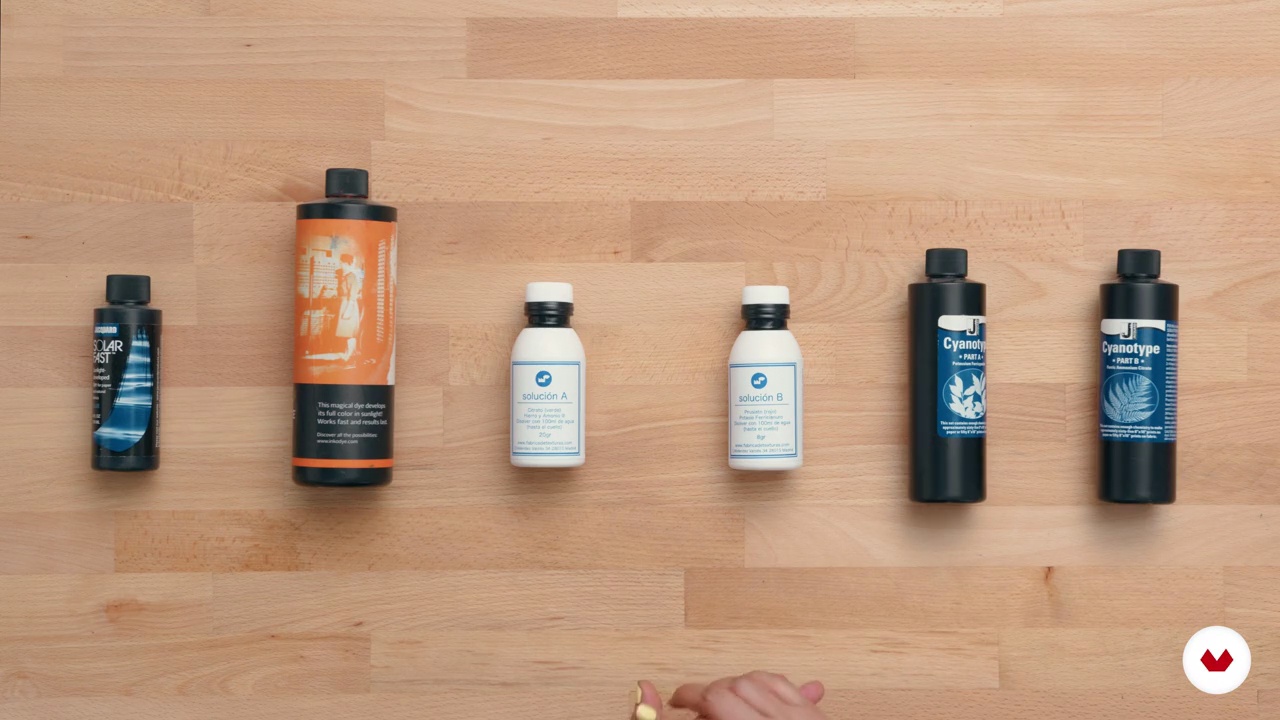
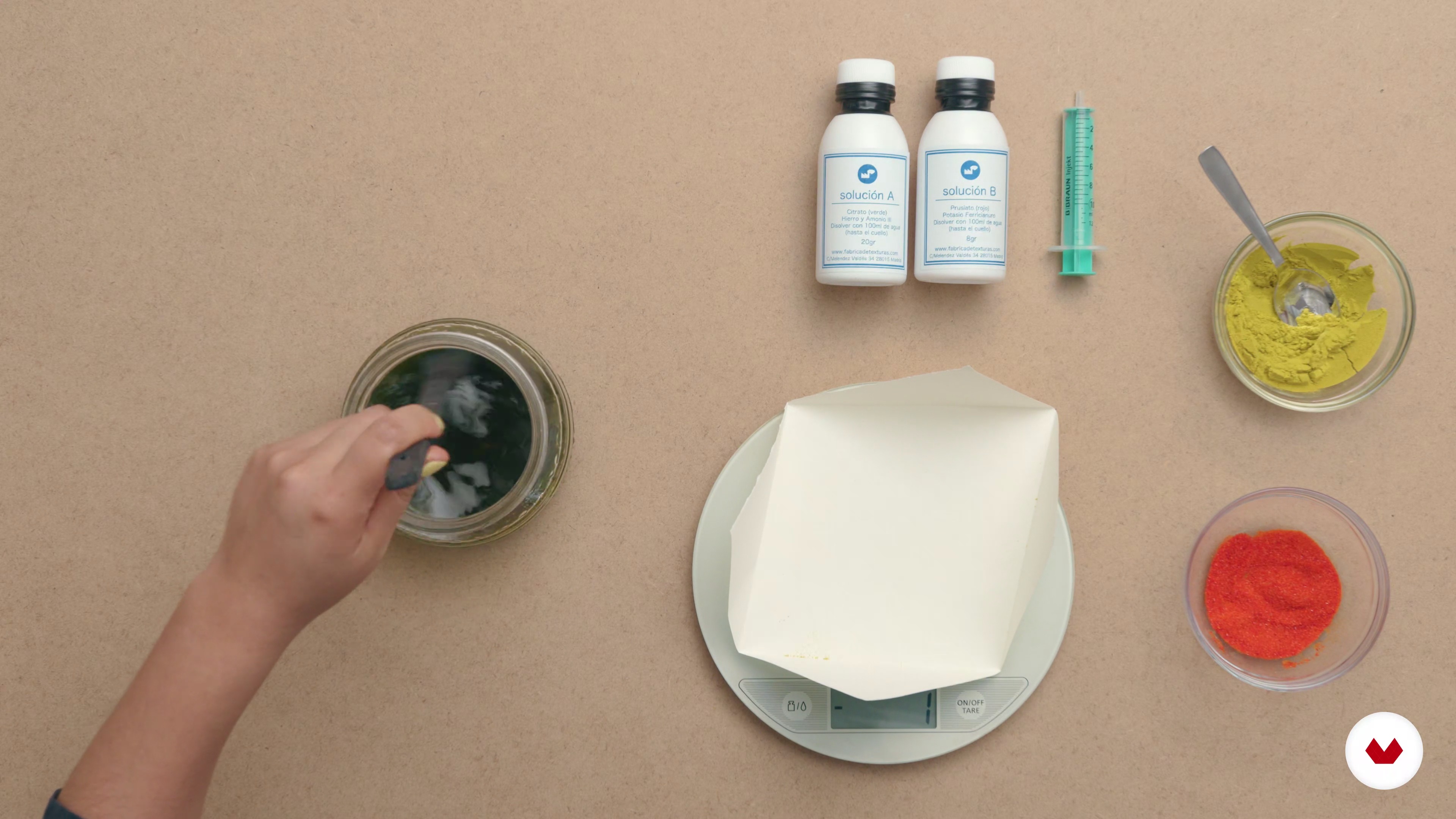
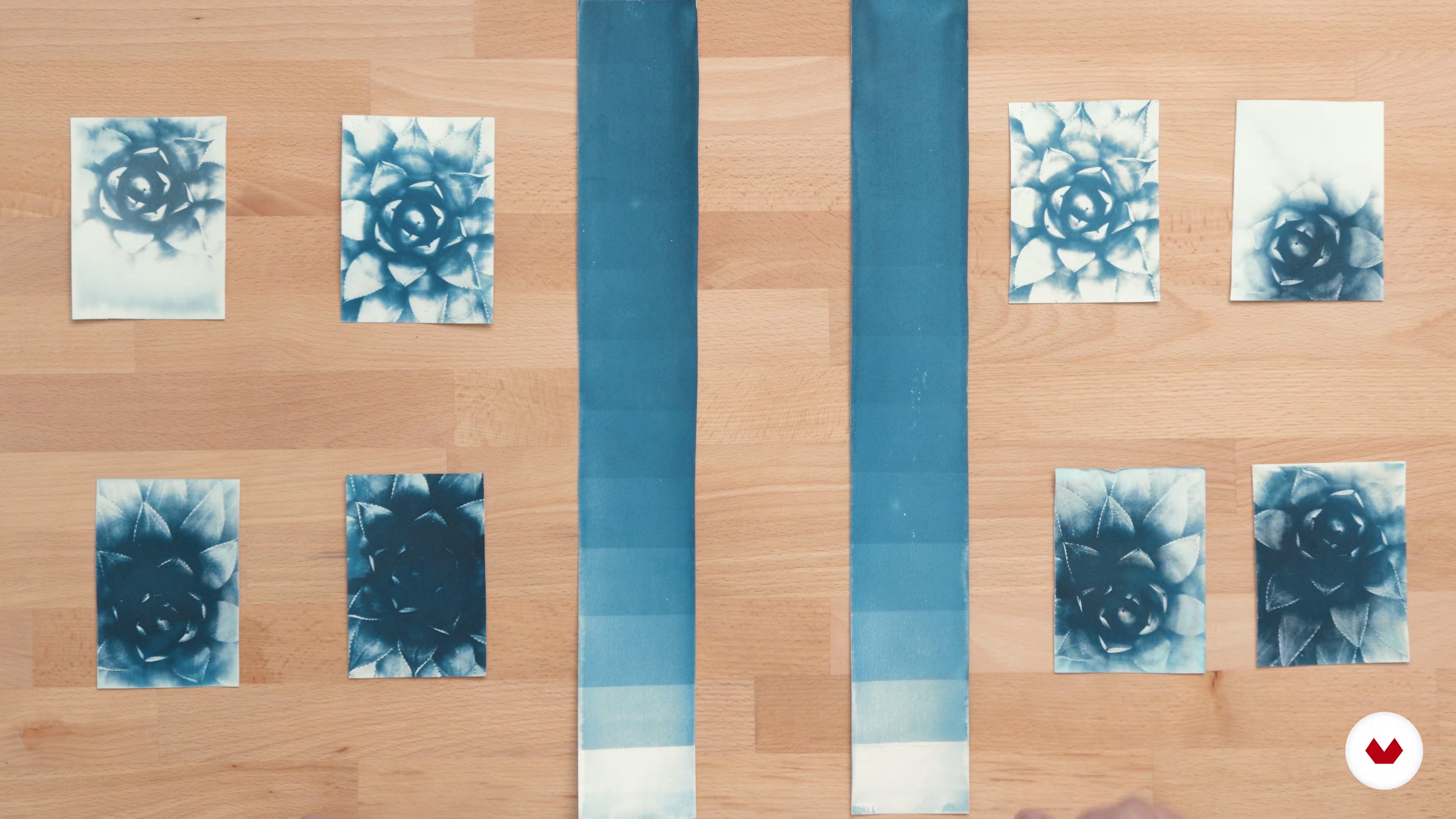
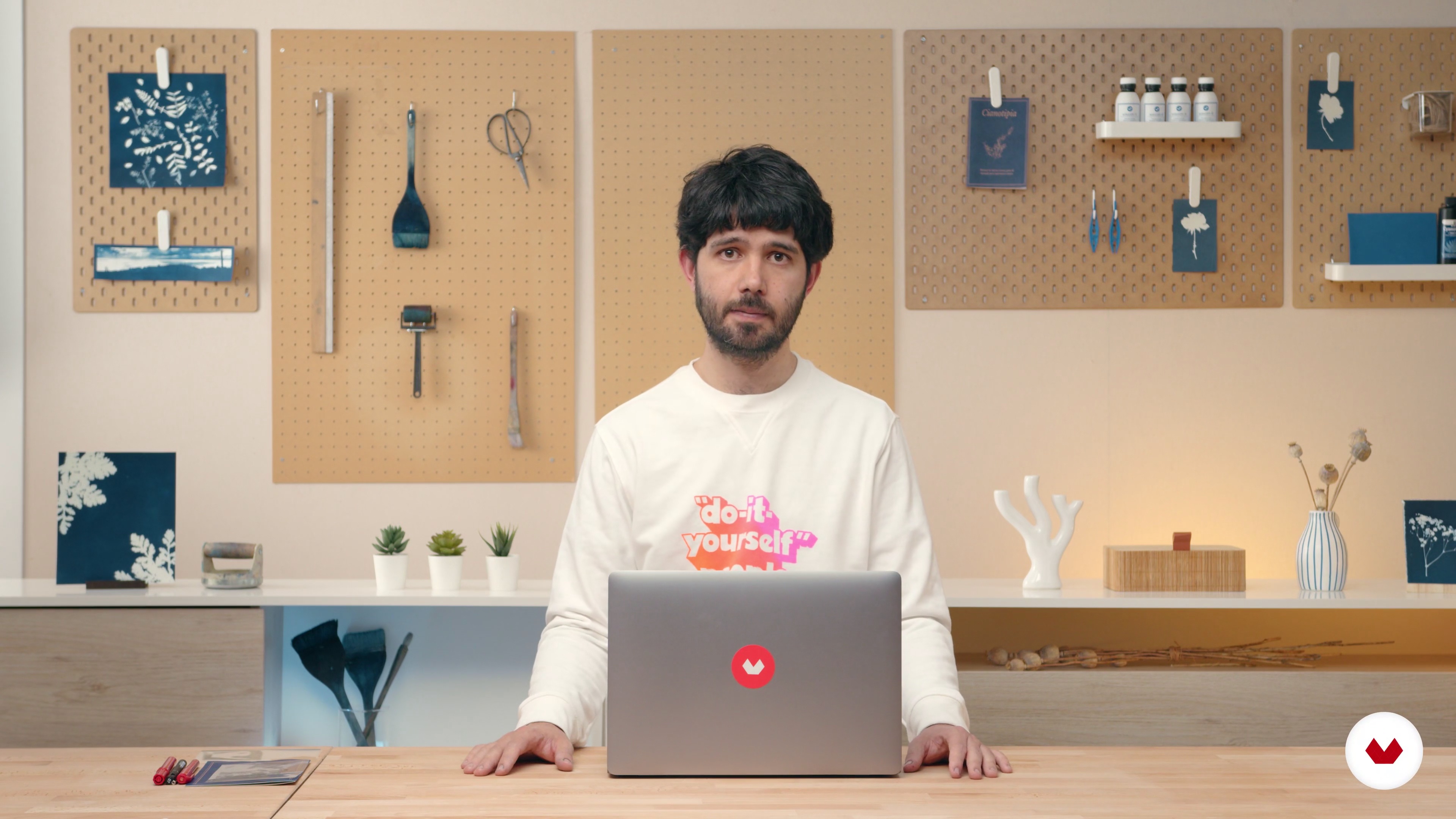
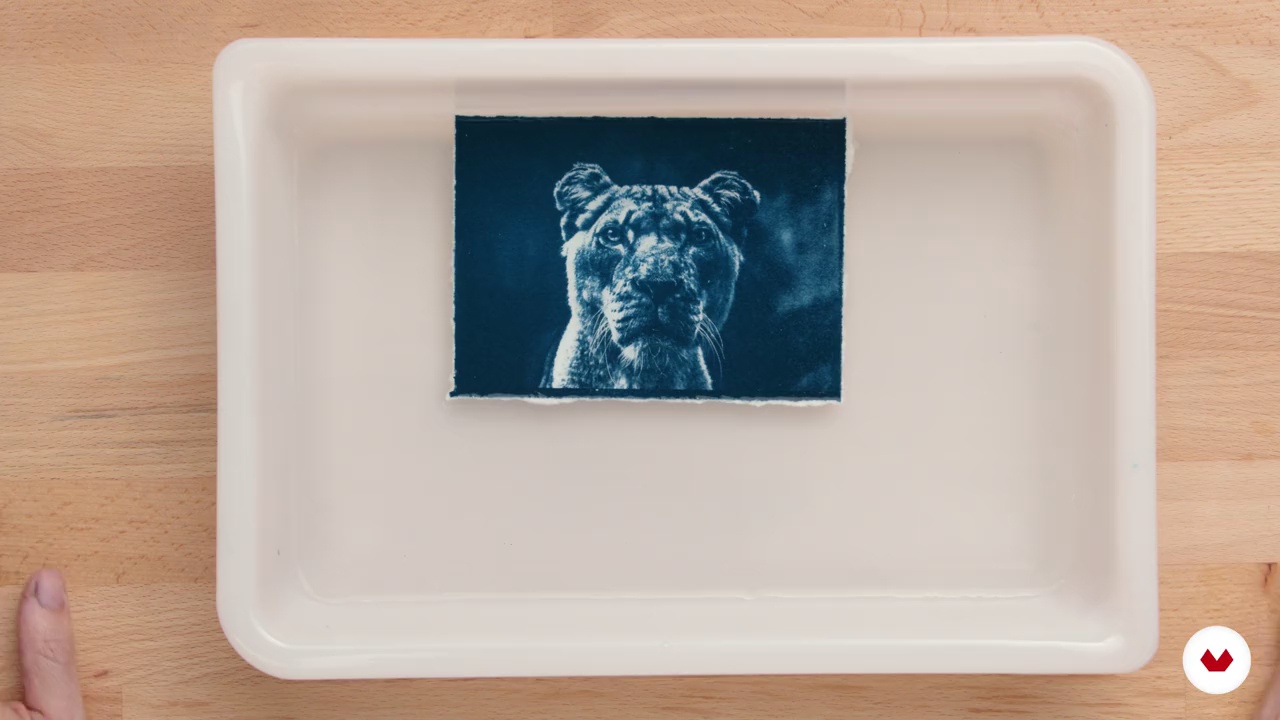
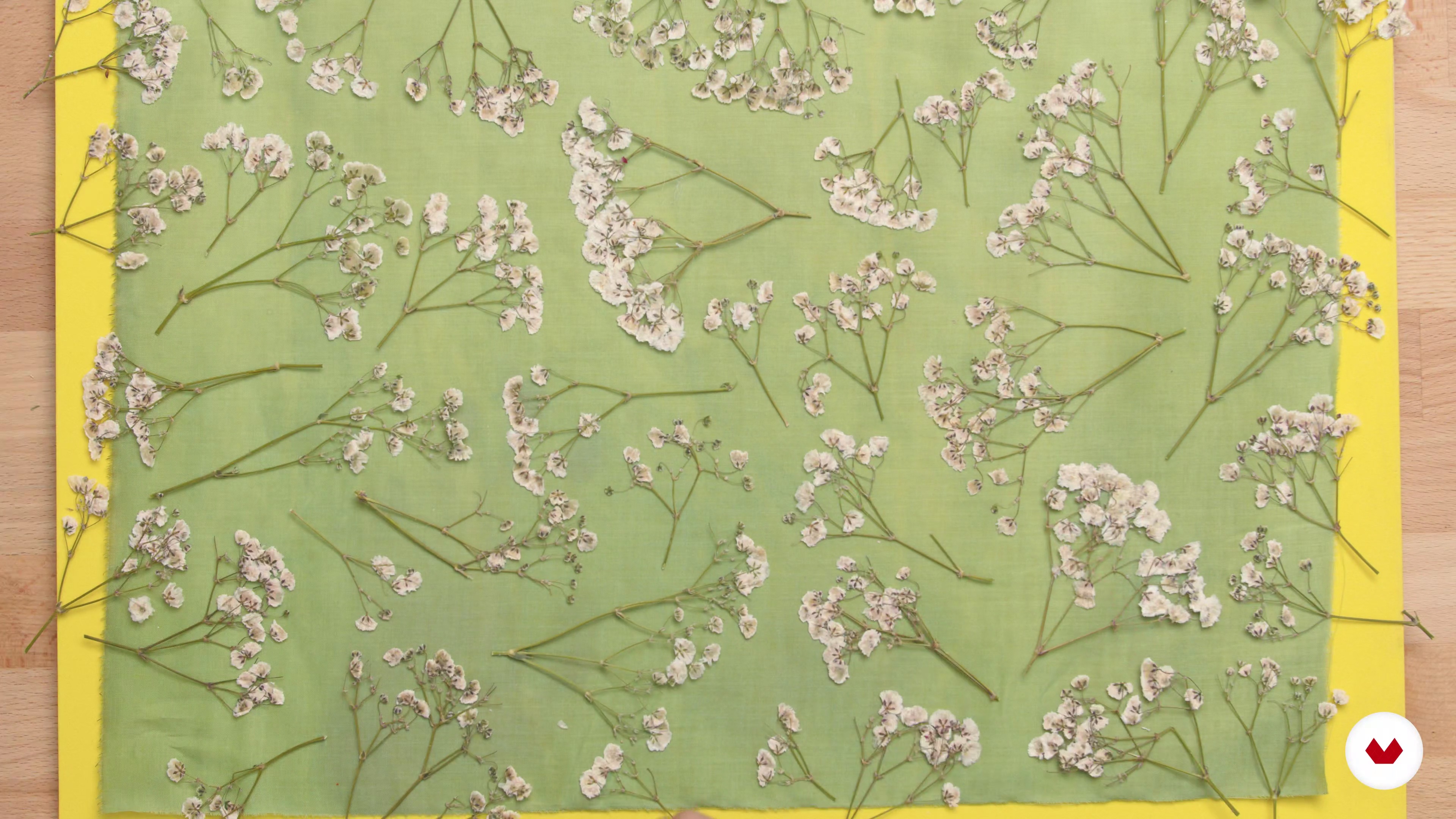
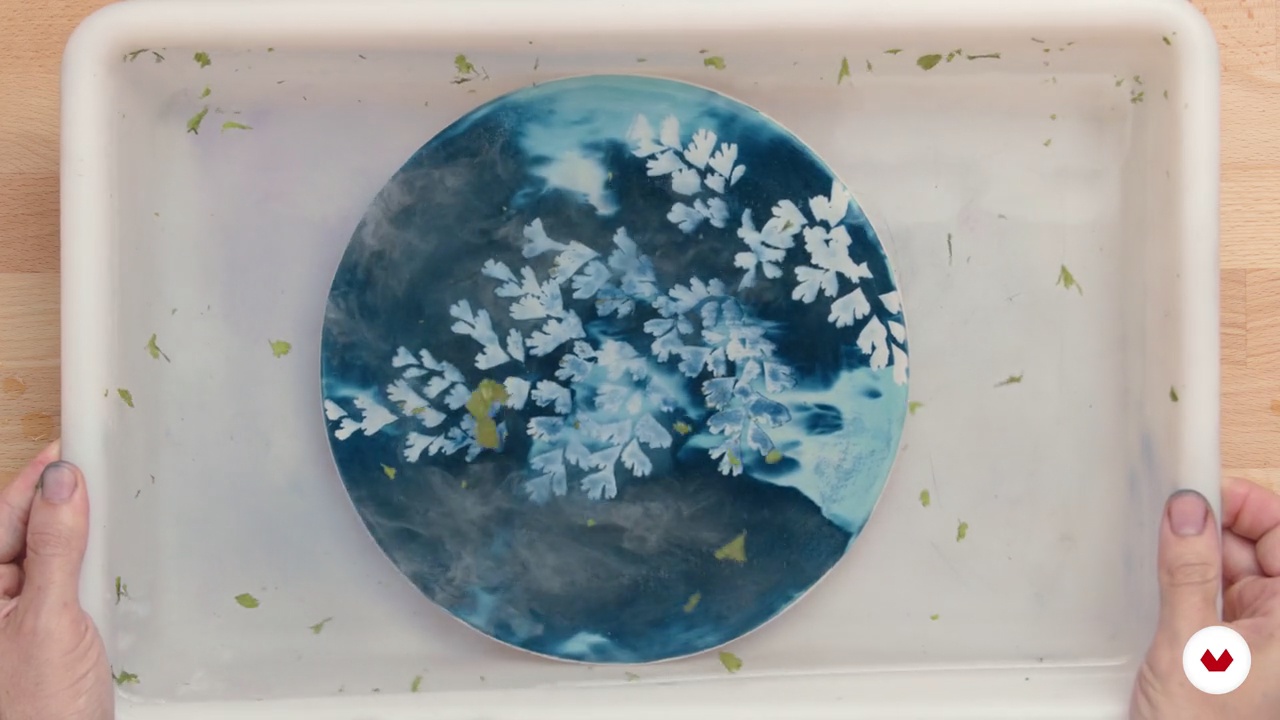
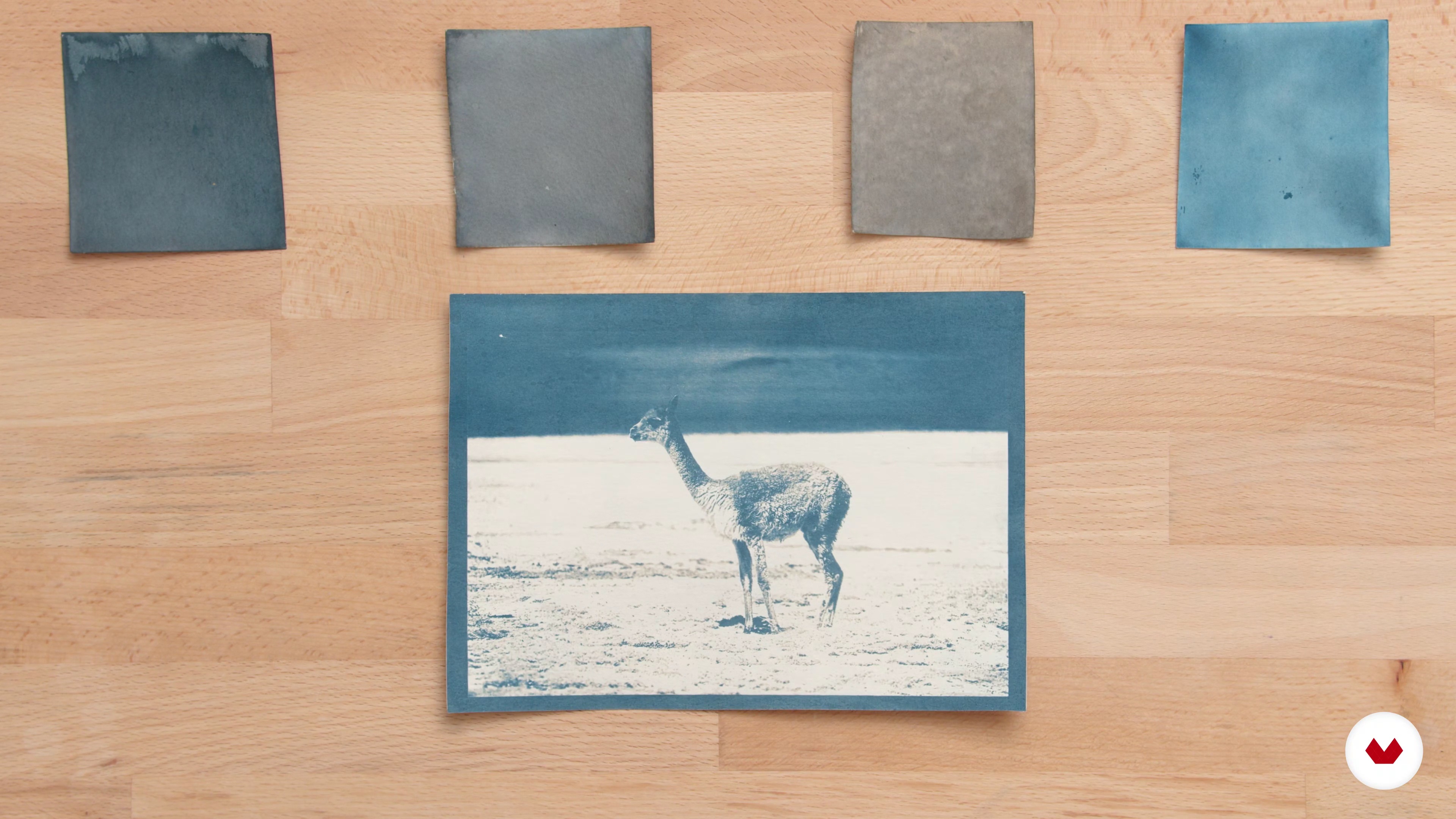
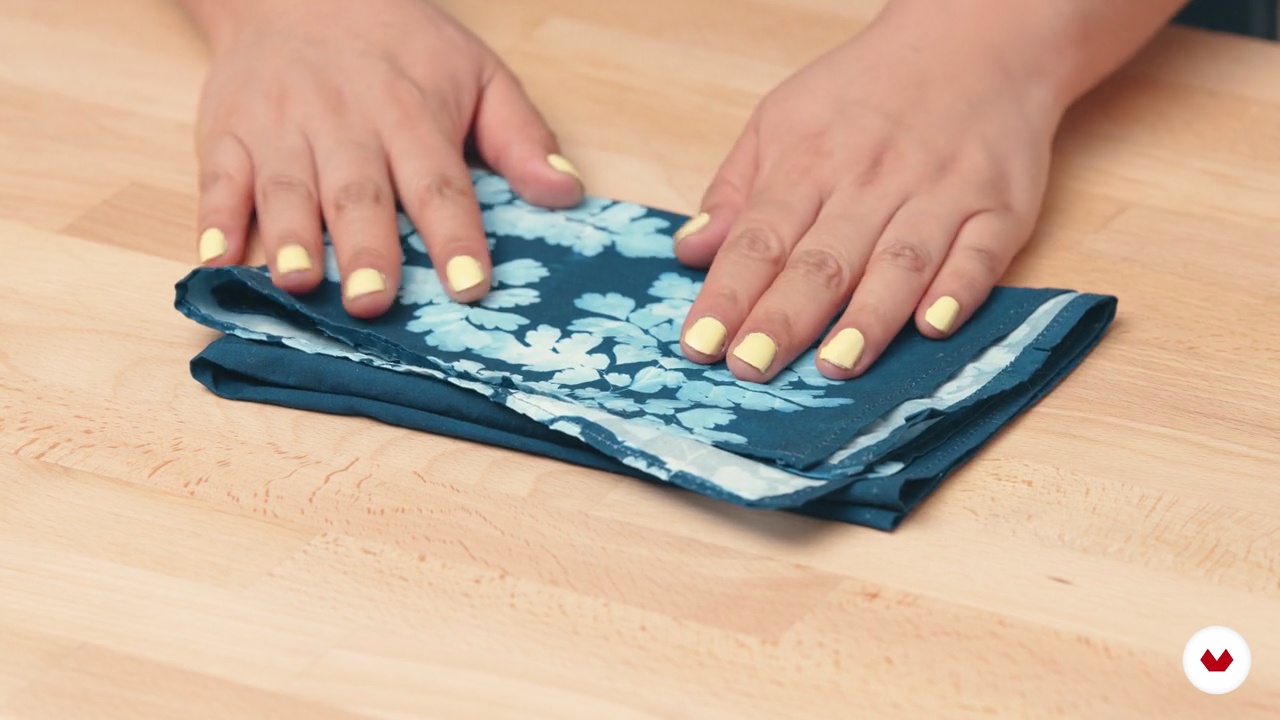


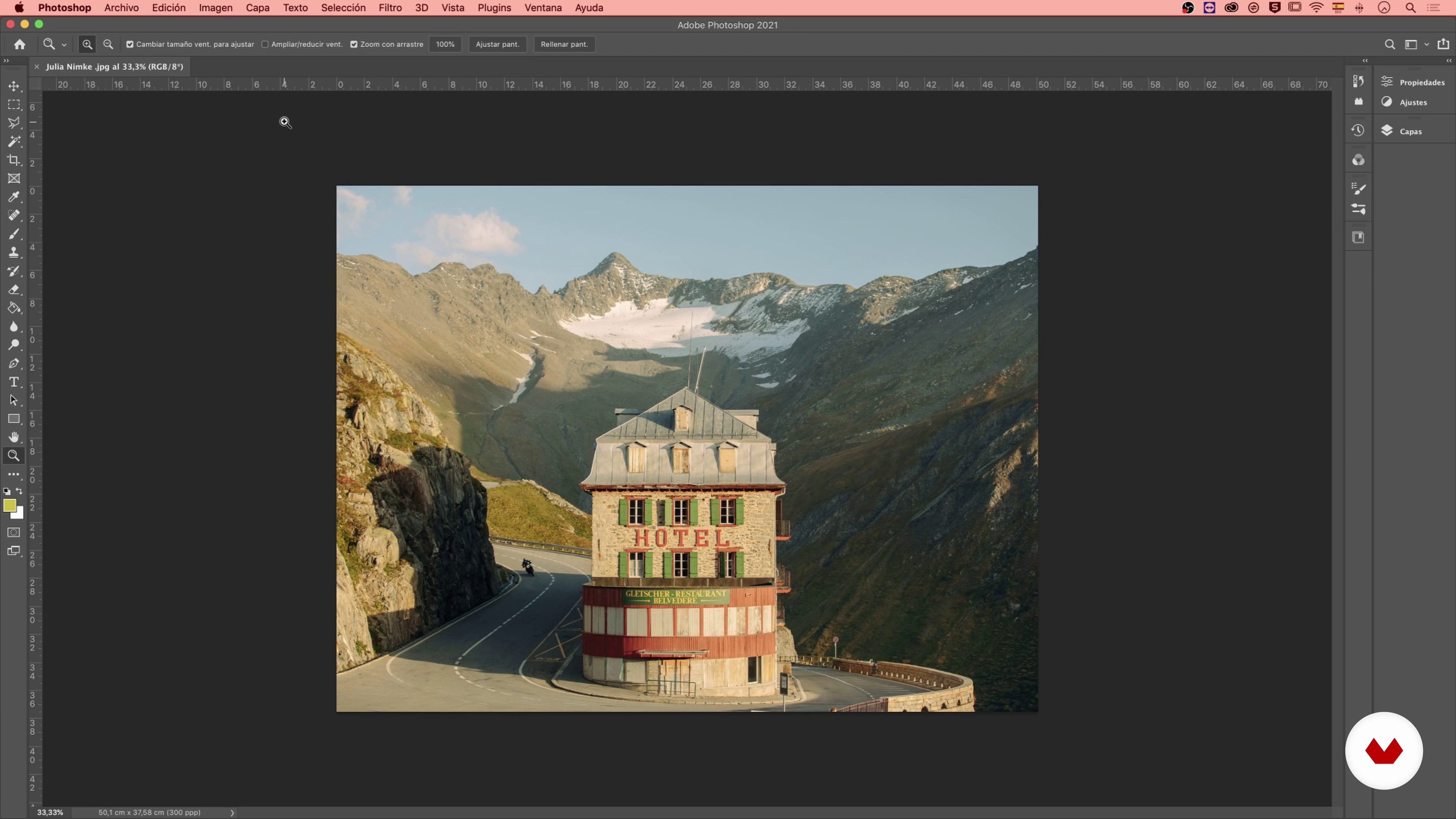
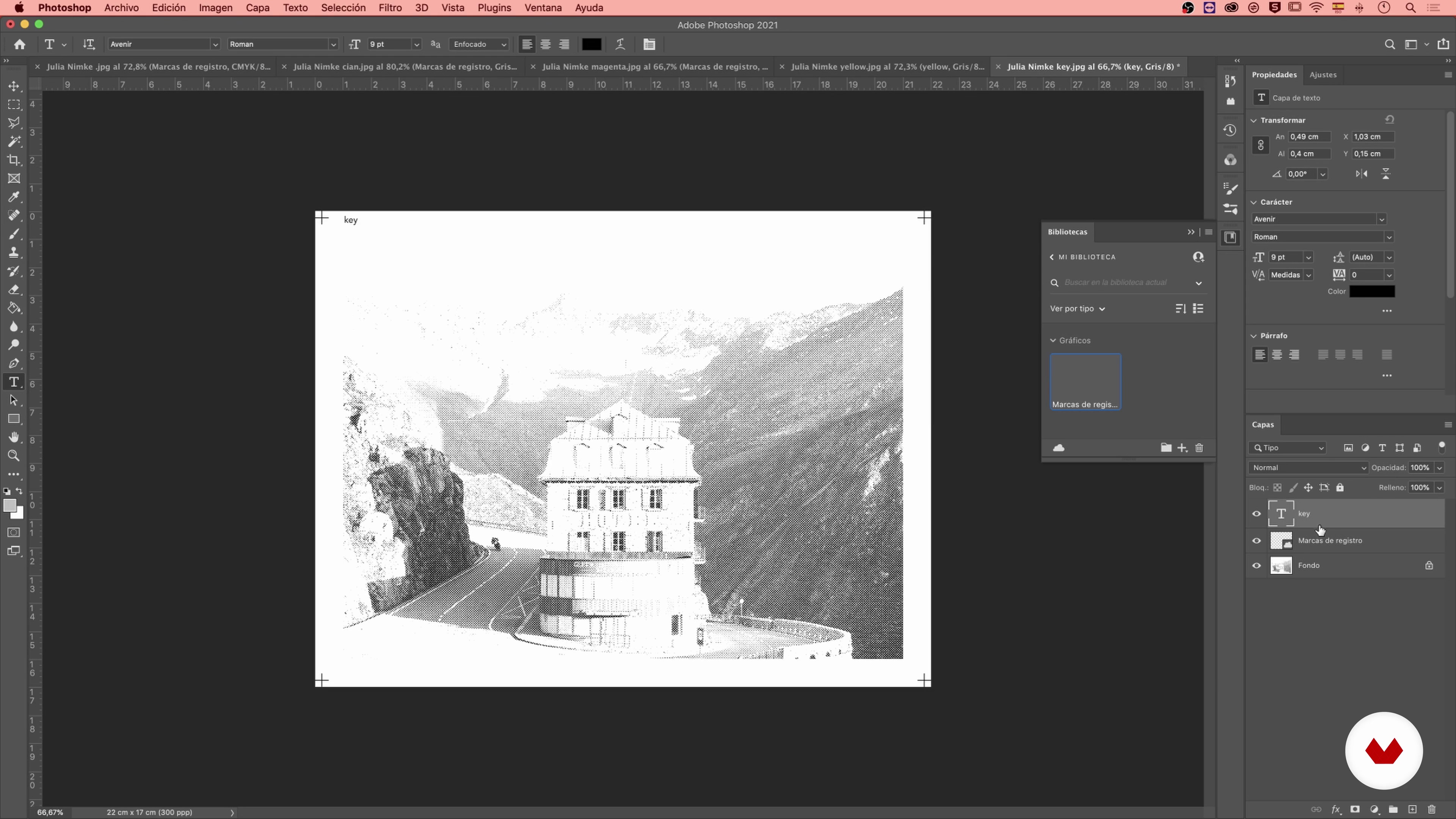
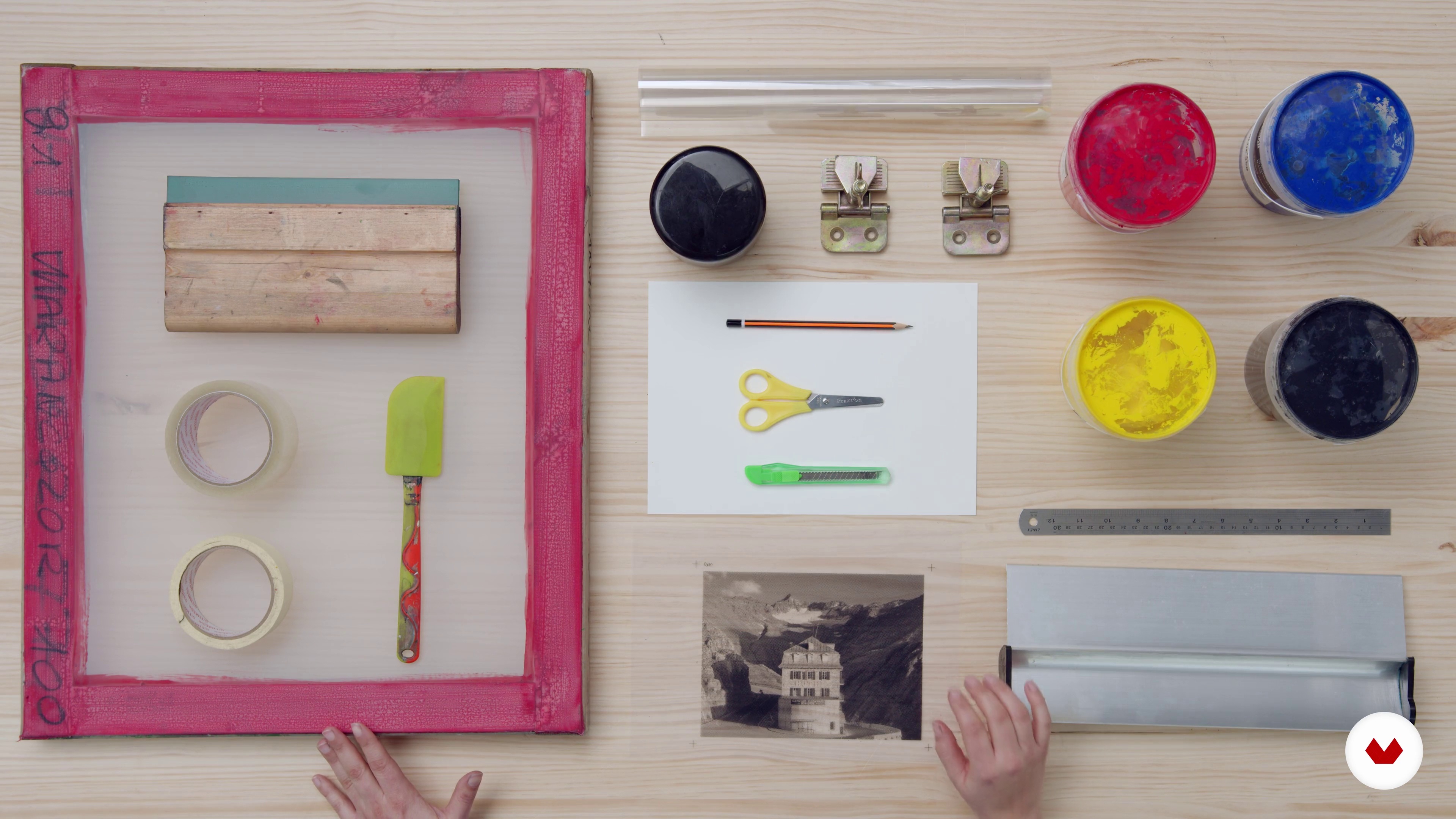
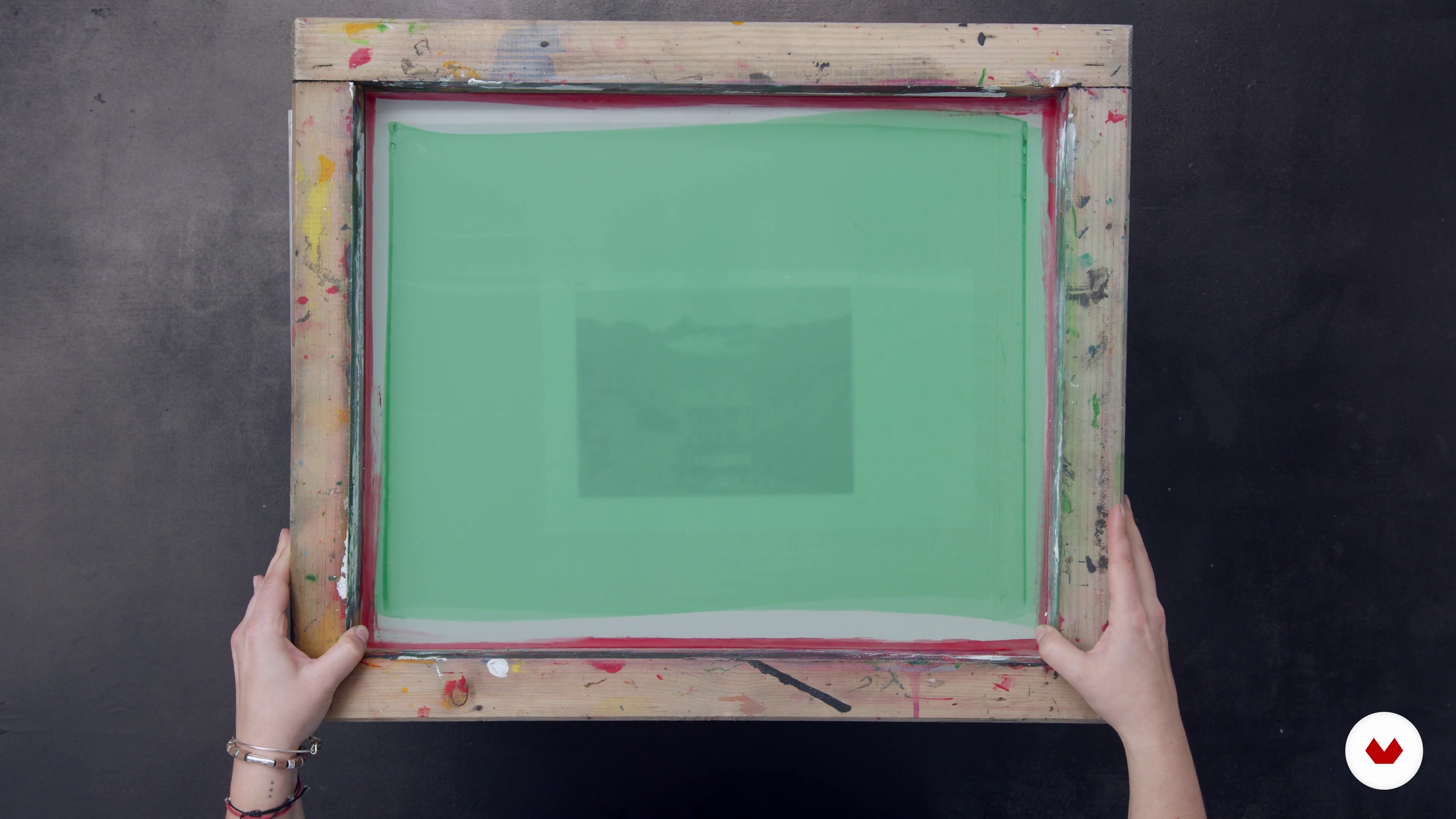
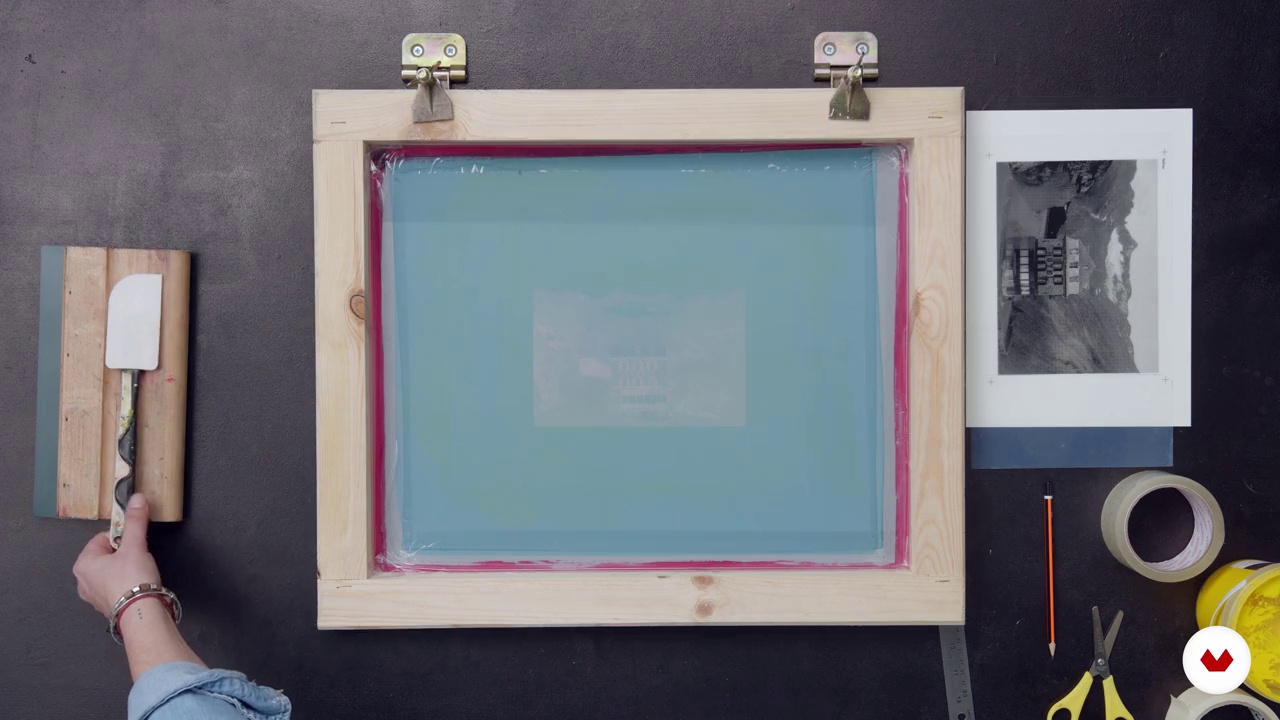
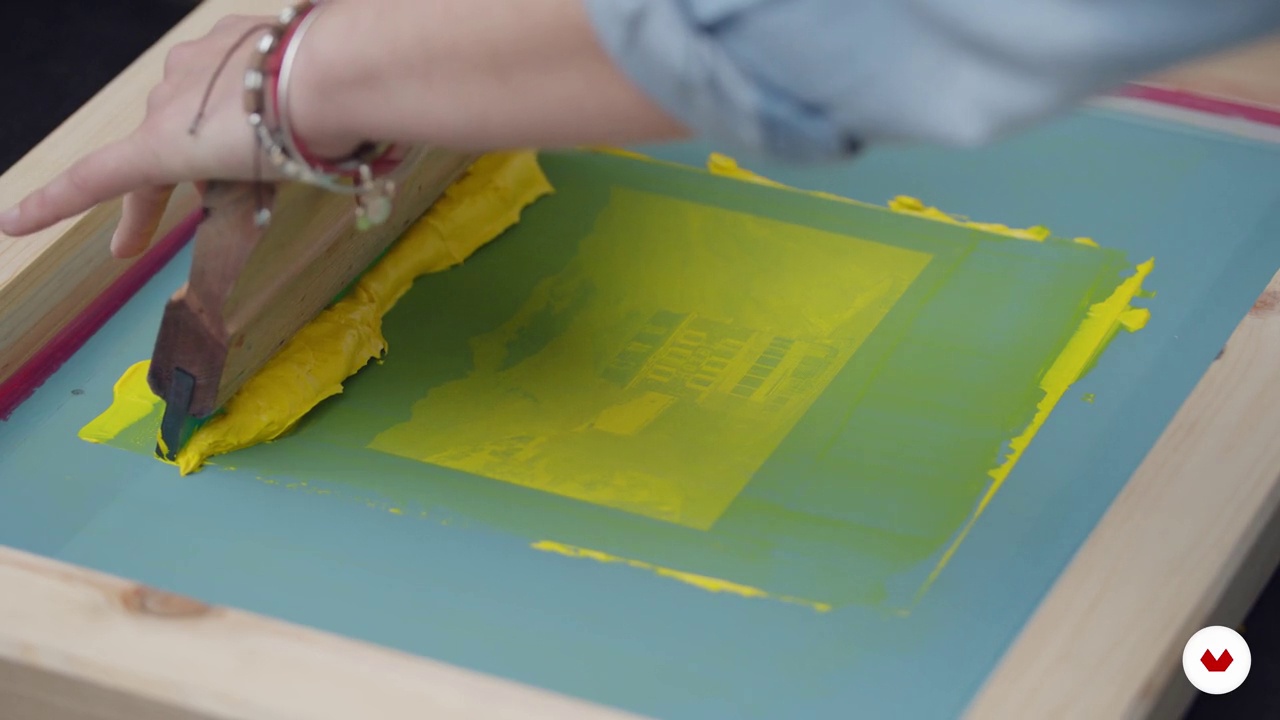
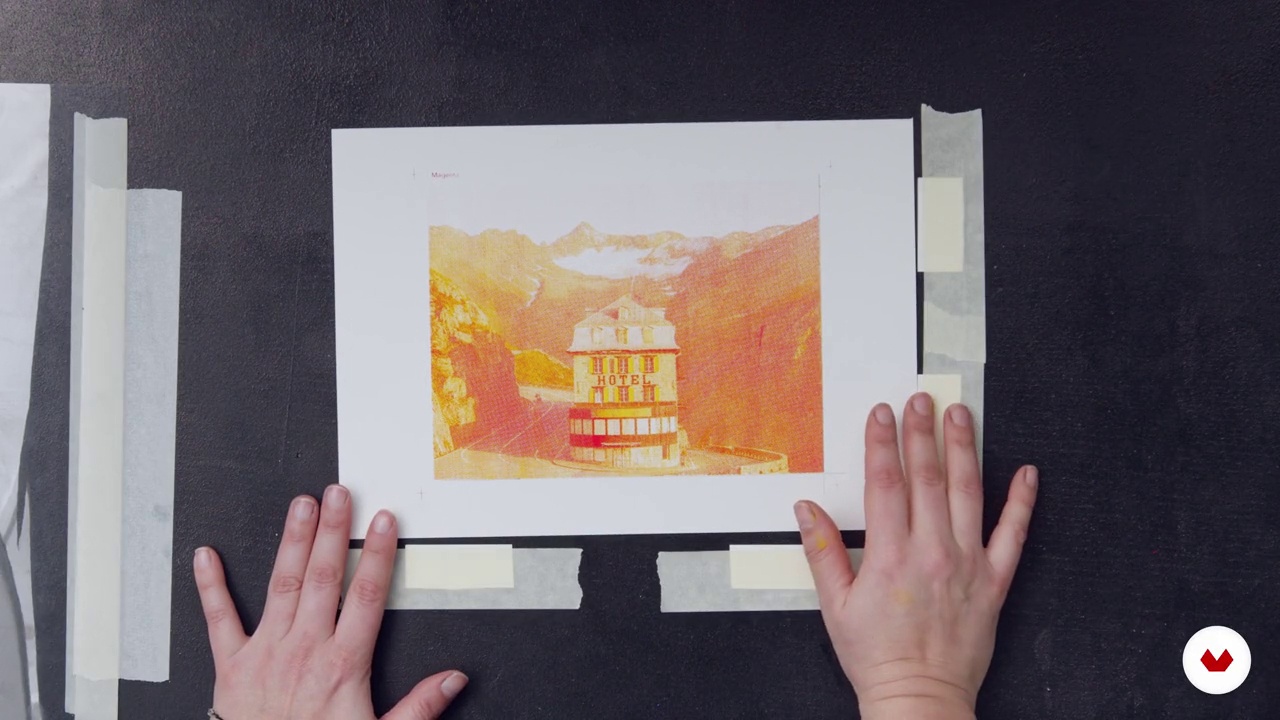
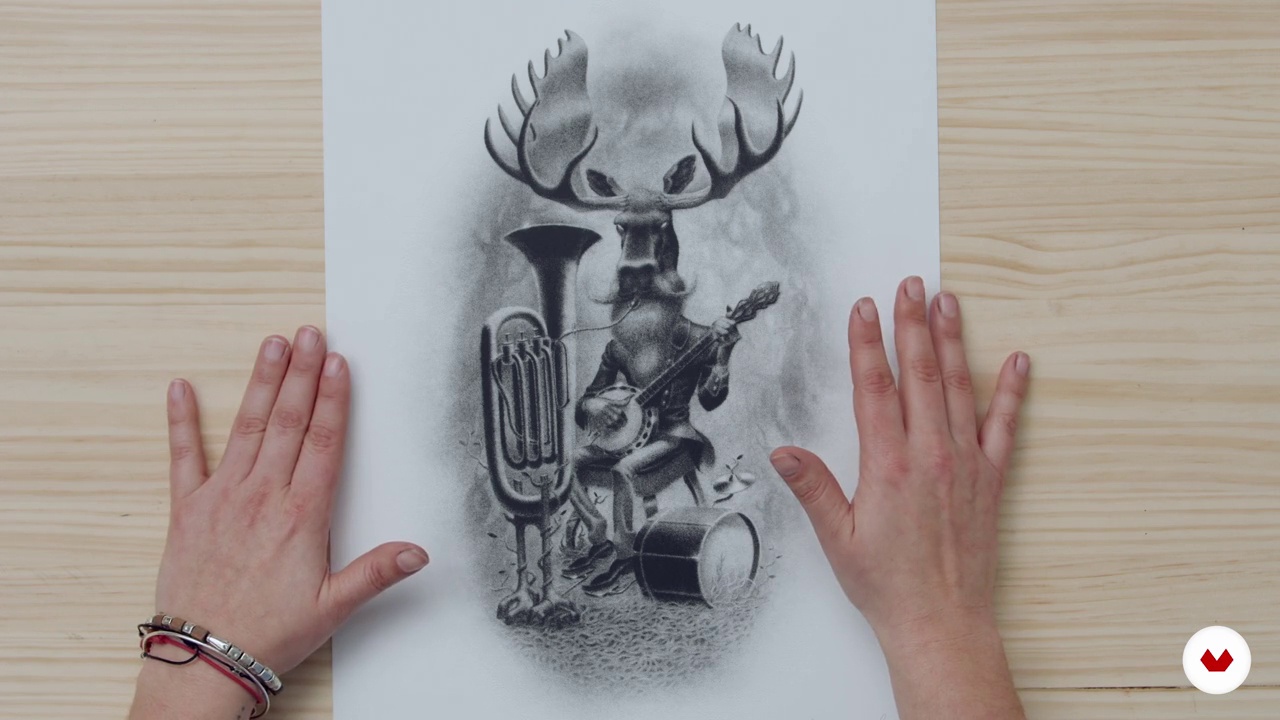
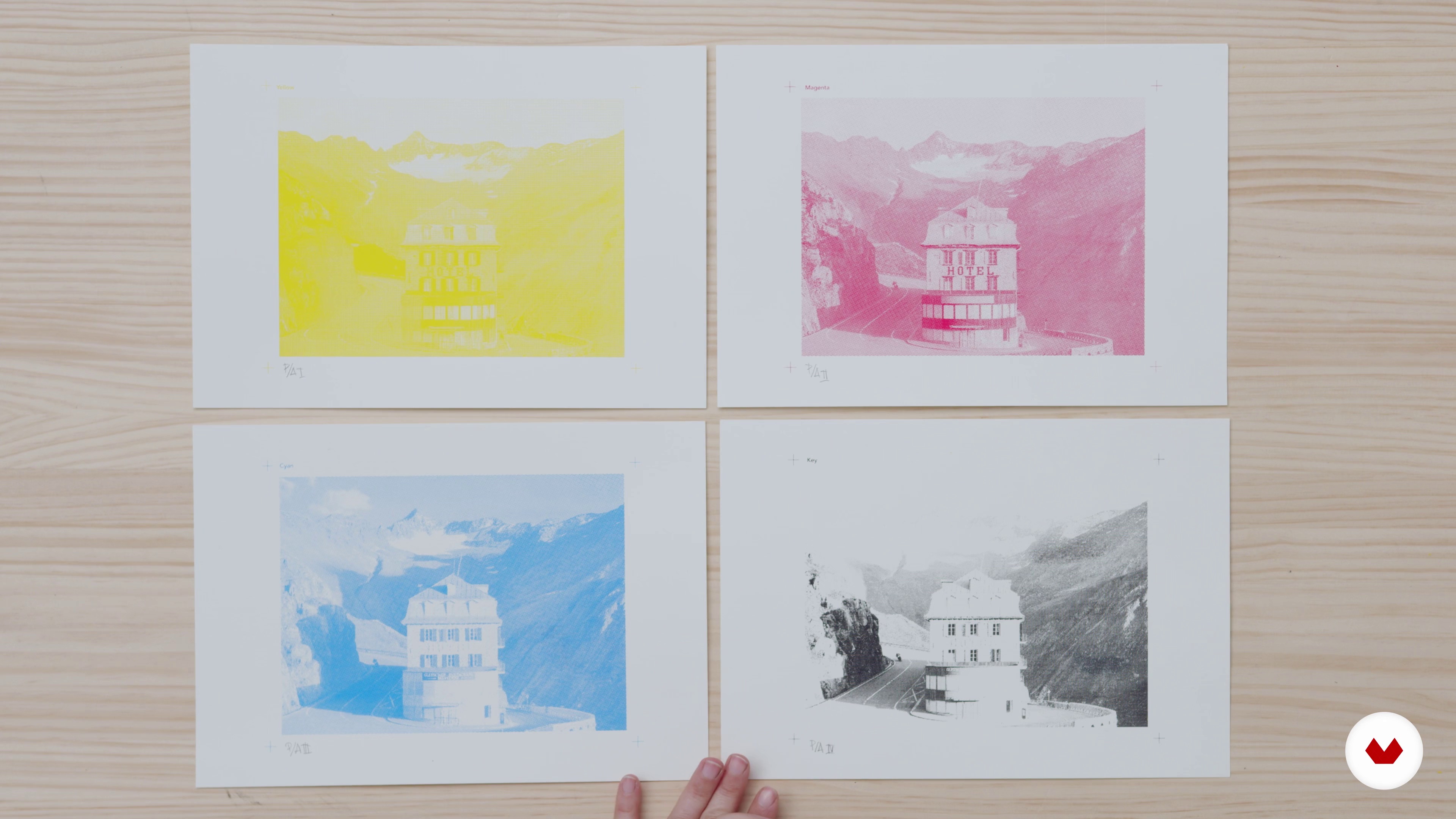
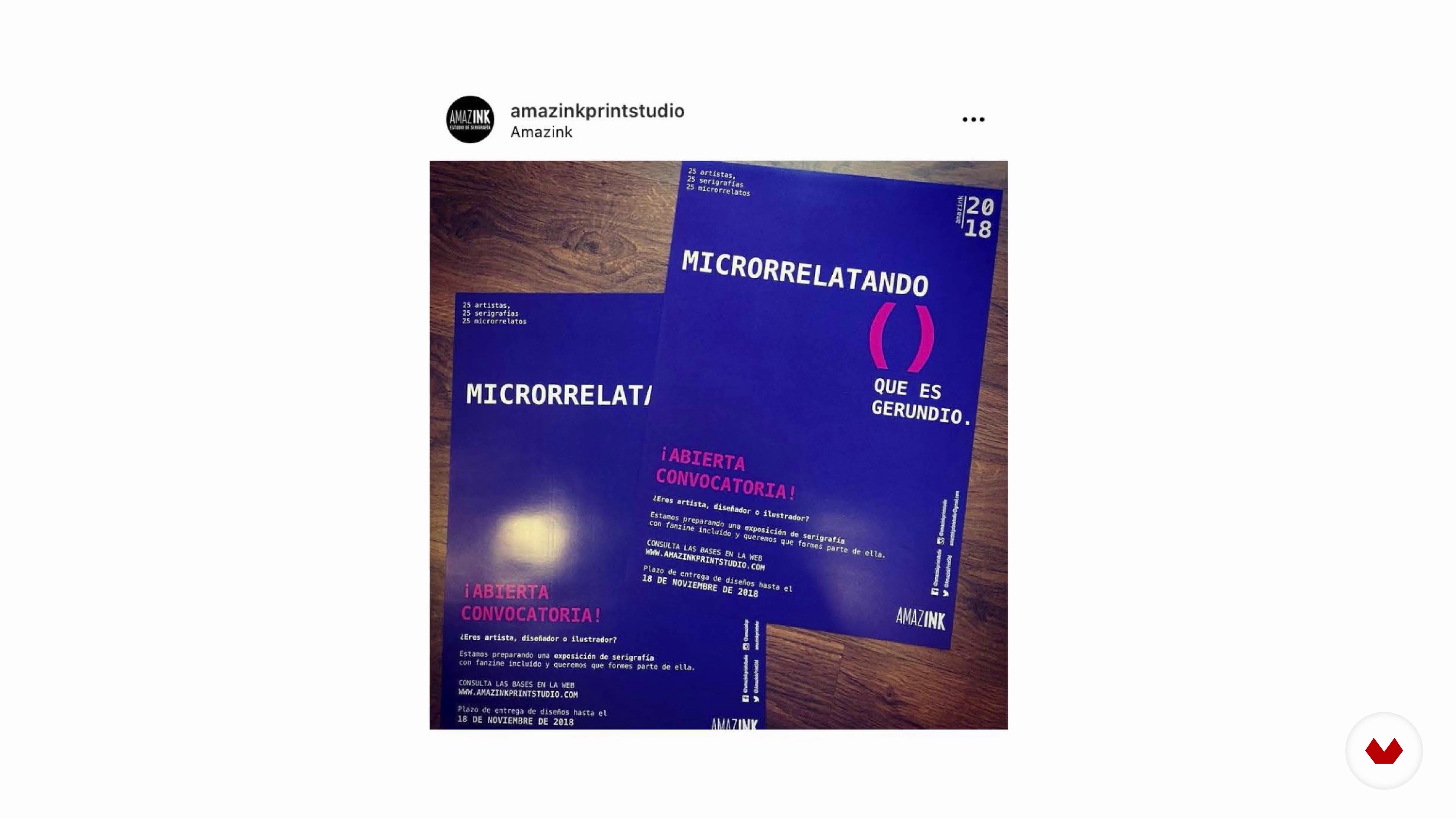
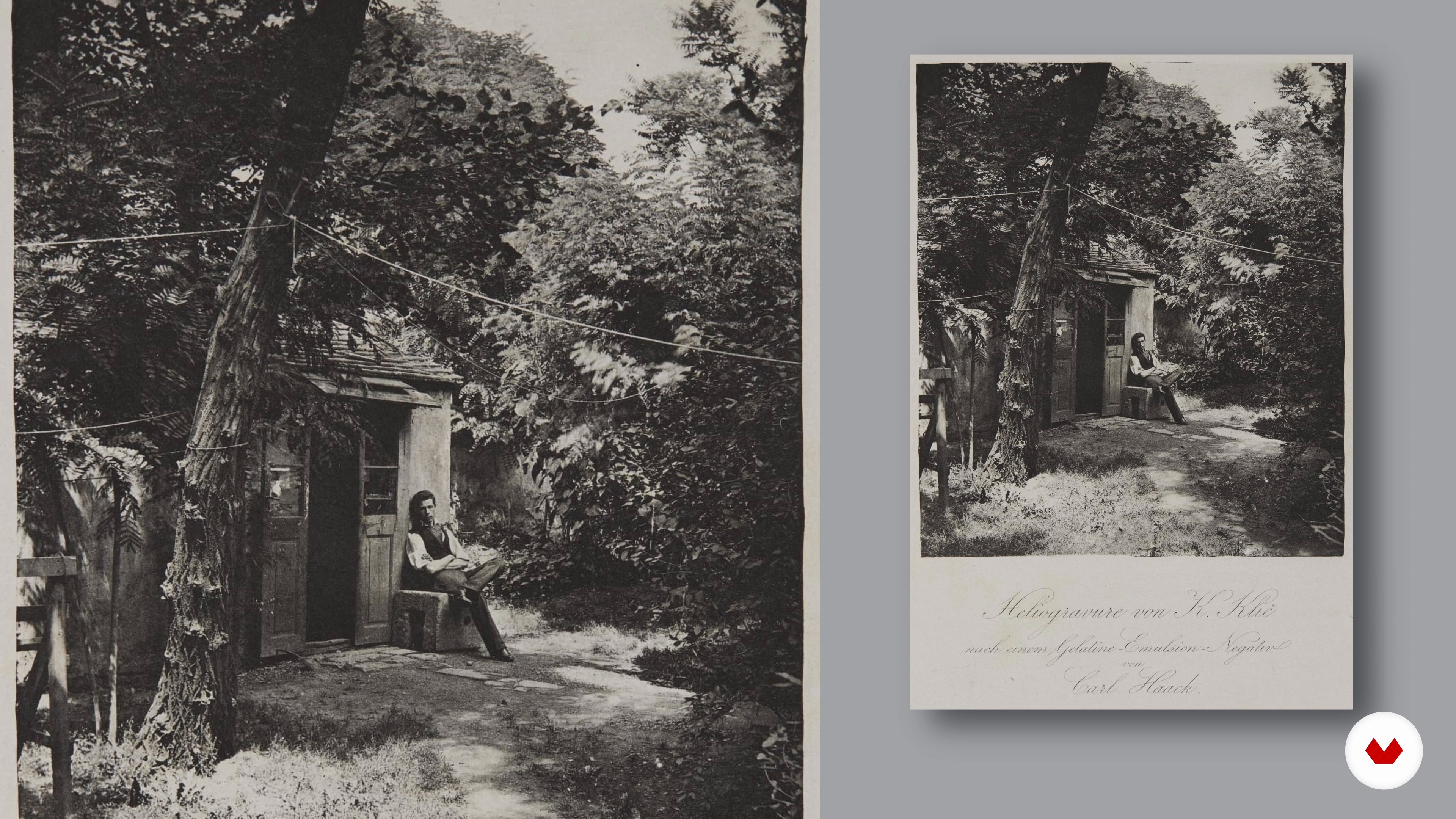

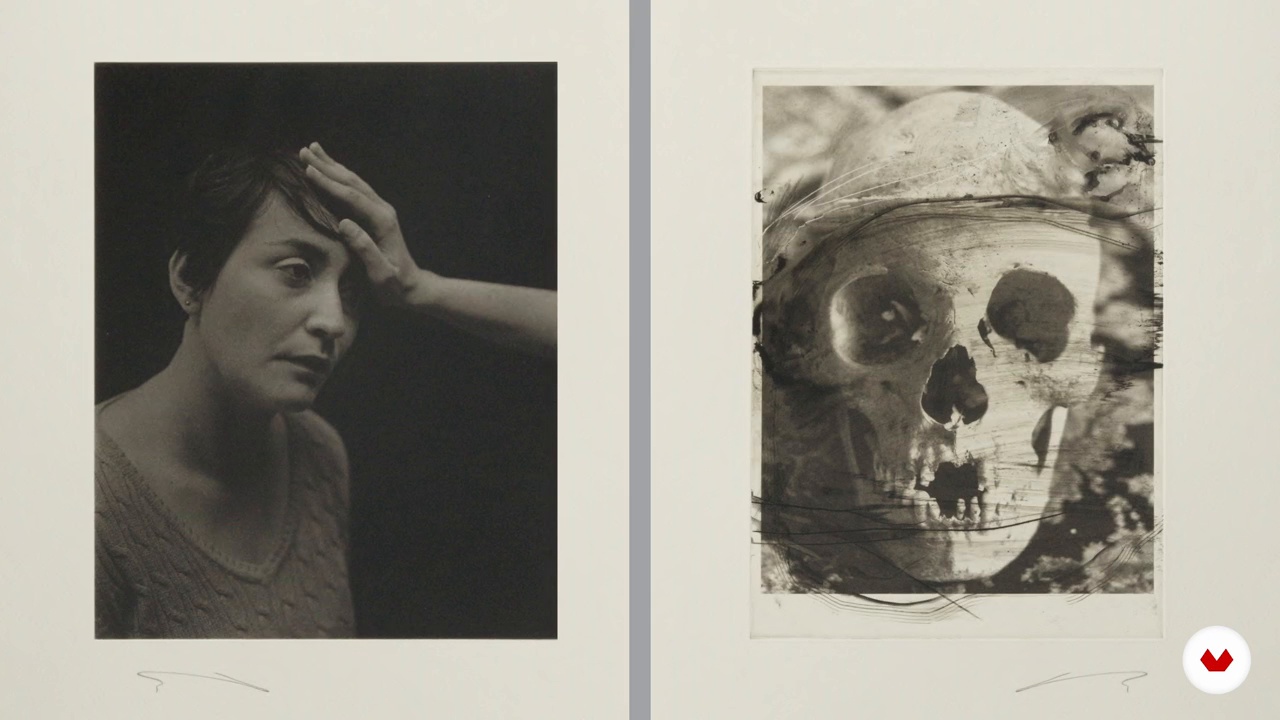
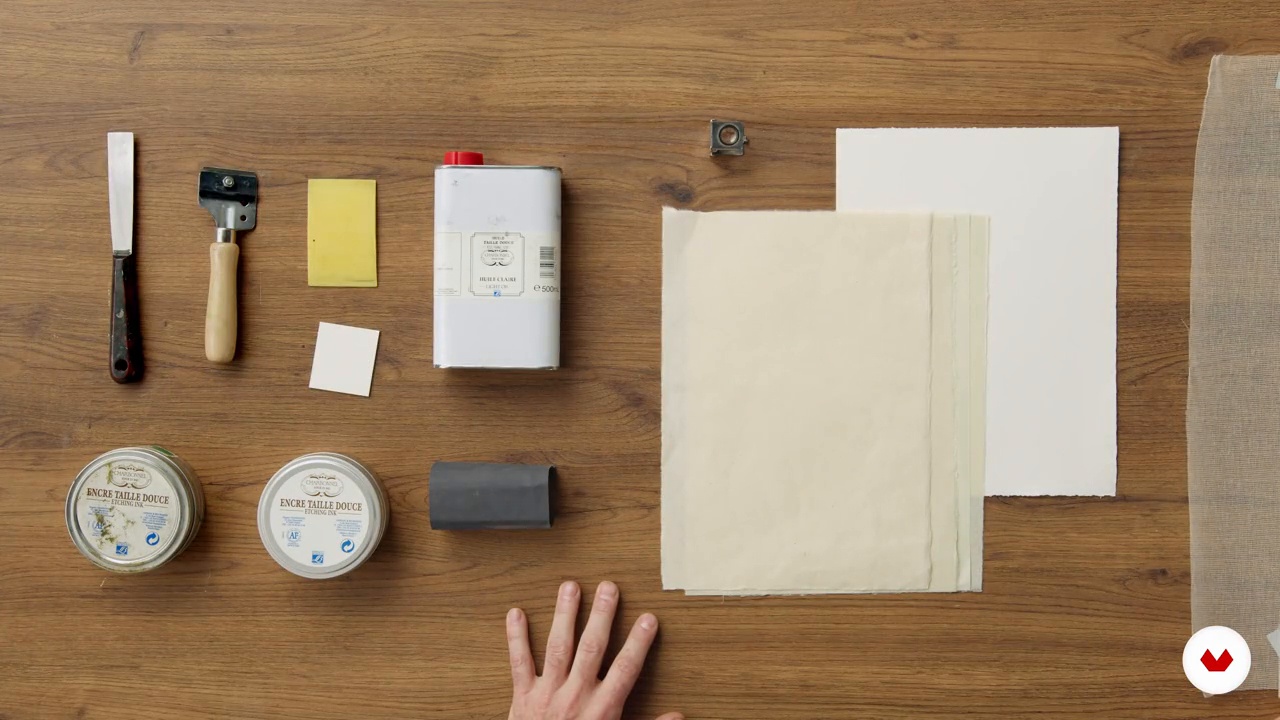
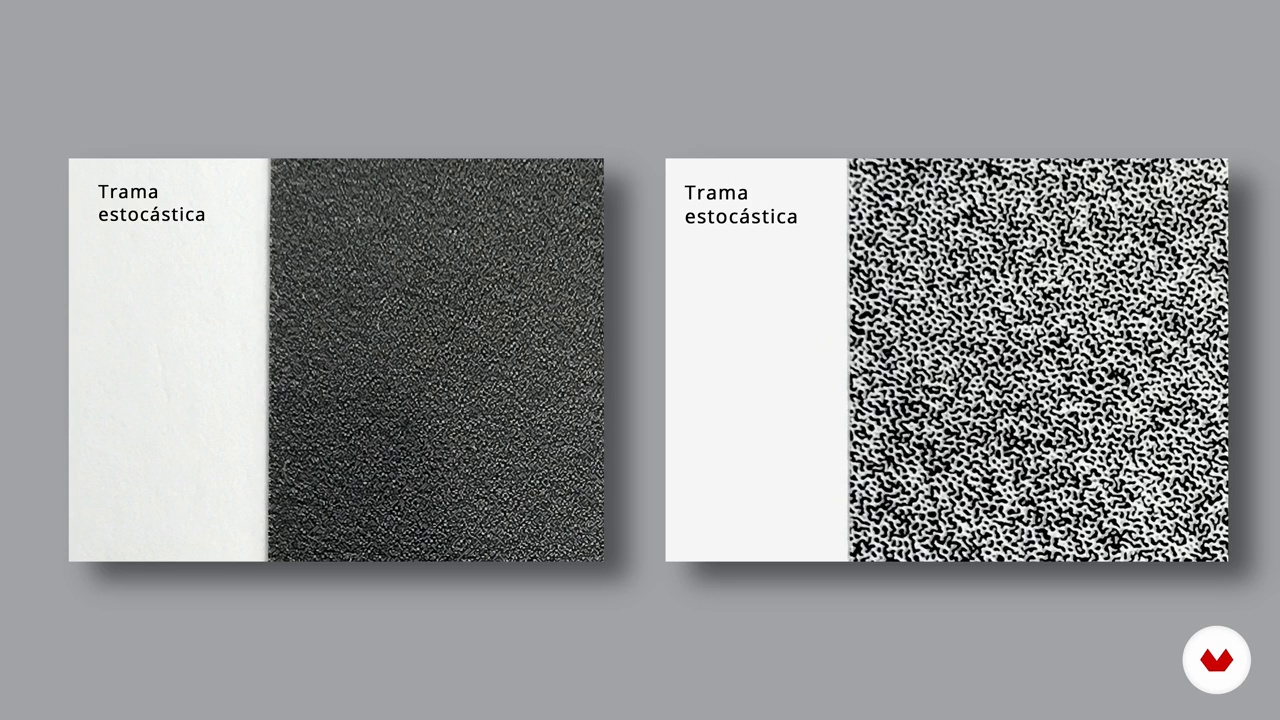
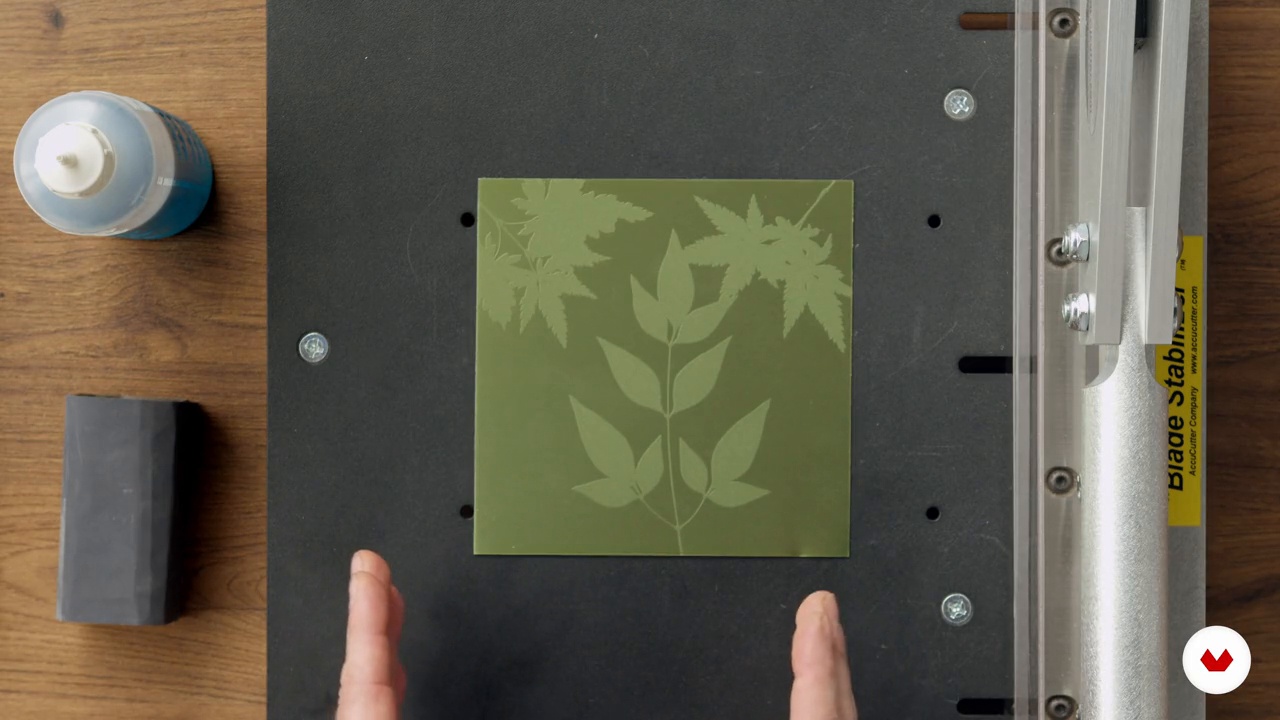
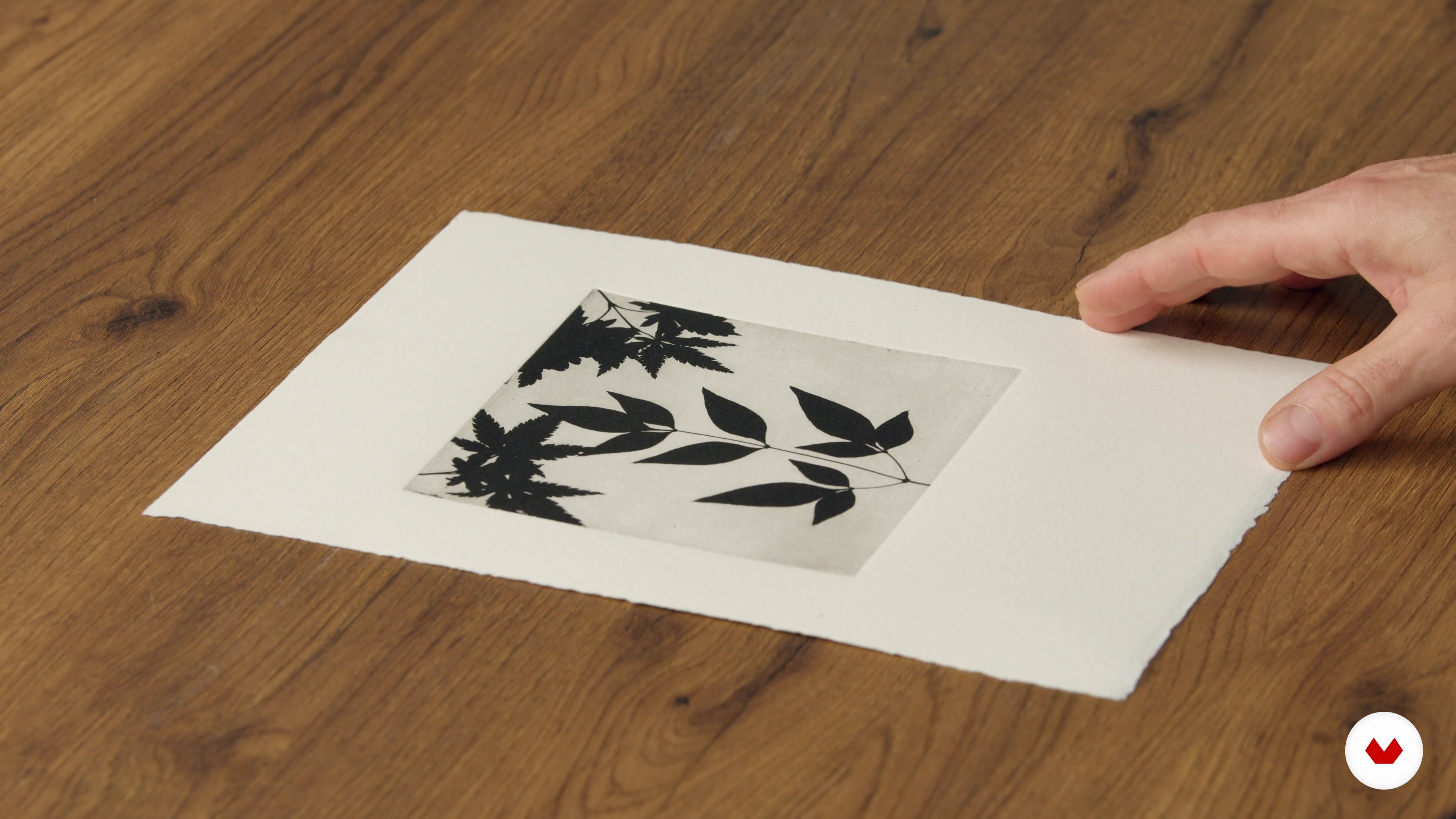
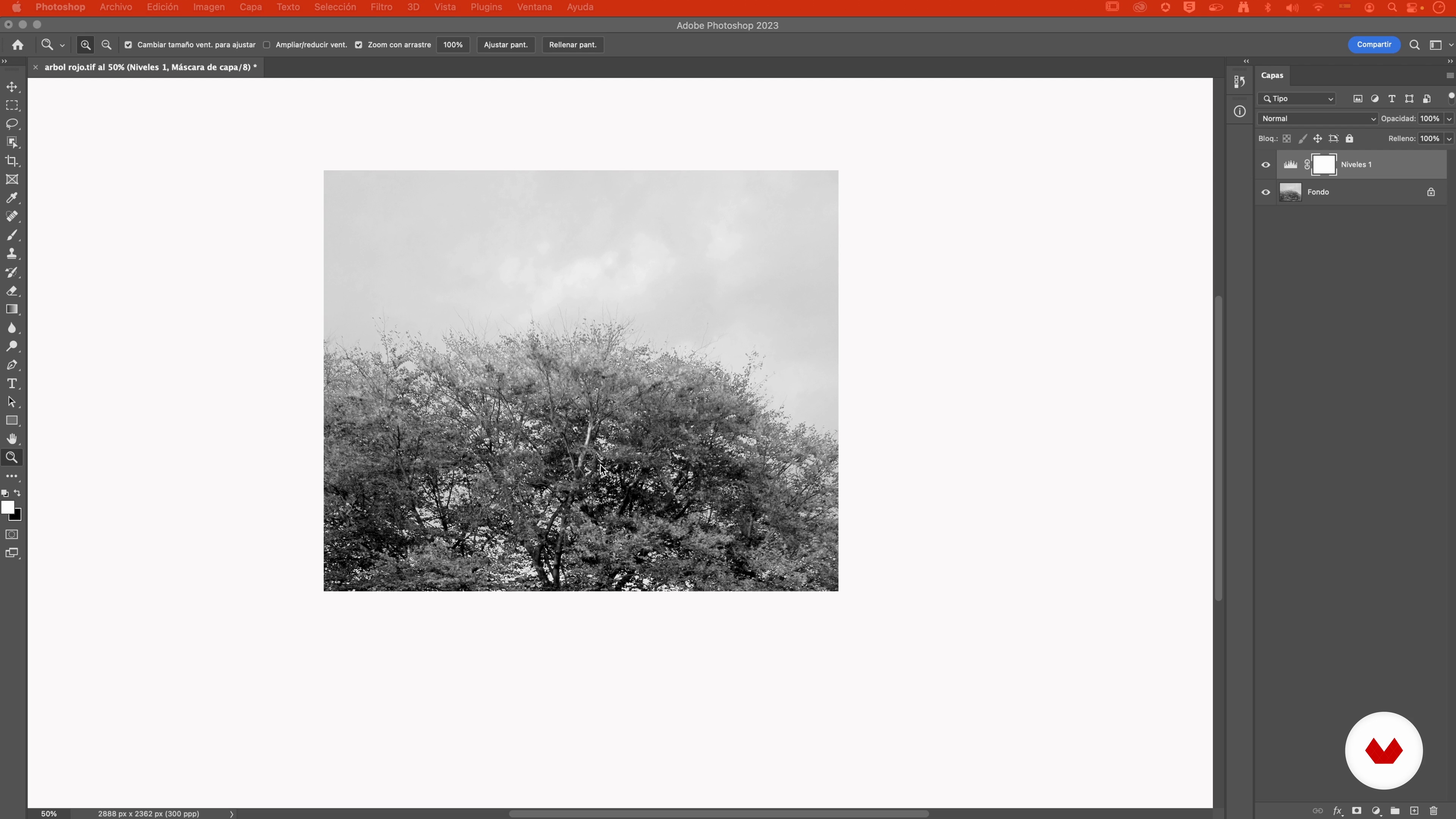
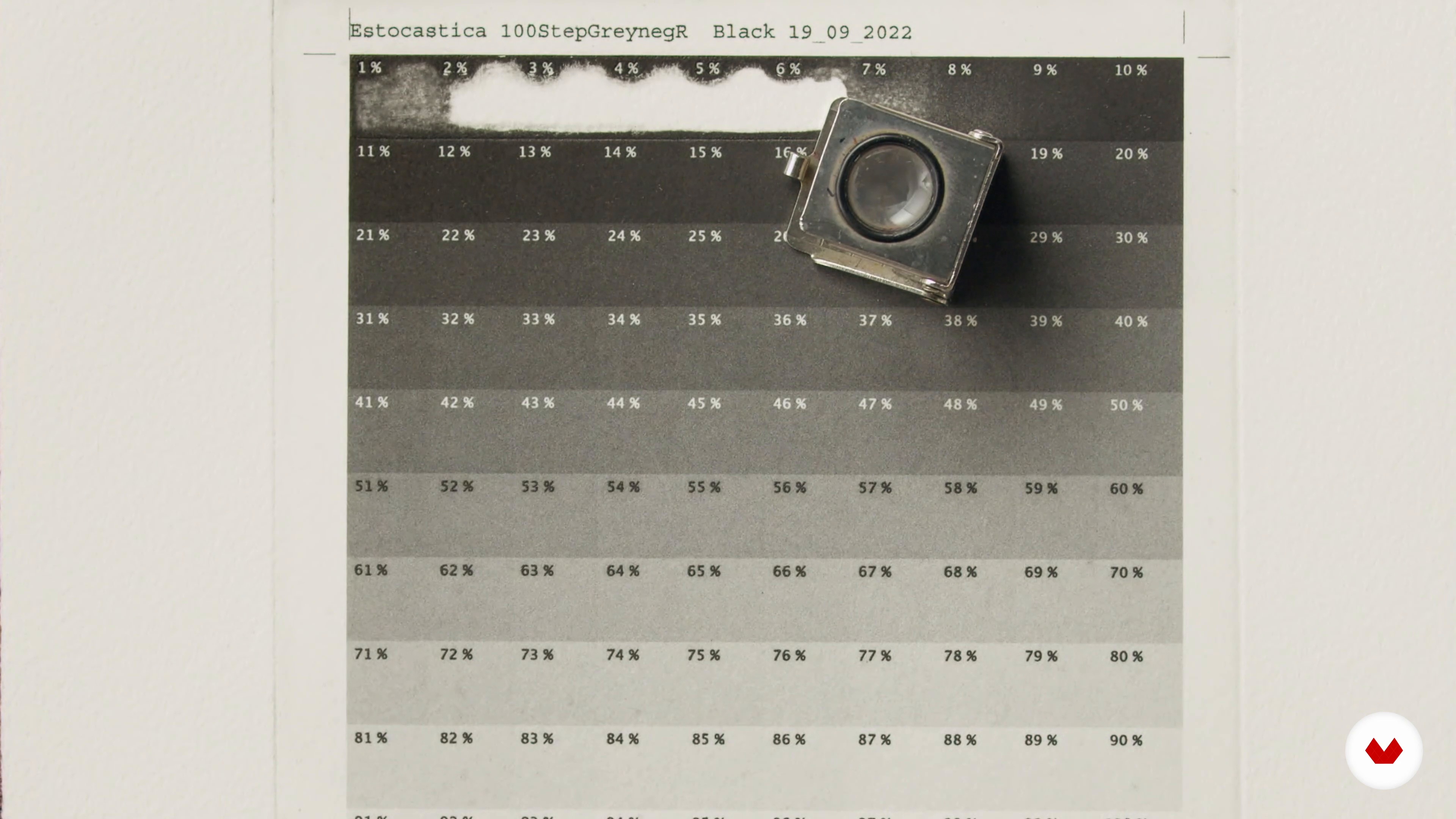
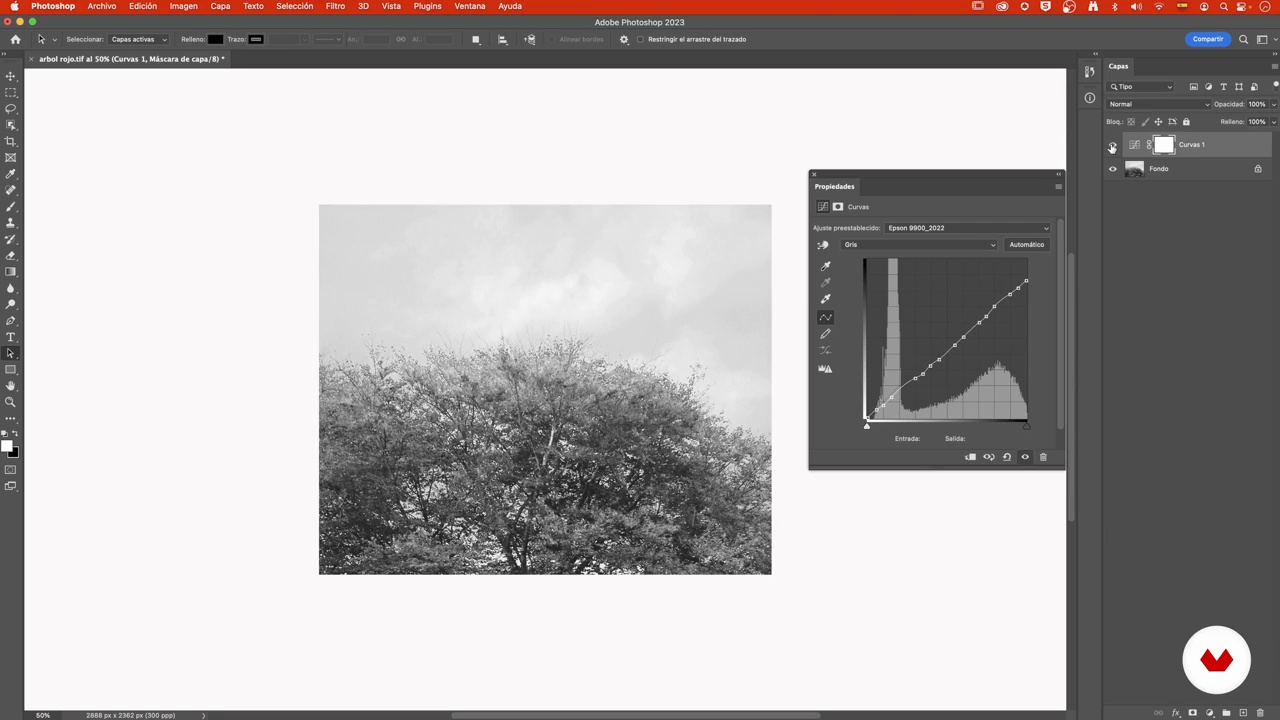
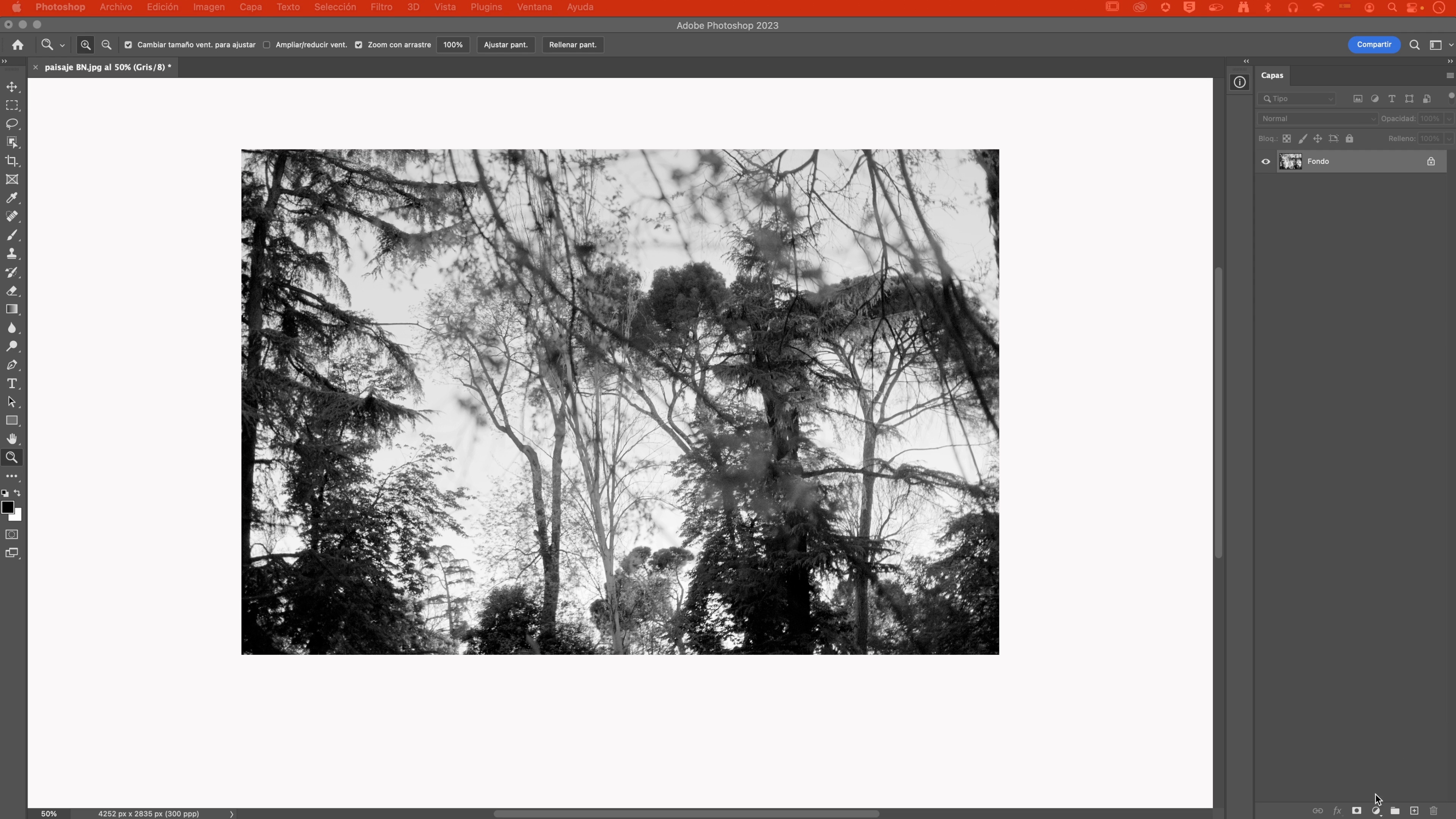
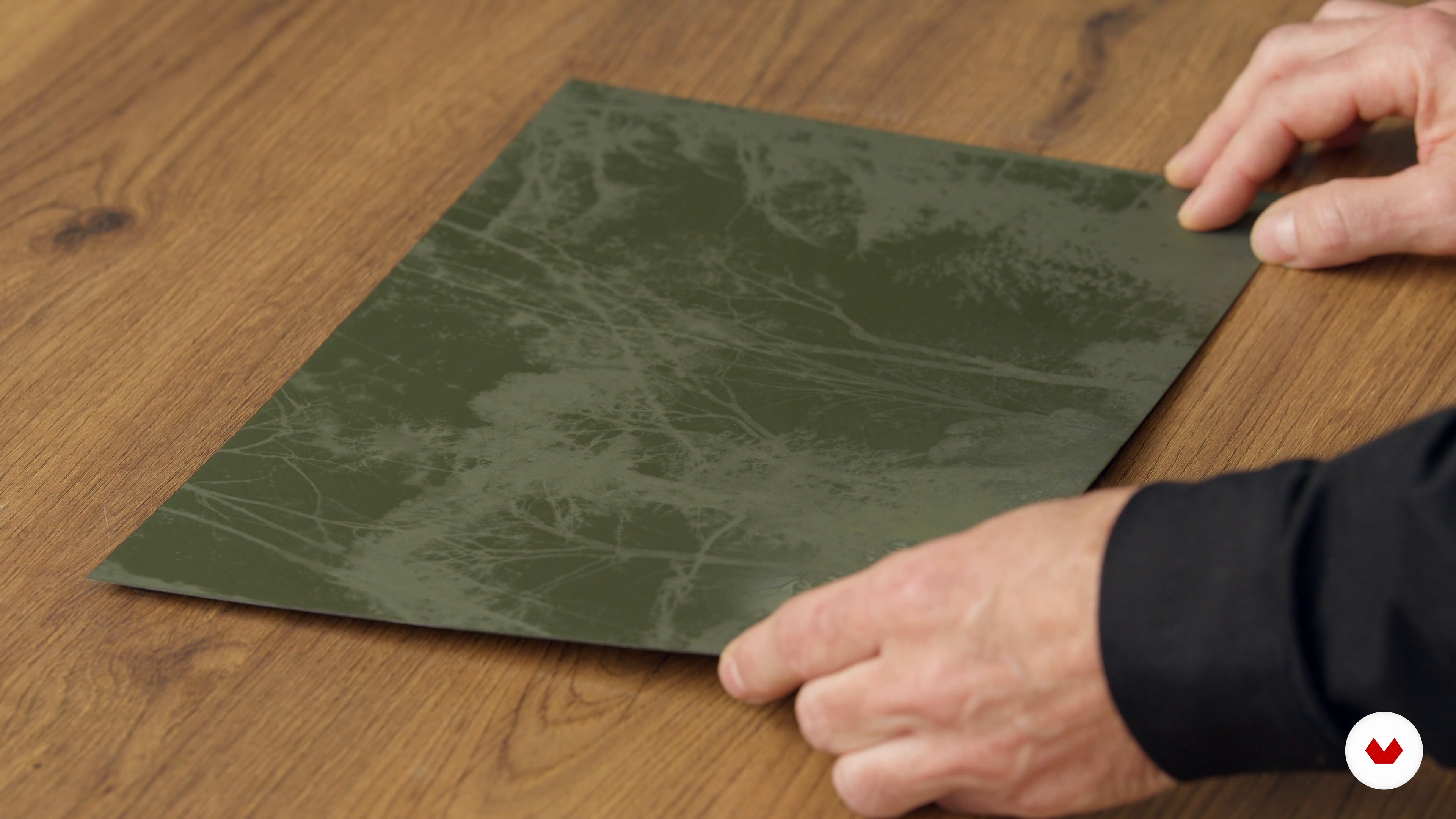
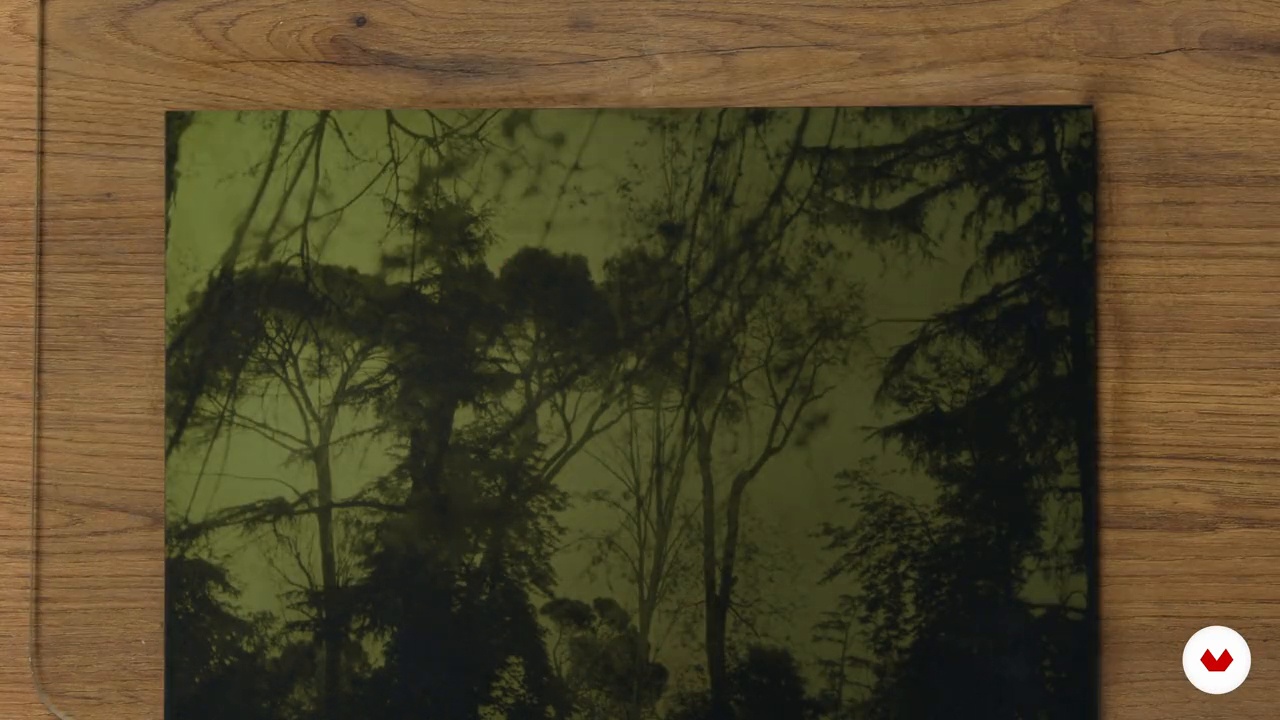
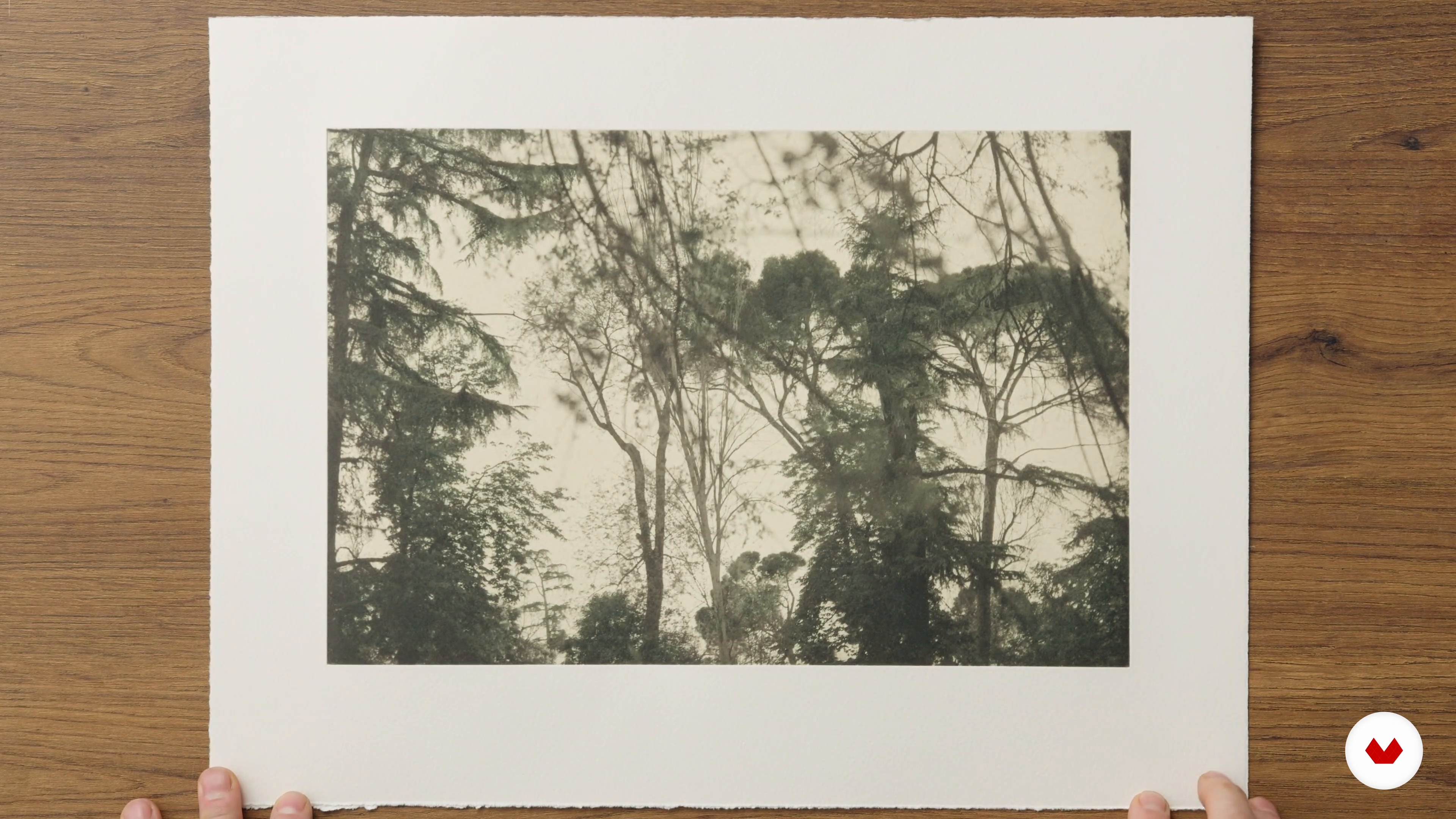
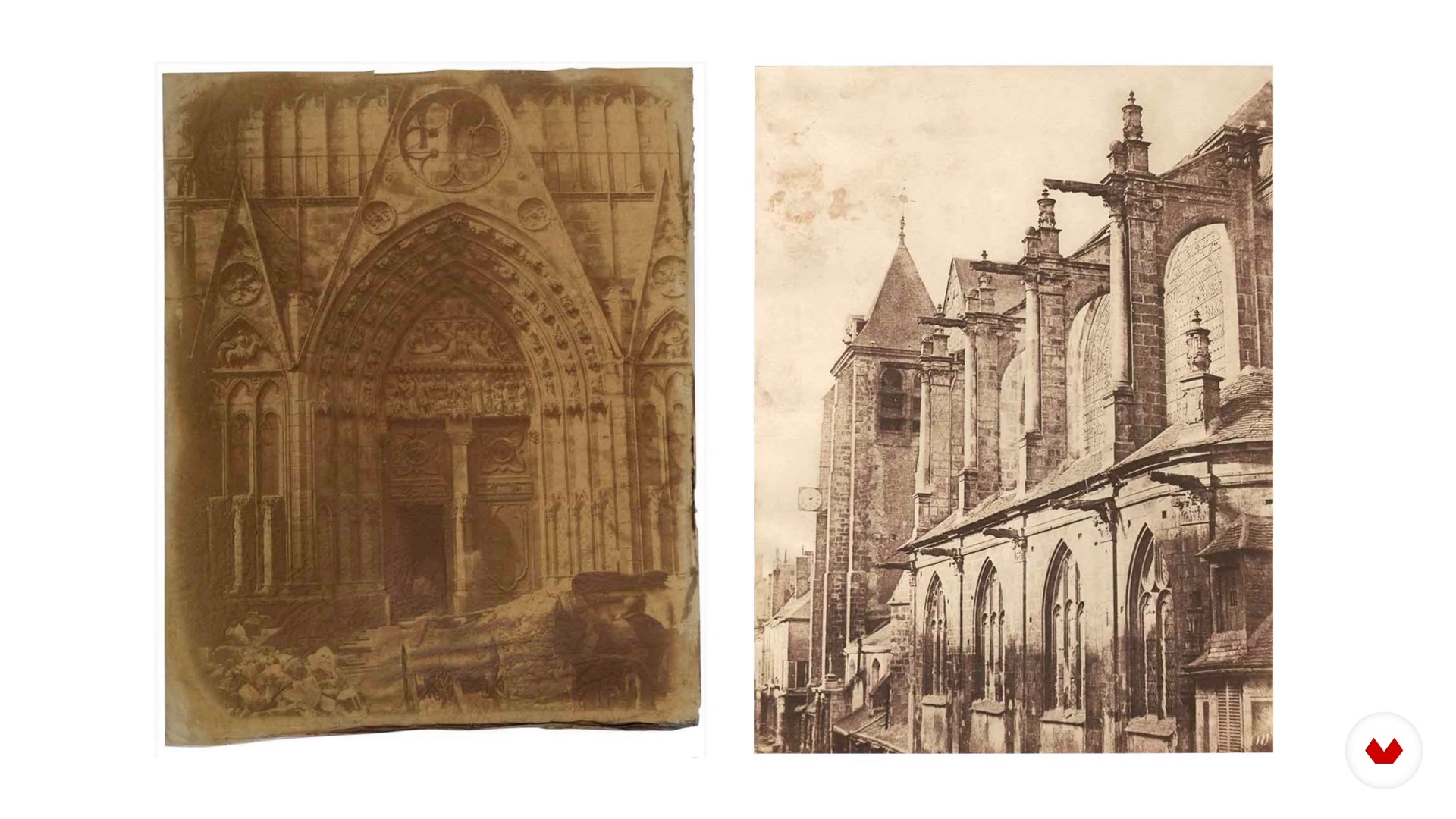

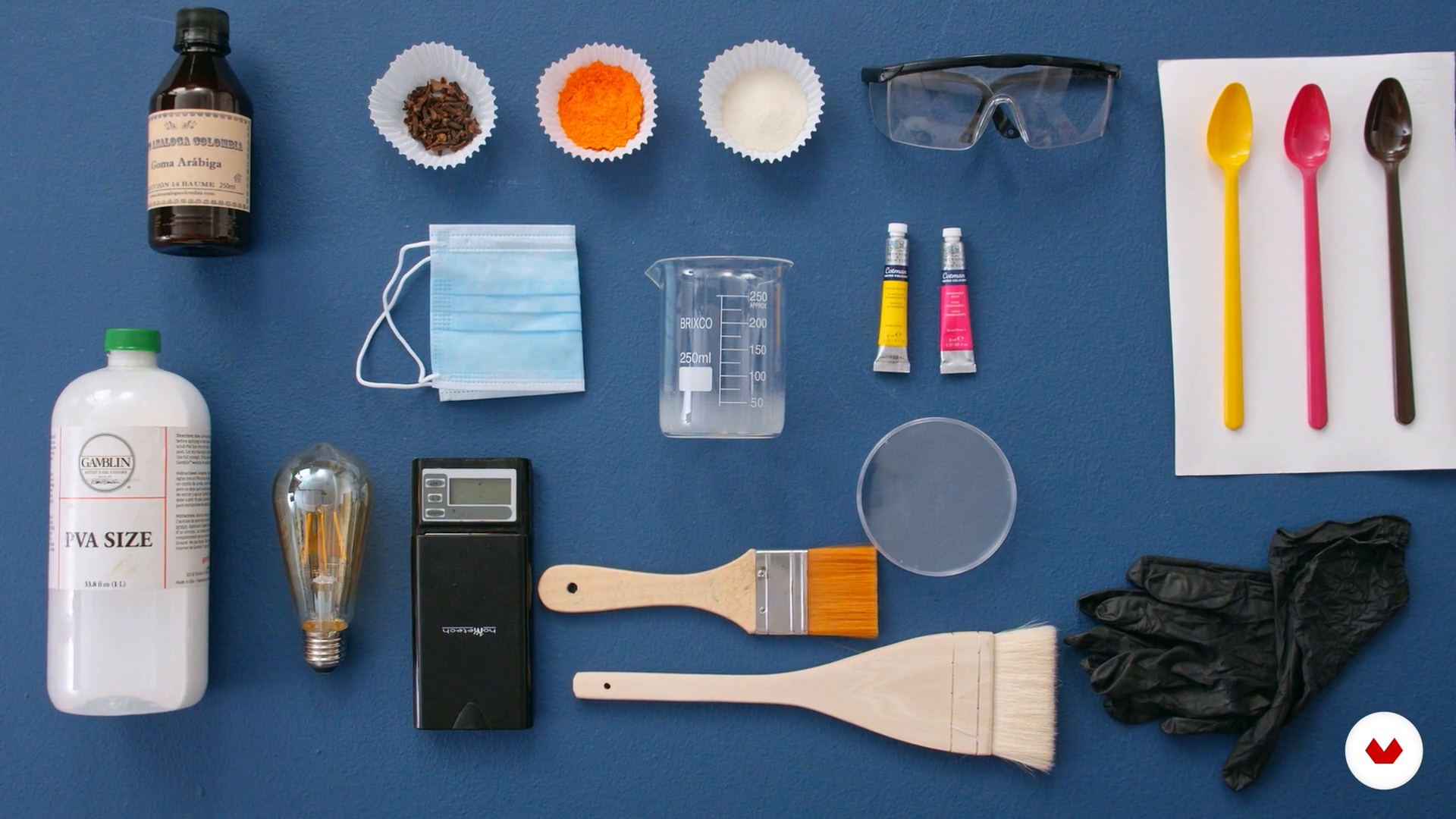
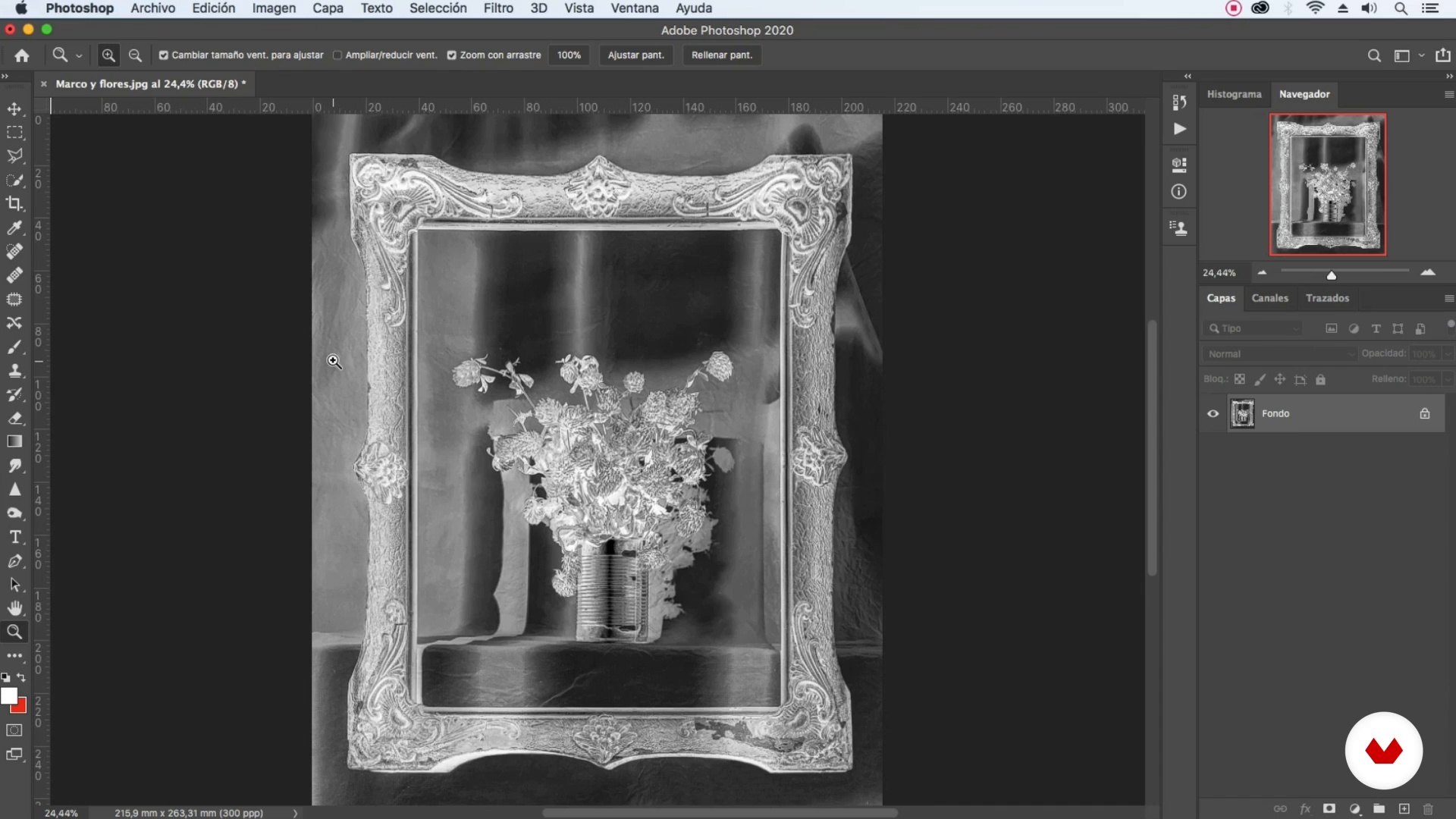
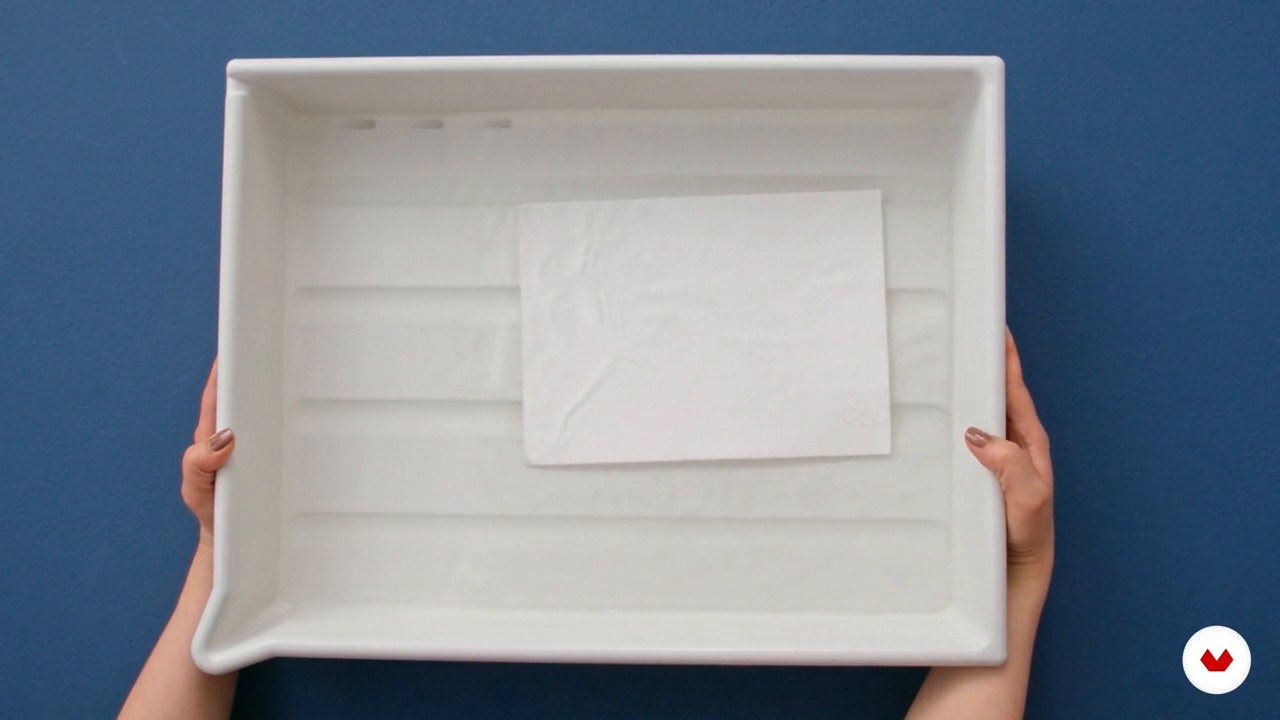
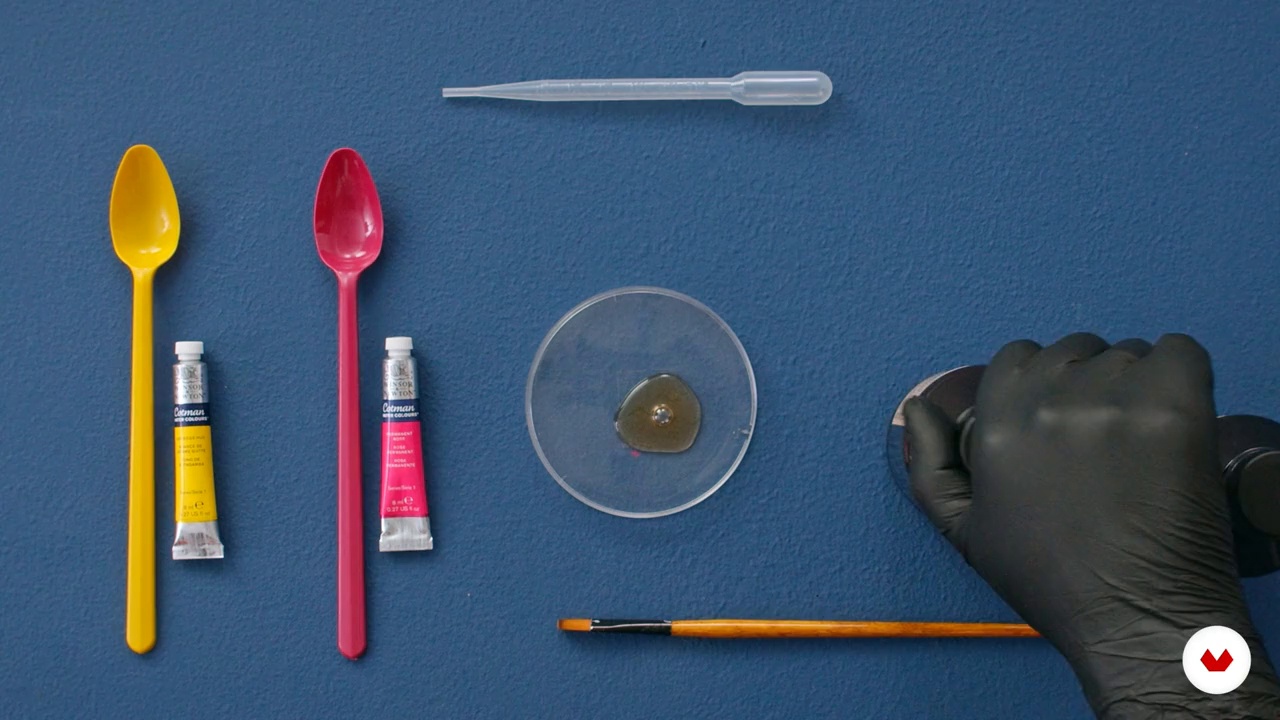
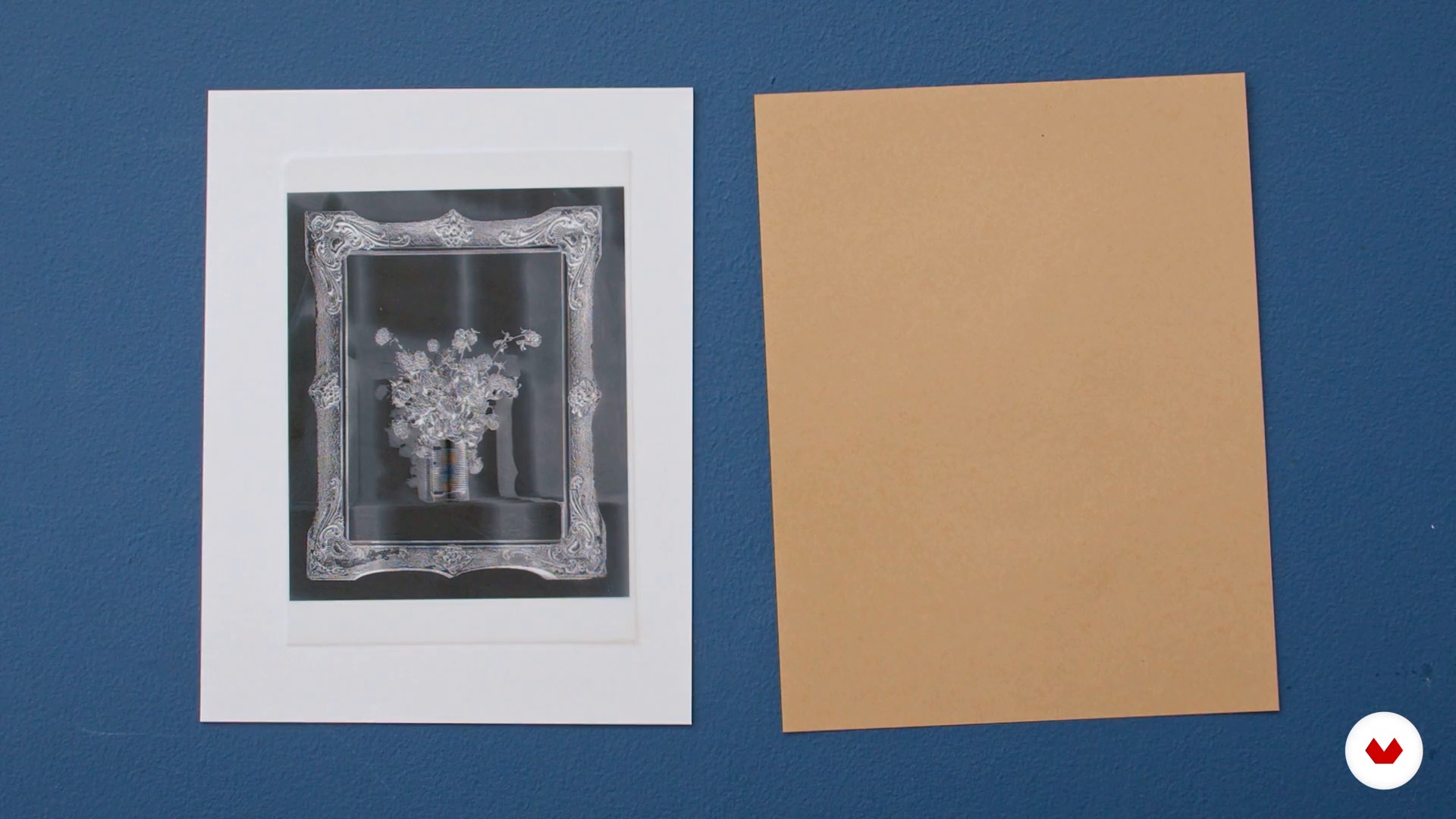
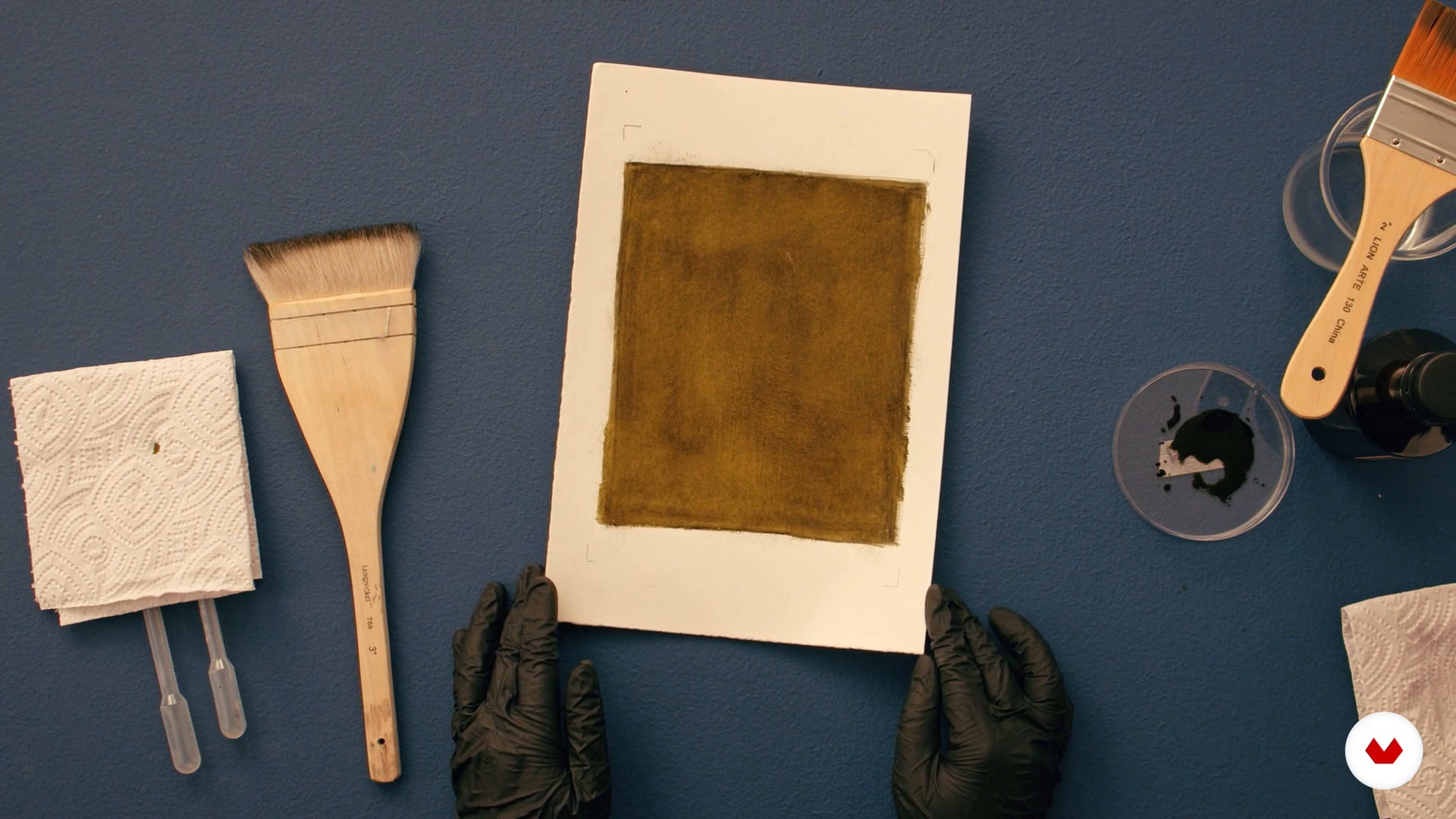
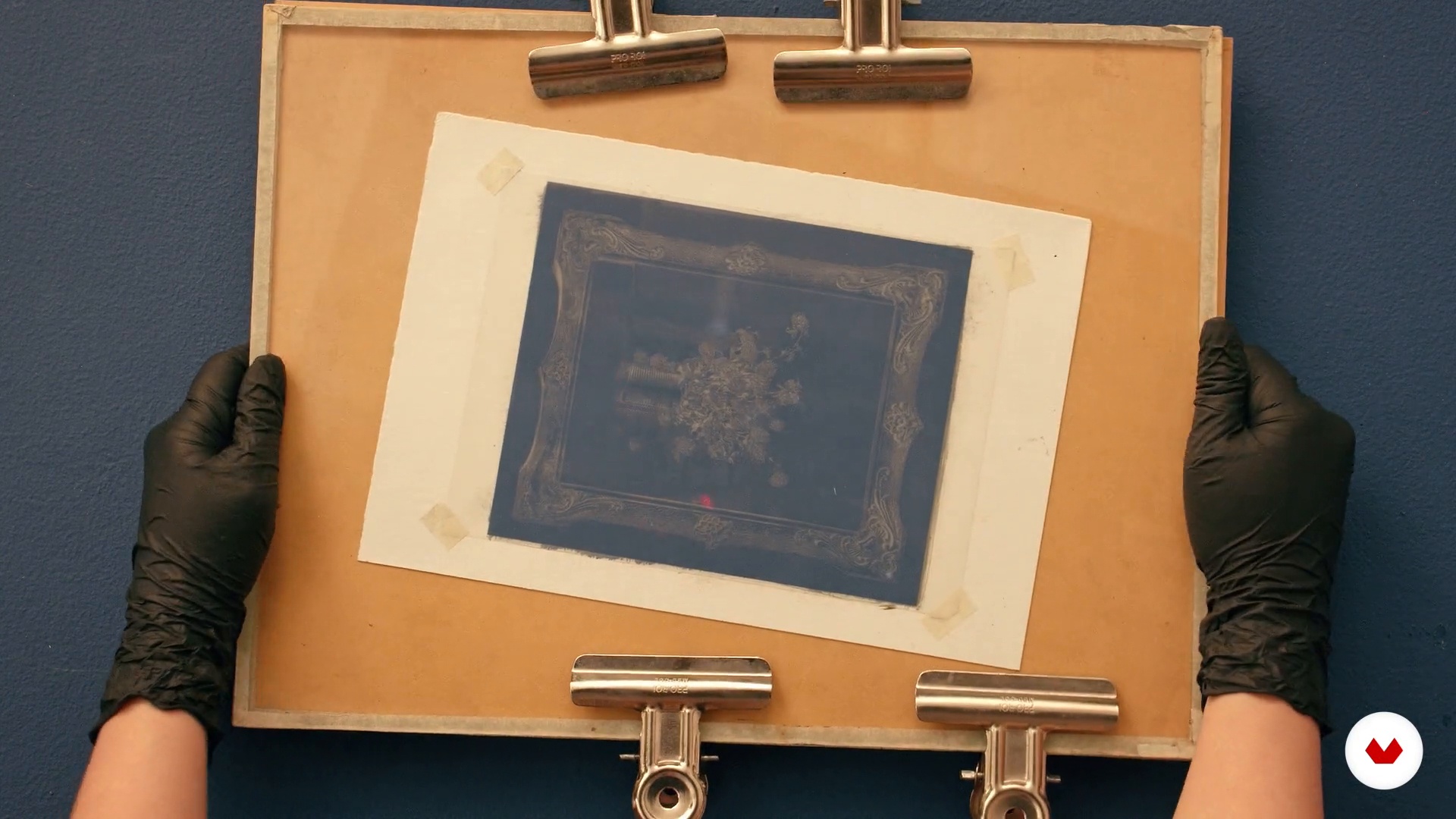
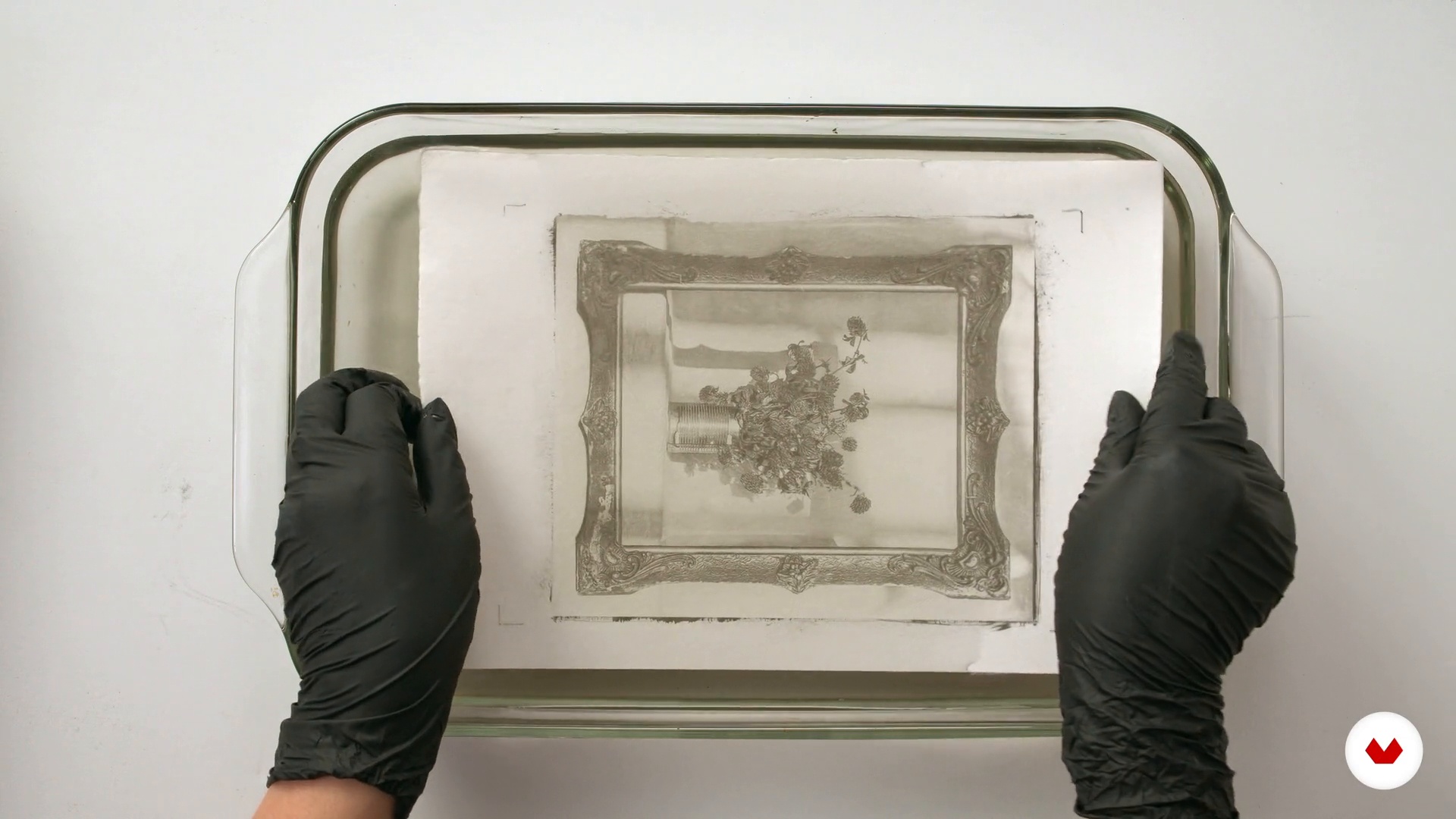
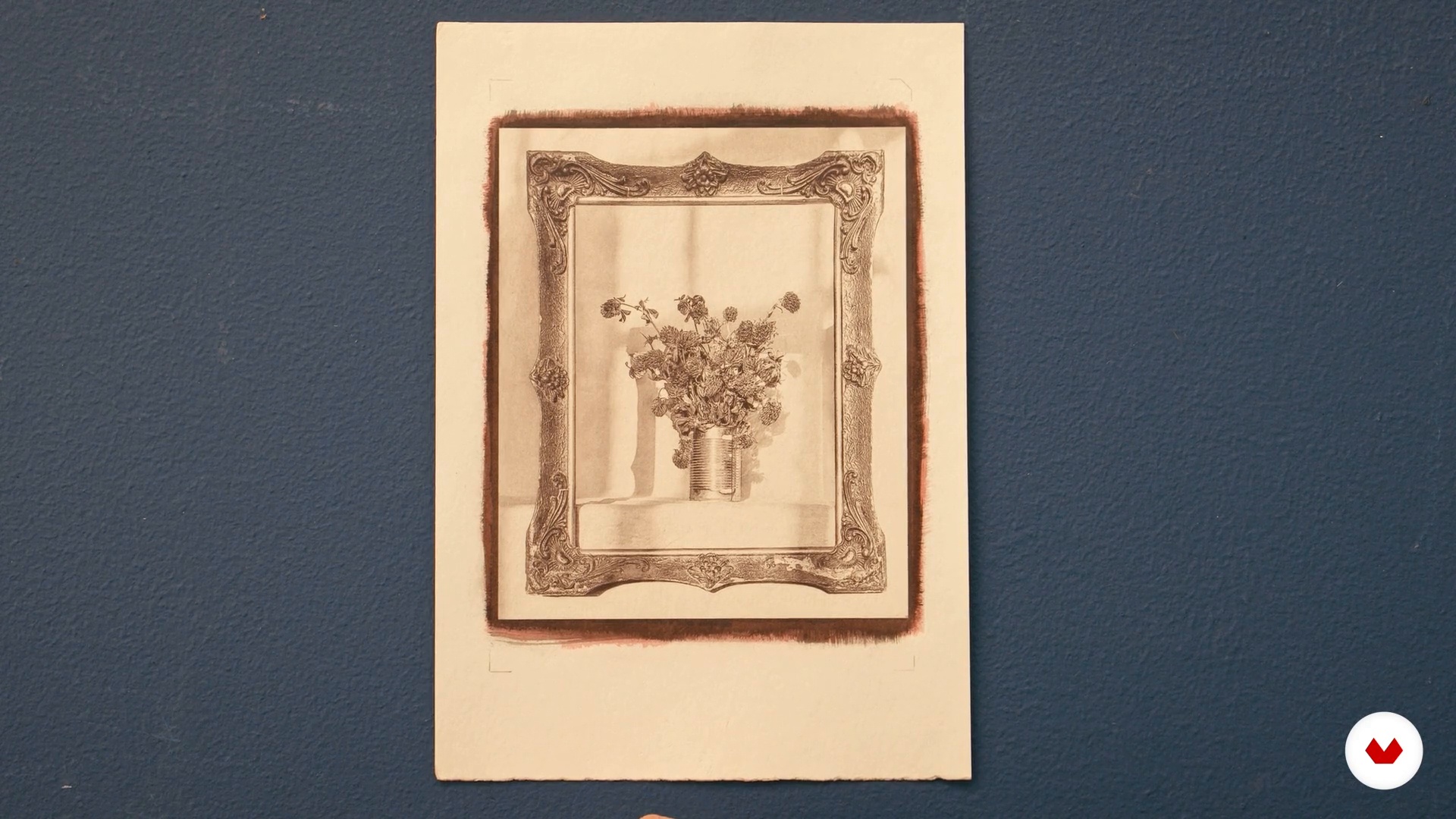
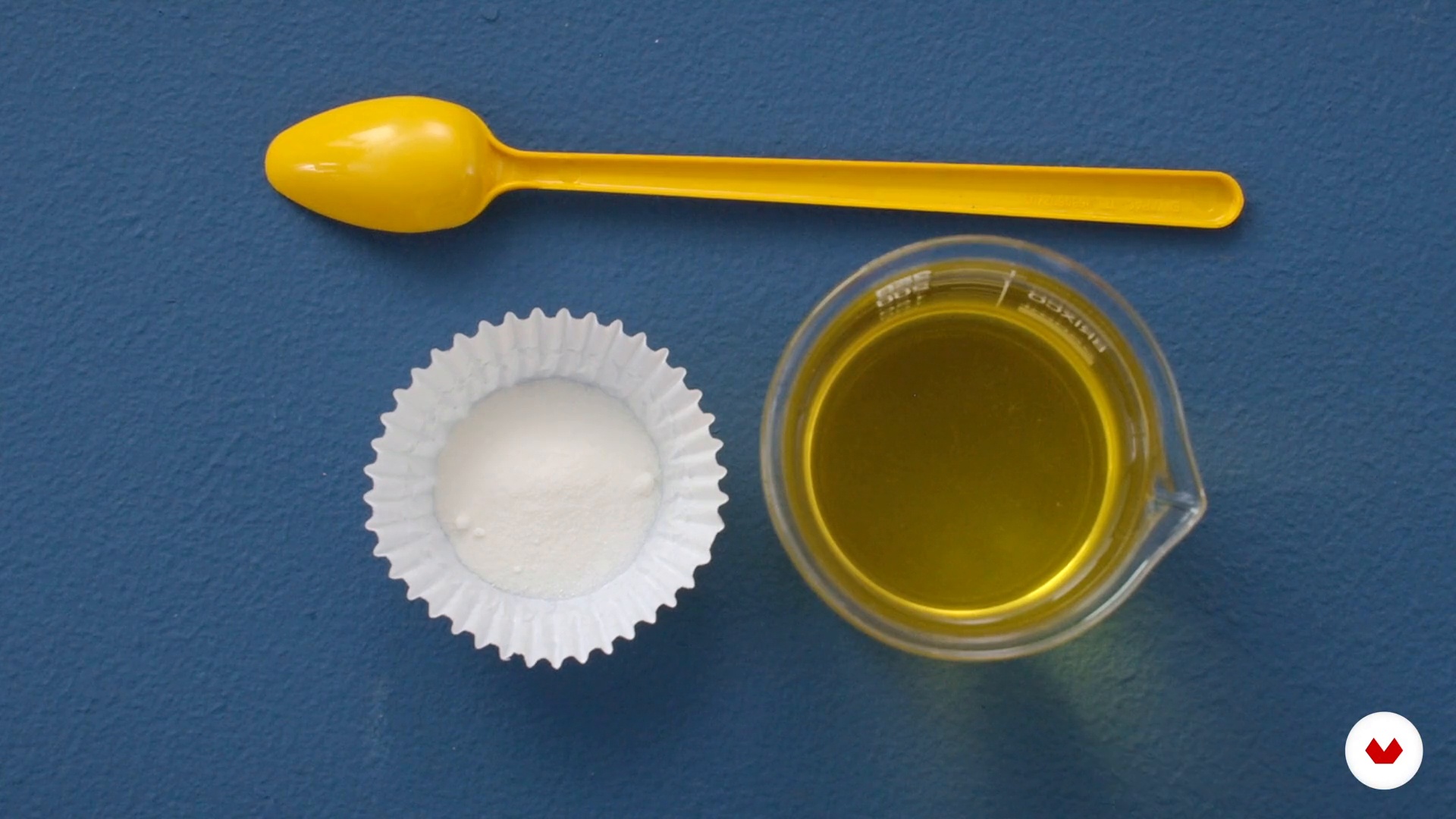
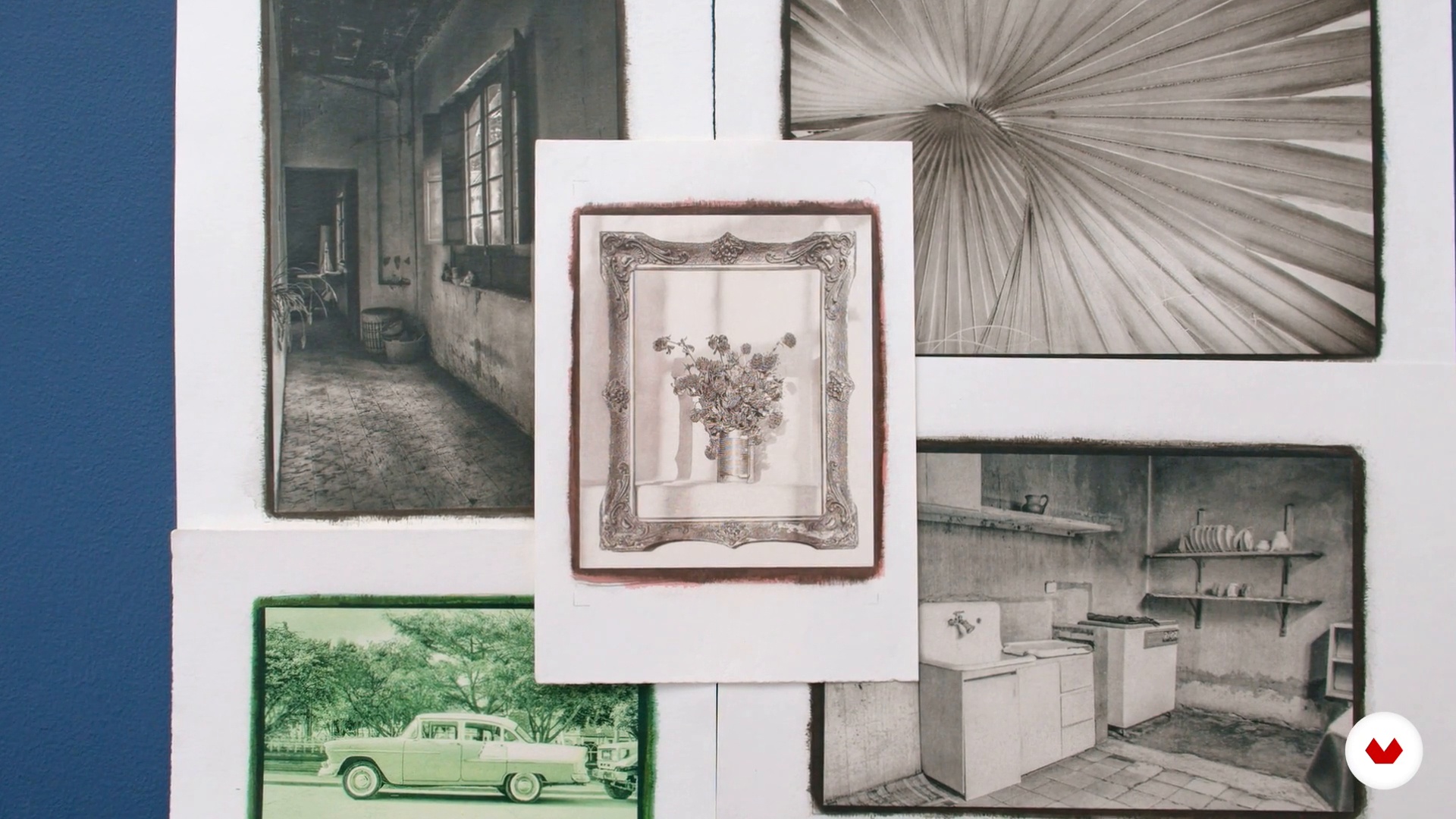
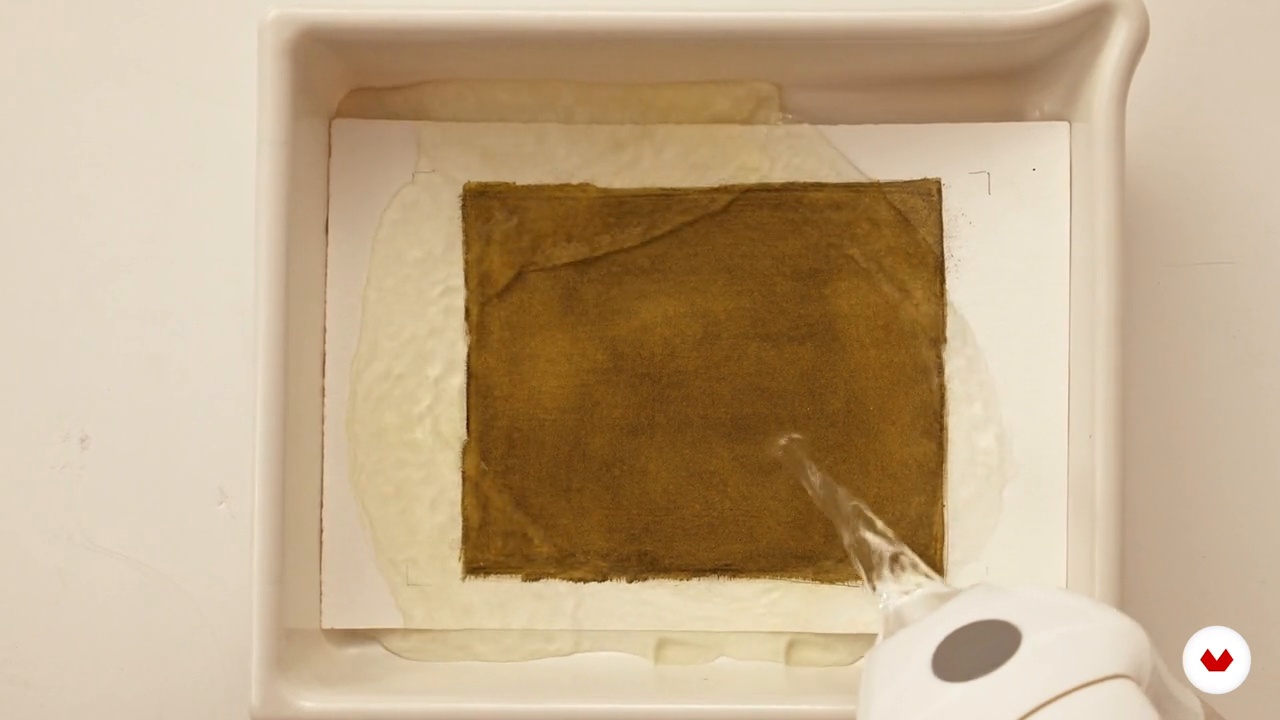
- 100% positive reviews (11)
- 1,877 students
- 79 lessons (11h 8m)
- 104 additional resources (56 files)
- Online and at your own pace
- Audio: Spanish, English
- Spanish · English · Portuguese · German · French · Italian · Polish · Dutch · Turkish
- Level: Beginner
- Unlimited access forever
What is this course's project?
You'll create a personalized composition by applying image transfer techniques to the surface of your choice, exploring materials such as wood, fabric, and ceramics to develop unique projects. You'll learn to master the versatility of manual techniques.
Who is this specialization for?
This course is aimed at artists, designers, and print enthusiasts interested in exploring artisanal transfer and stamping techniques. It's ideal for those looking to personalize creative projects, experiment with new methods, and expand their artistic and visual skills.
Requirements and materials
No extensive prior knowledge is required. You'll need access to basic materials based on your chosen handcrafted printing technique, such as paper, fabrics, photosensitive products, hand-printing tools, and surfaces to experiment and create your compositions.

Reviews
What to expect from this specialization course
-
Learn at your own pace
Enjoy learning from home without a set schedule and with an easy-to-follow method. You set your own pace.
-
Learn from the best professionals
Learn valuable methods and techniques explained by top experts in the creative sector.
-
Meet expert teachers
Each expert teaches what they do best, with clear guidelines, true passion, and professional insight in every lesson.
-
Certificates
PlusIf you're a Plus member, get a custom certificate for every specialization course. Share it on your portfolio, social media, or wherever you like.
-
Get front-row seats
Videos of the highest quality, so you don't miss a single detail. With unlimited access, you can watch them as many times as you need to perfect your technique.
-
Share knowledge and ideas
Ask questions, request feedback, or offer solutions. Share your learning experience with other students in the community who are as passionate about creativity as you are.
-
Connect with a global creative community
The community is home to millions of people from around the world who are curious and passionate about exploring and expressing their creativity.
-
Watch professionally produced courses
Domestika curates its teacher roster and produces every course in-house to ensure a high-quality online learning experience.
FAQs
What are Domestika's online courses?
Domestika courses are online classes that allow you to learn new skills and create incredible projects. All our courses include the opportunity to share your work with other students and/or teachers, creating an active learning community. We offer different formats:
Original Courses: Complete classes that combine videos, texts, and educational materials to complete a specific project from start to finish.
Basics Courses: Specialized training where you master specific software tools step by step.
Specialization Courses: Learning paths with various expert teachers on the same topic, perfect for becoming a specialist by learning from different approaches.
Guided Courses: Practical experiences ideal for directly acquiring specific skills.
Intensive Courses (Deep Dives): New creative processes based on artificial intelligence tools in an accessible format for in-depth and dynamic understanding.
When do the specialization courses start and when do they finish?
All specialization courses are 100% online, so once they're published, specialization courses start and finish whenever you want. You set the pace of the class. You can go back to review what interests you most and skip what you already know, ask questions, answer questions, share your projects, and more.
What do Domestika's specialization courses include?
The specialization courses are divided into different modules. Each one includes lessons, informational text, tasks, and practice exercises to help you carry out your project step by step, with additional complementary resources and downloads. You'll also have access to an exclusive forum where you can interact with other students, as well as share your work and your final project, creating a community around the specialization courses.
Have you been given a specialization courses?
You can redeem the specialization courses you received by accessing the redeeming page and entering your gift code.






A very useful course for creating your own art projects and learning new art techniques.
Muy bueno, me ha gustado mucho!!
ótimo!
eXCELENTE CURSO, MUY COMPLETO y con explicaciones claras
Una variedad interesante de técnicas creativas